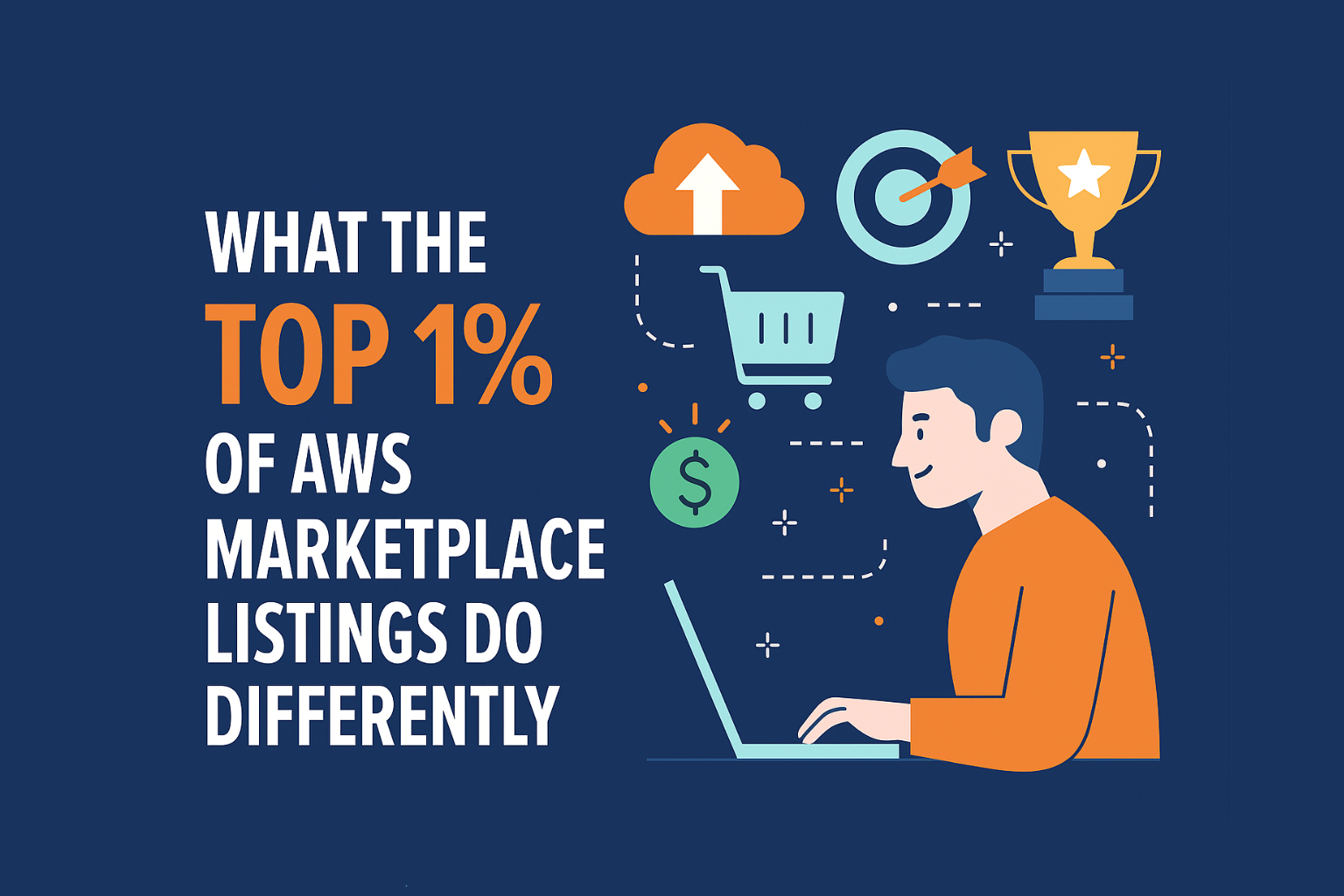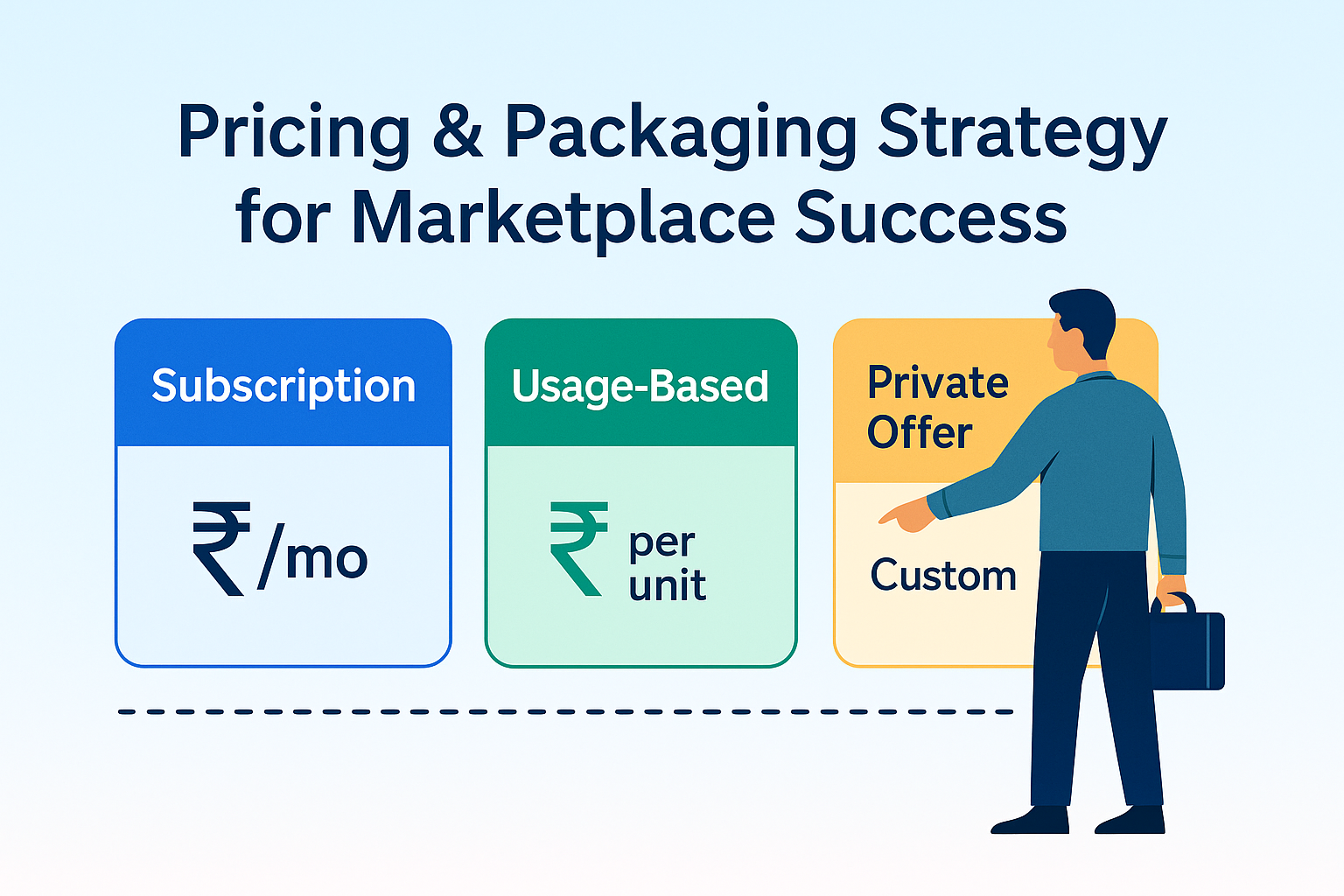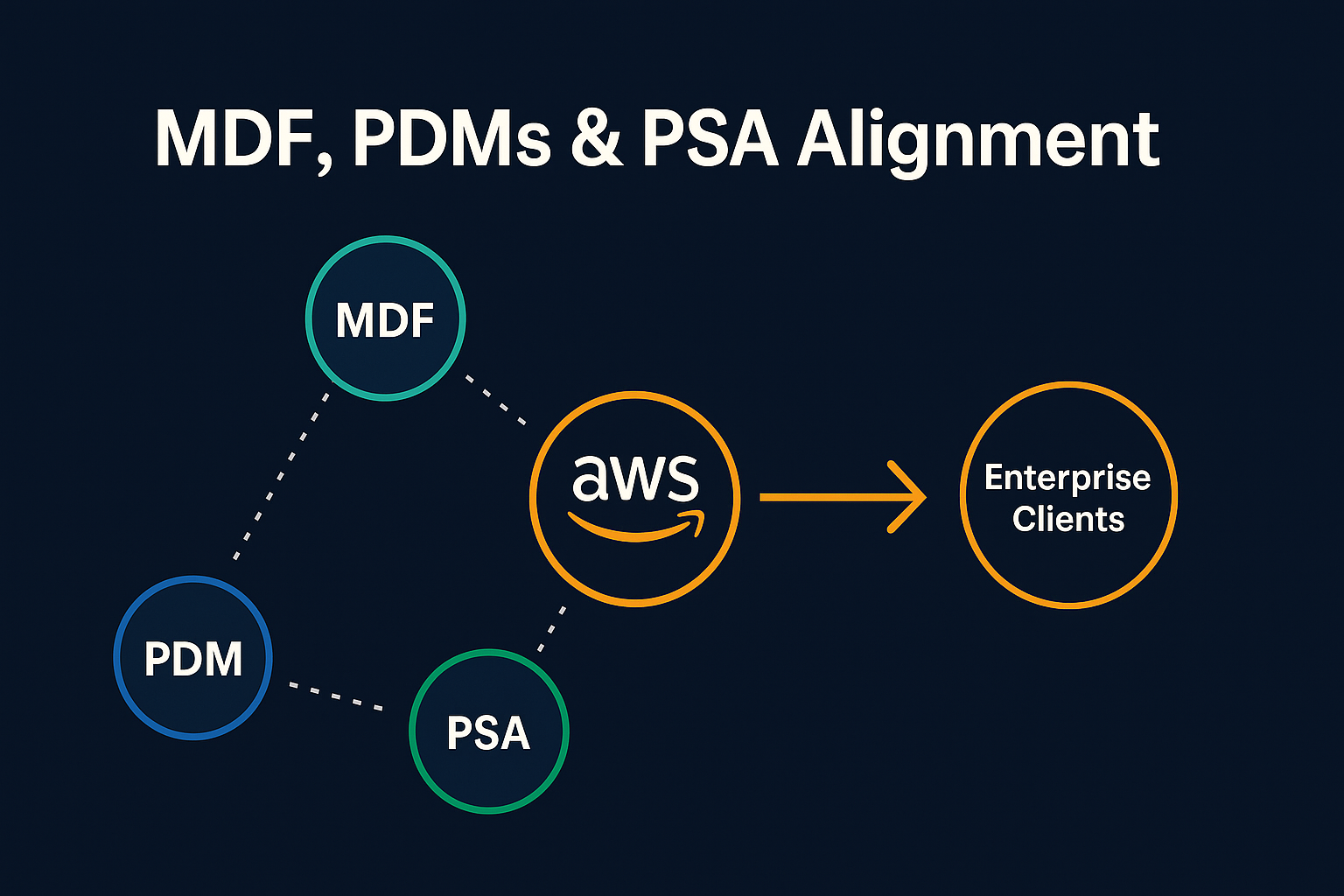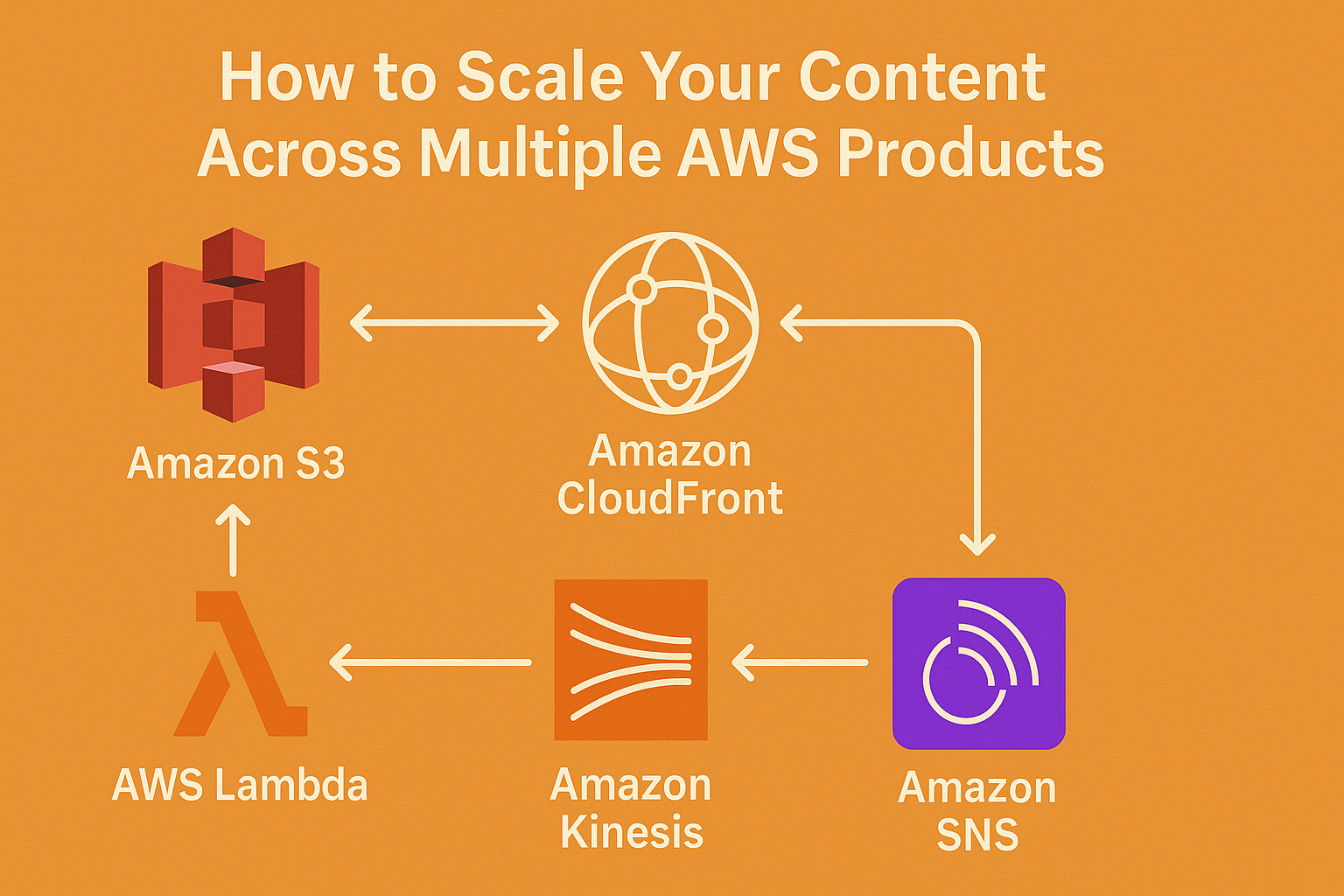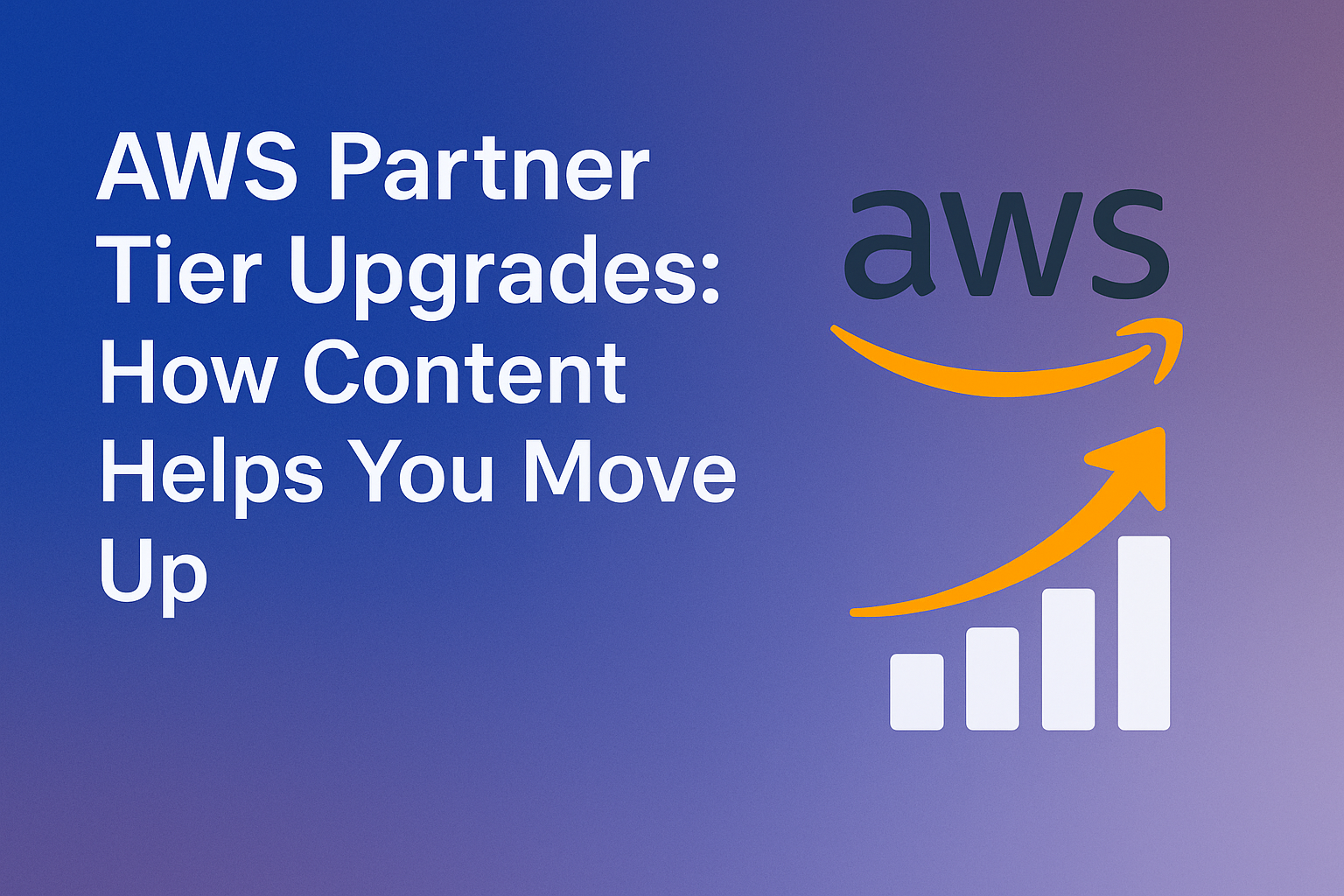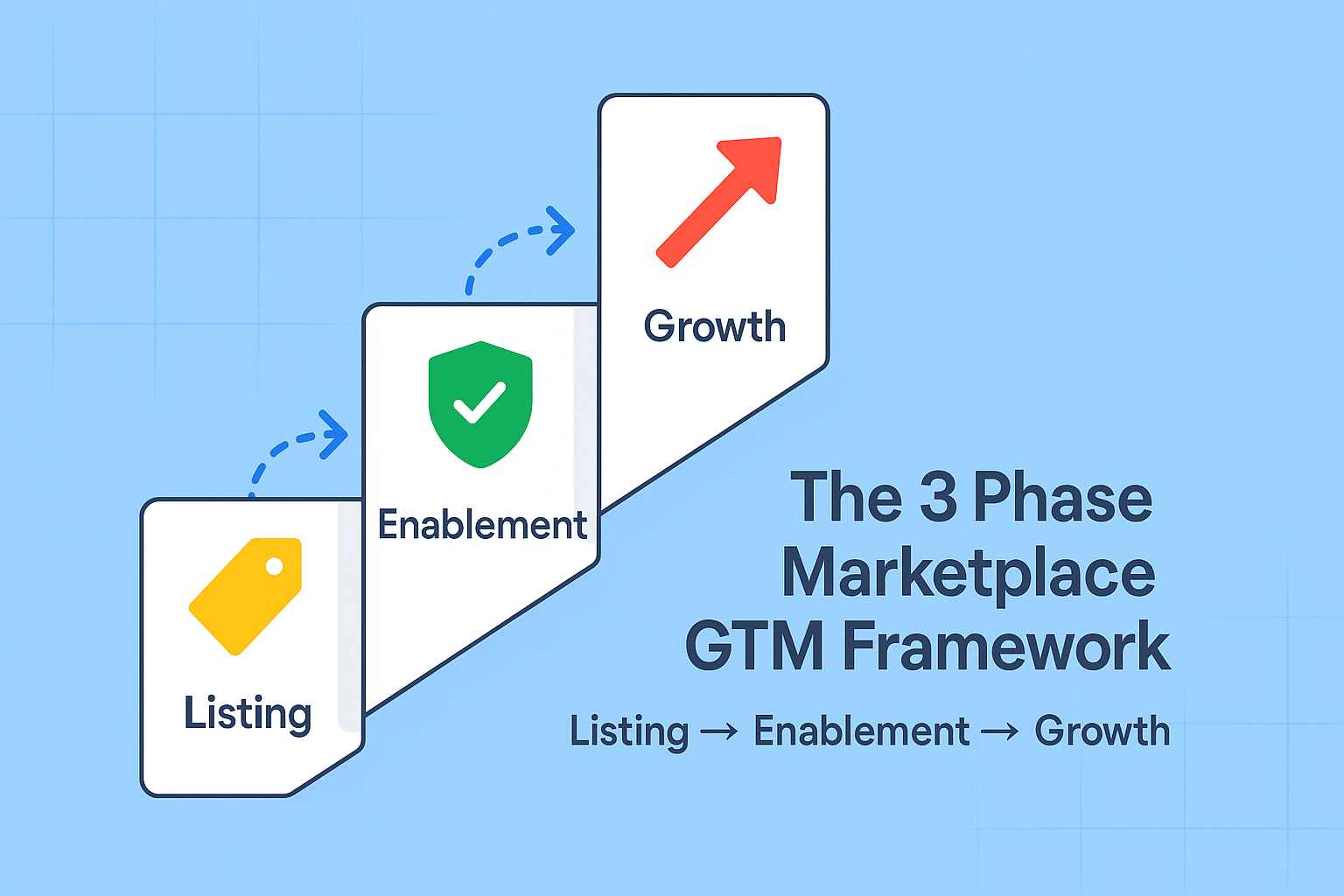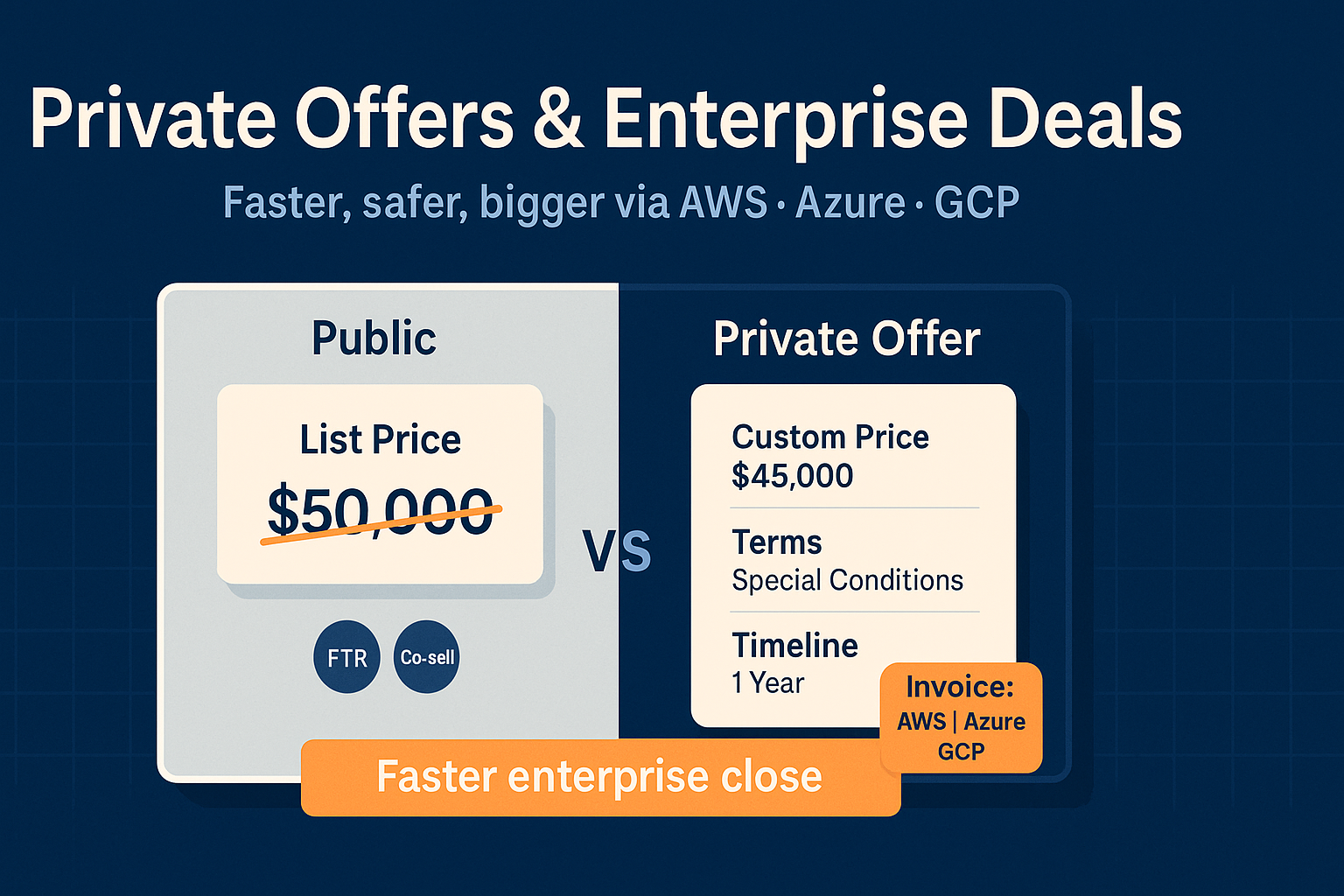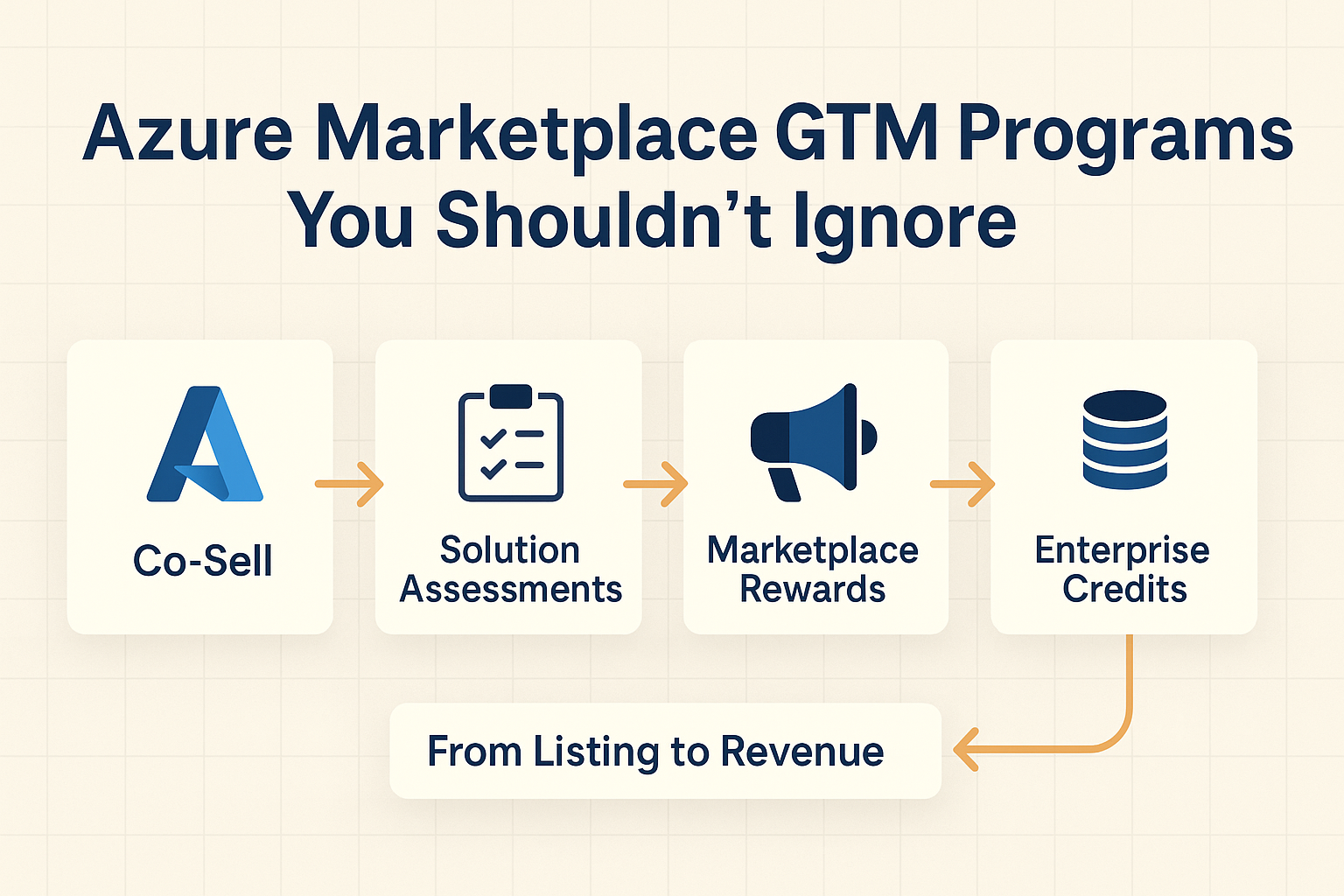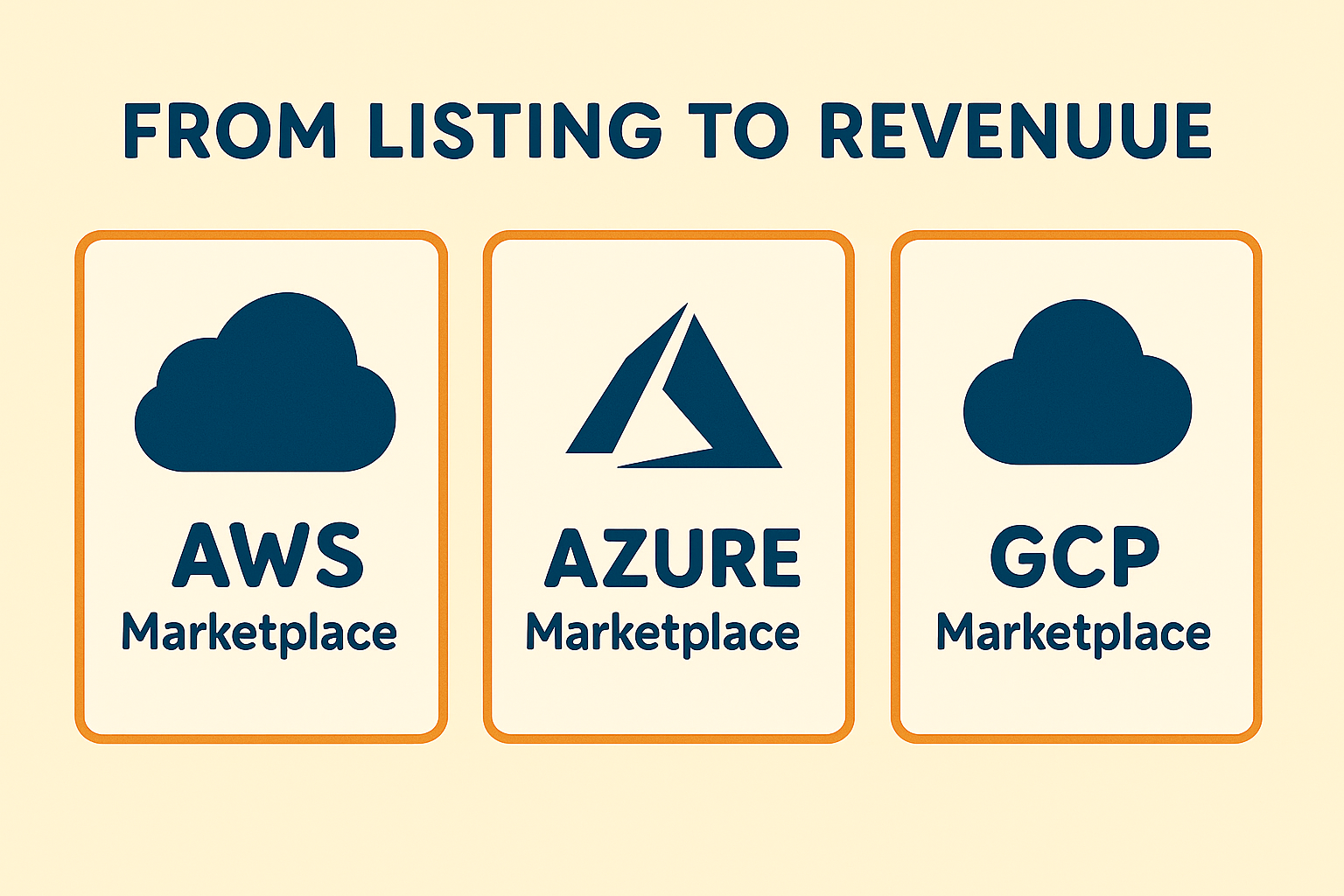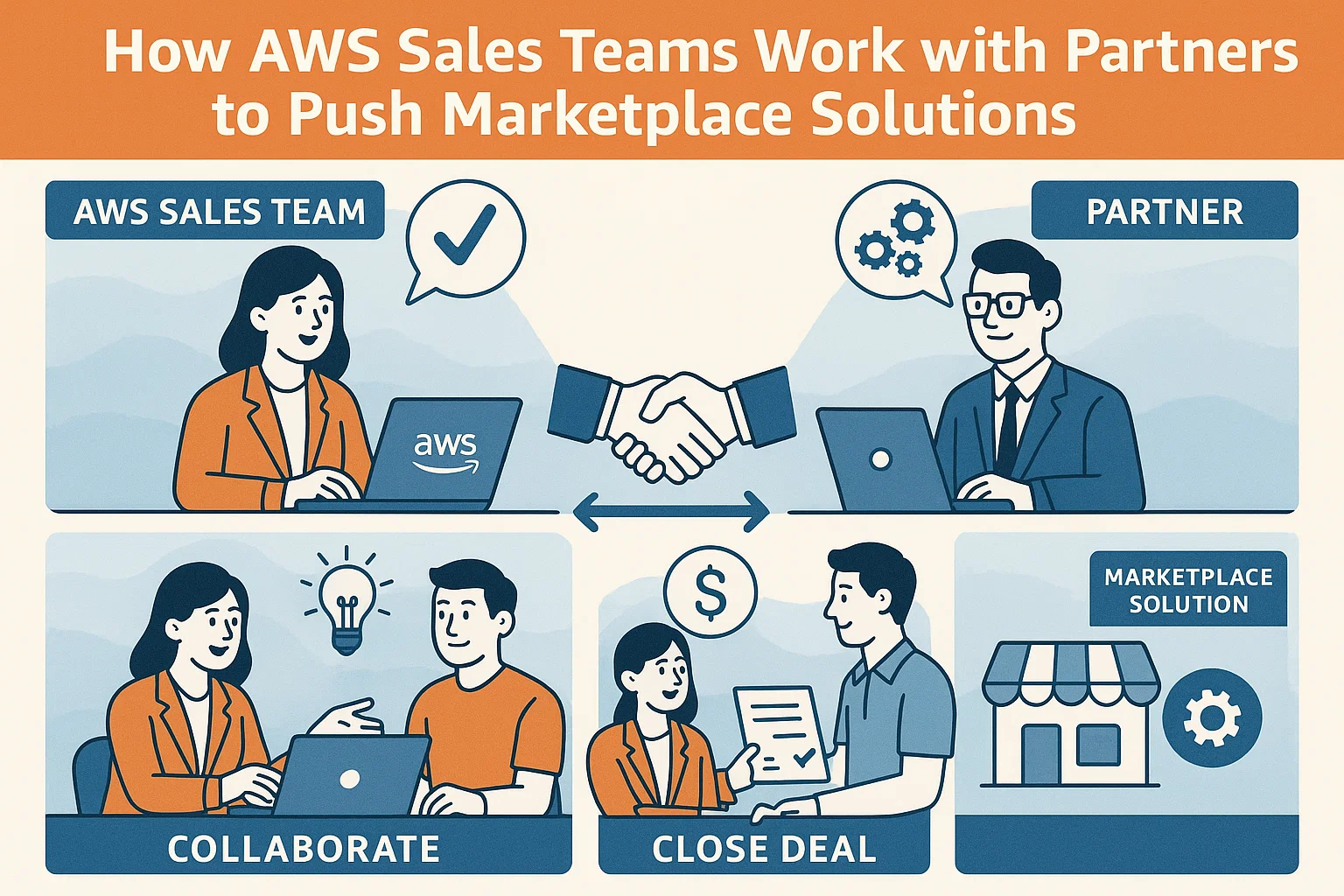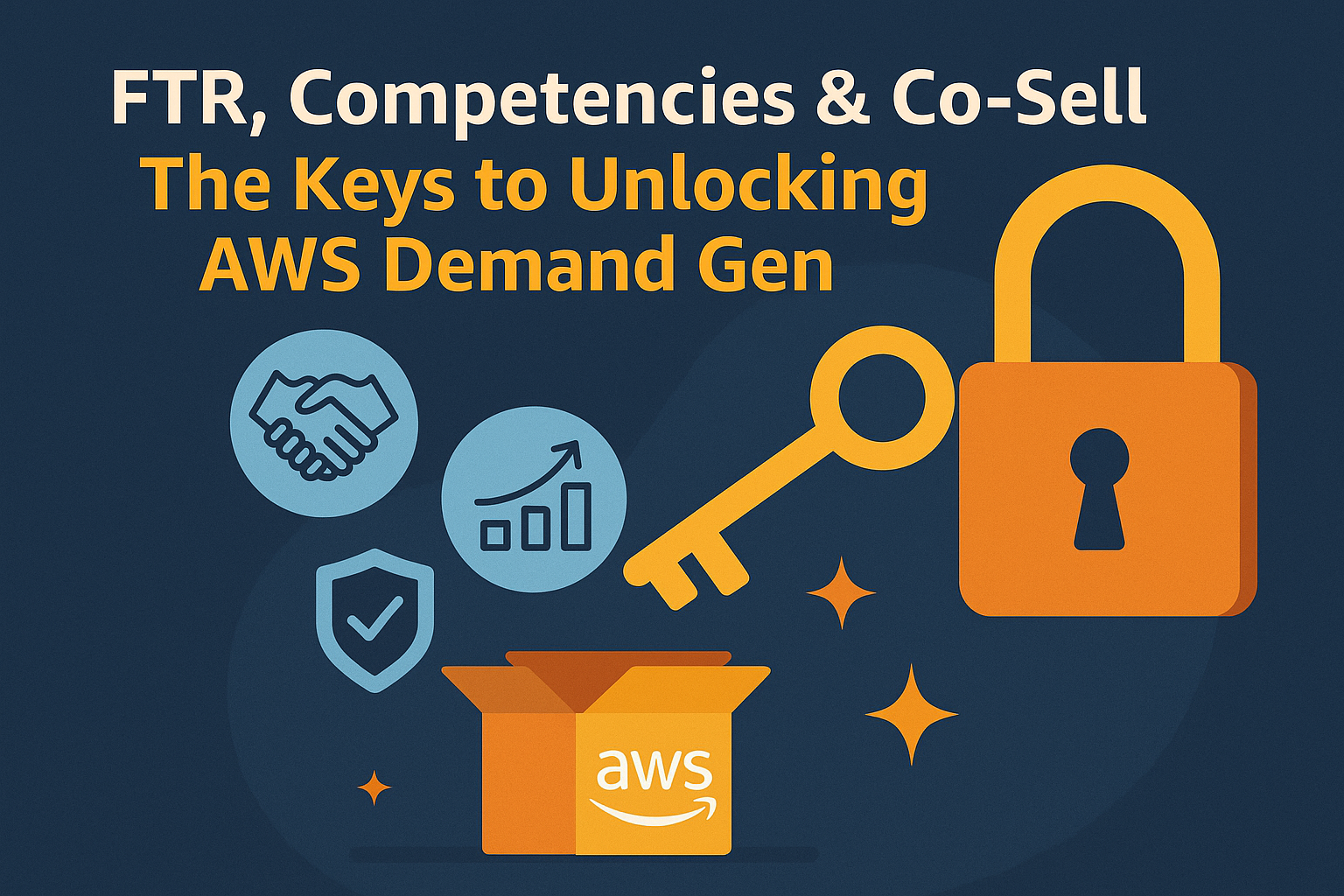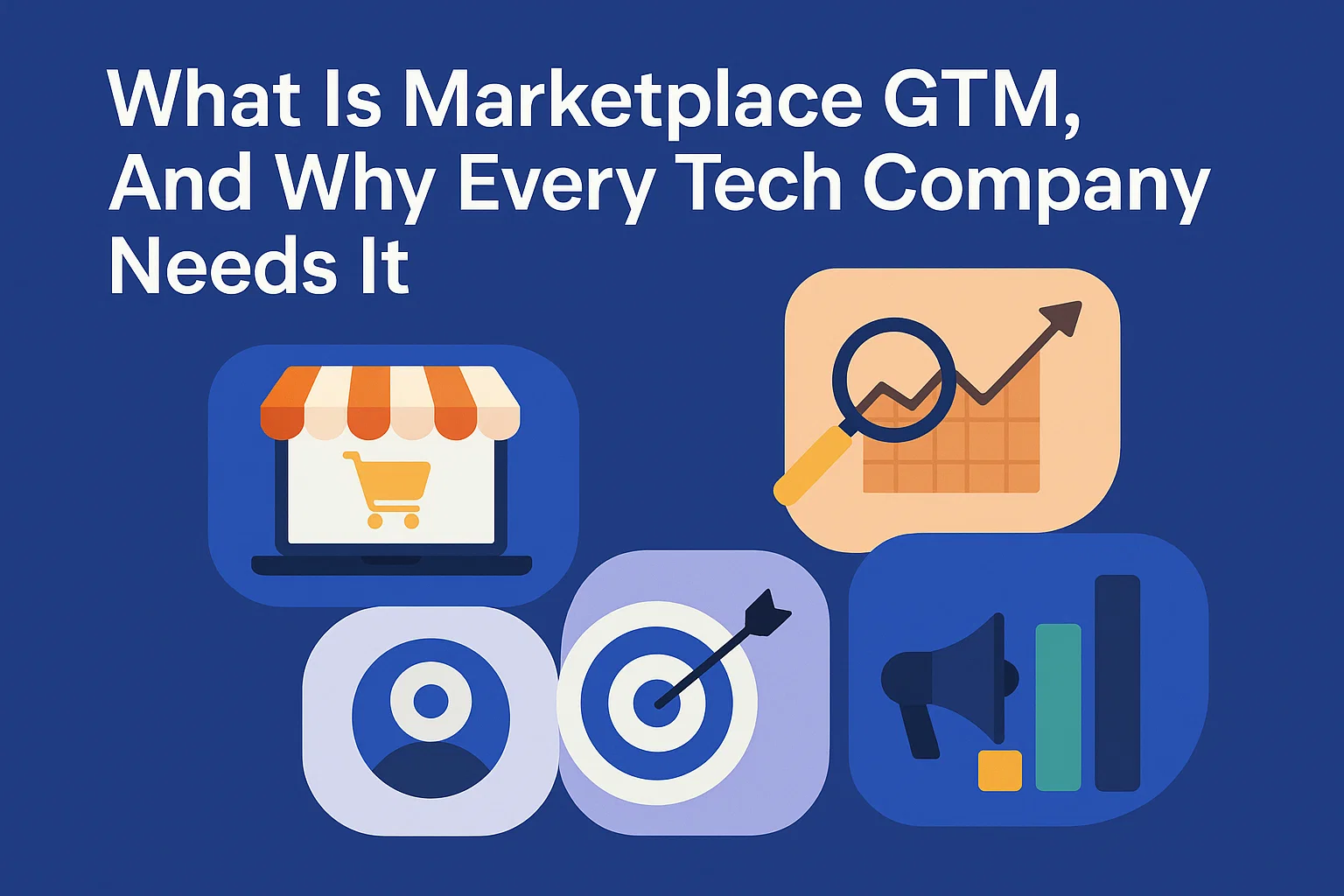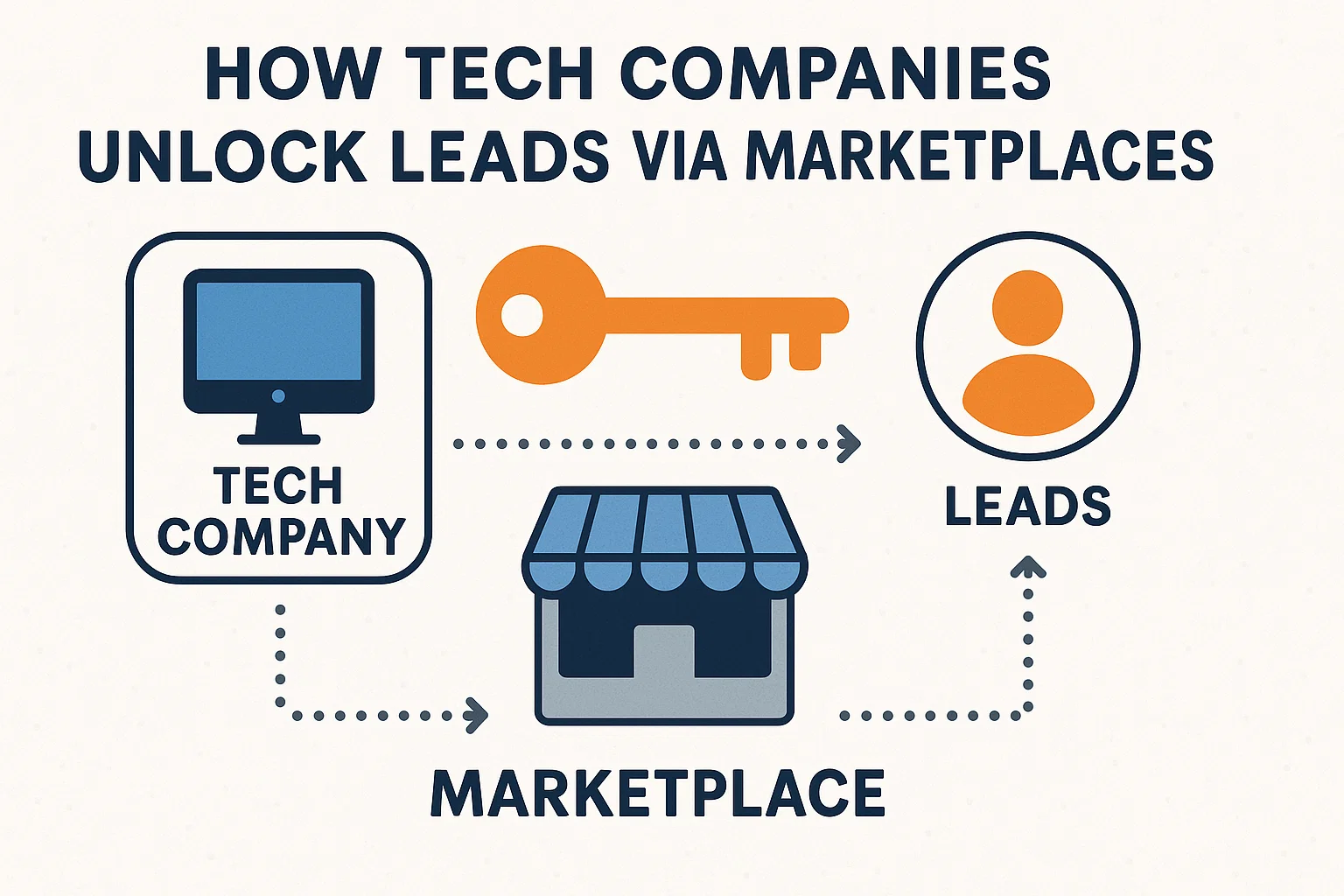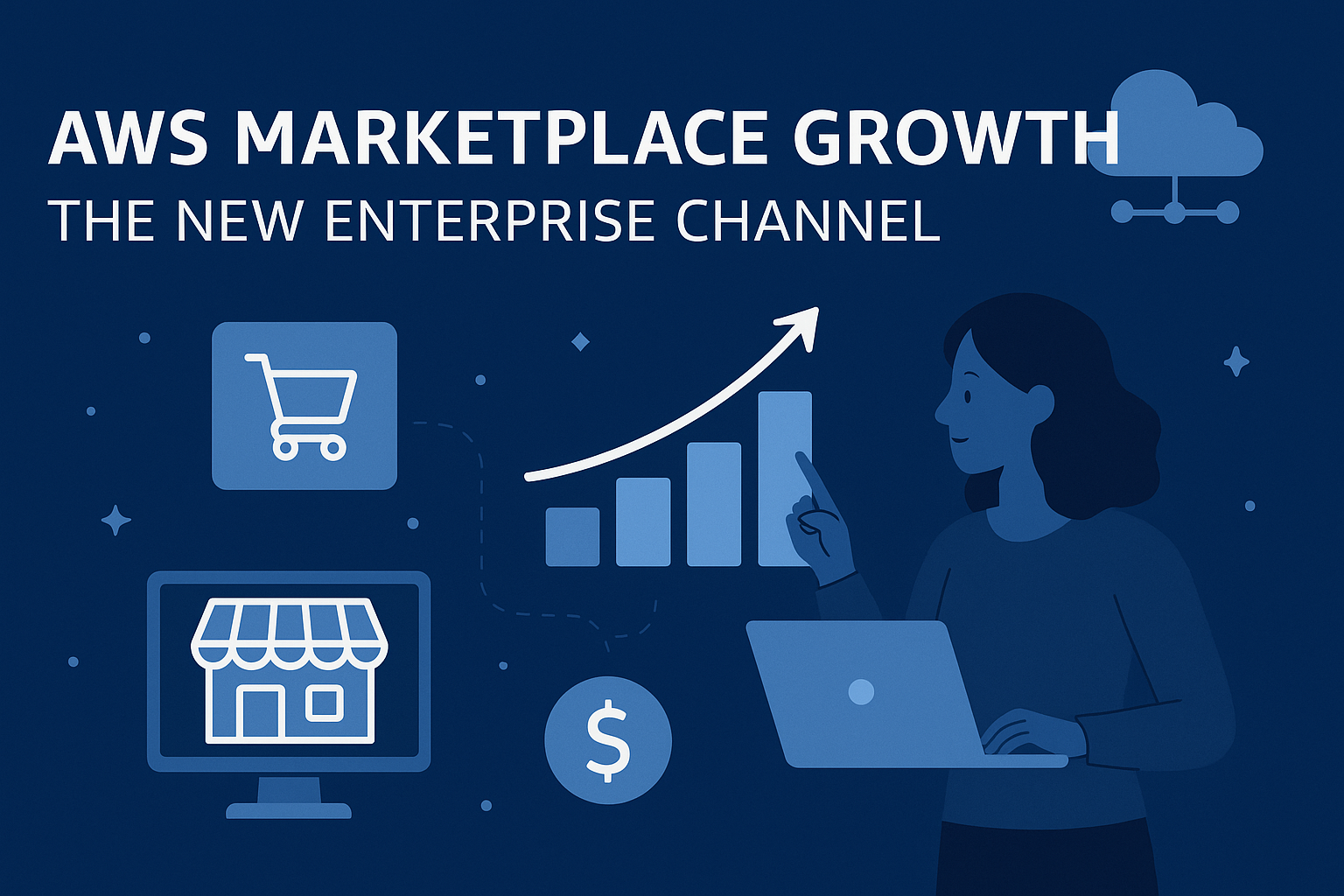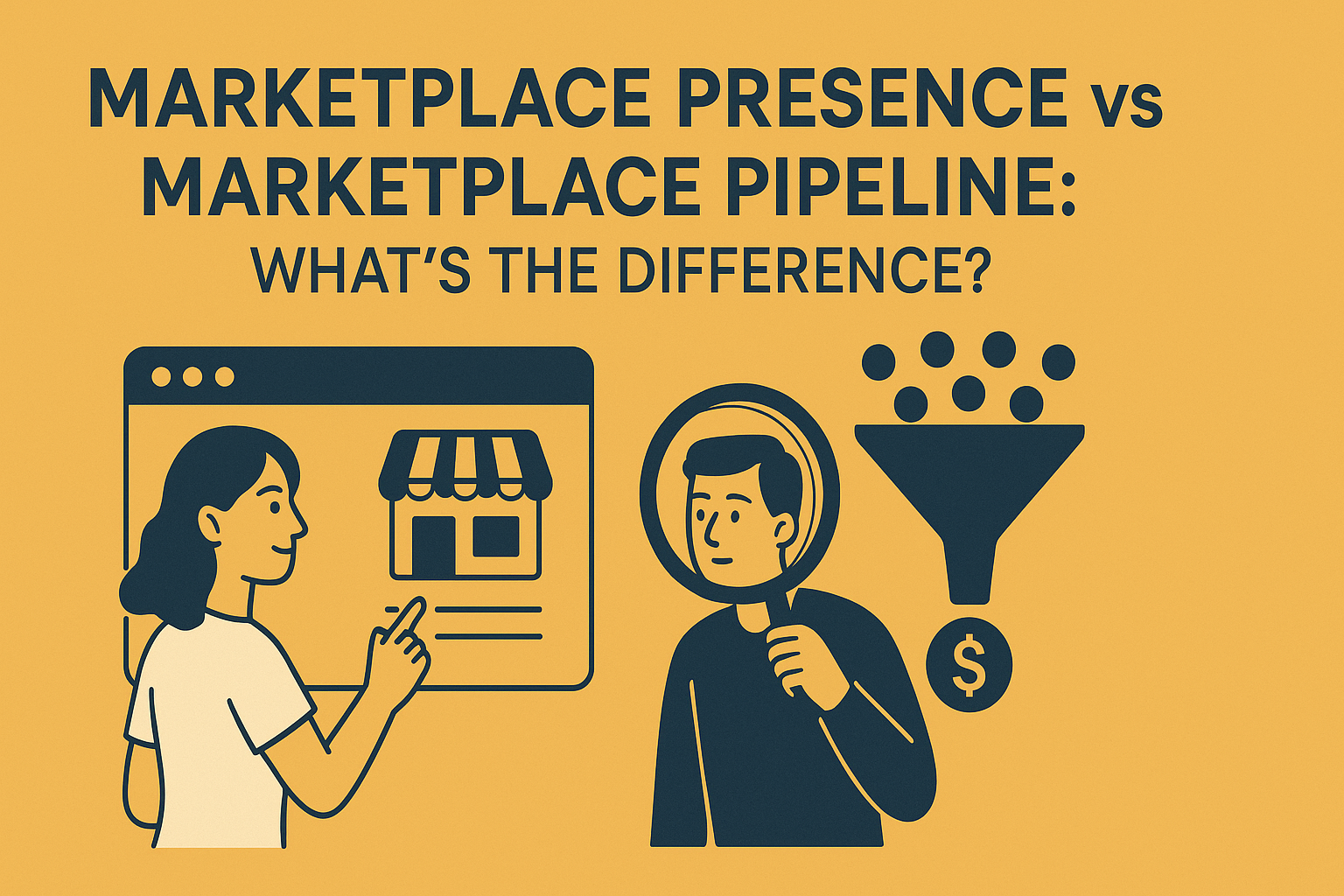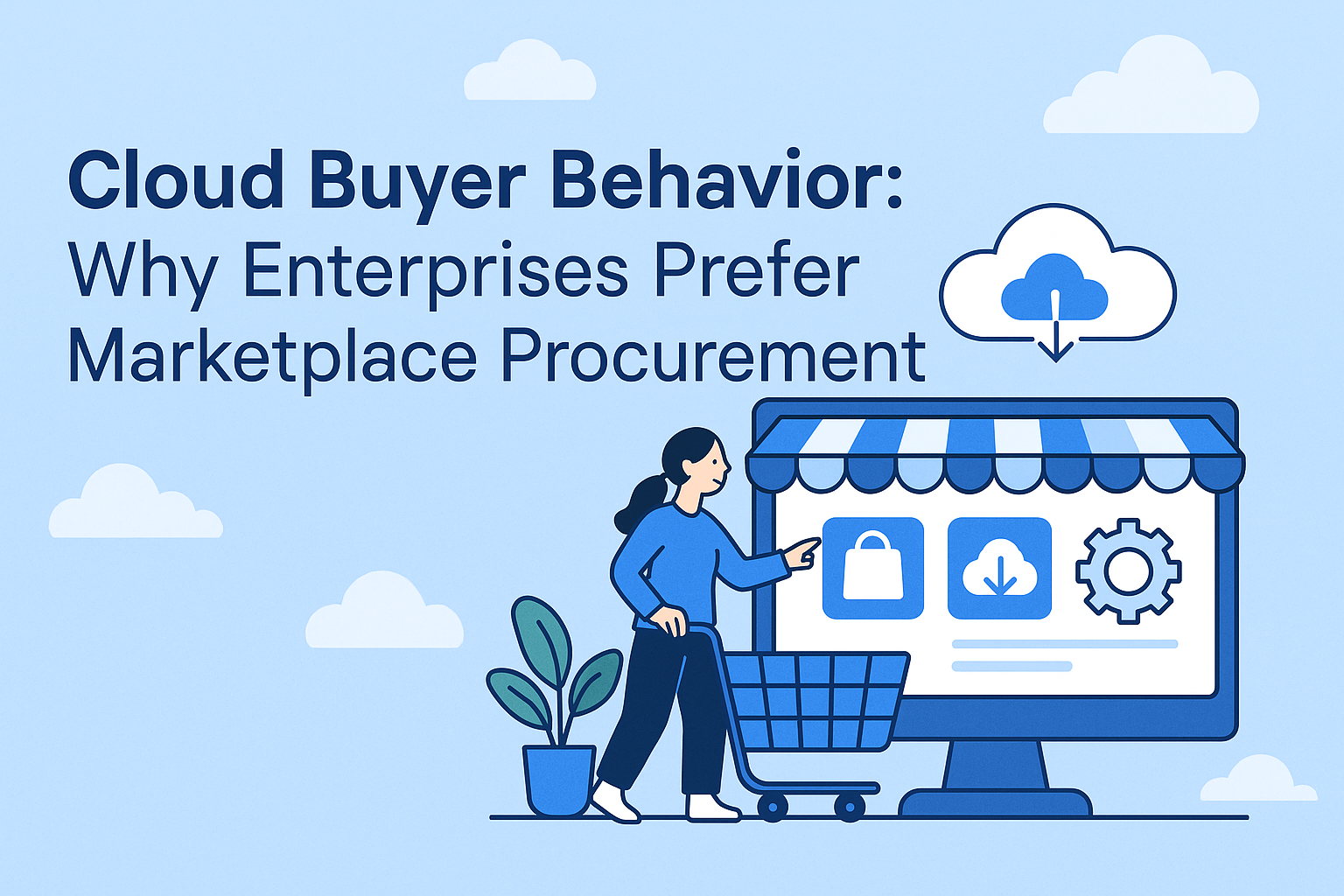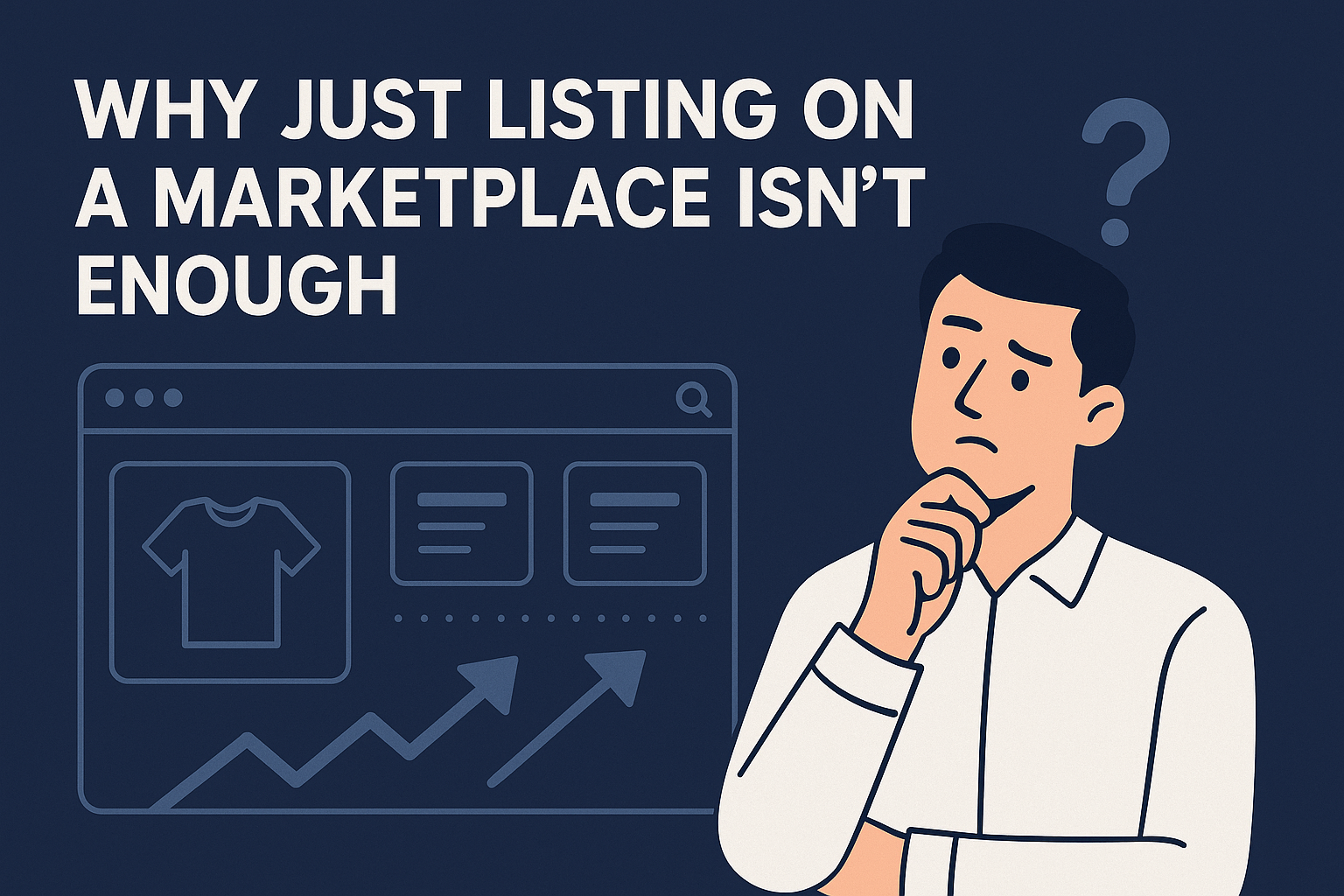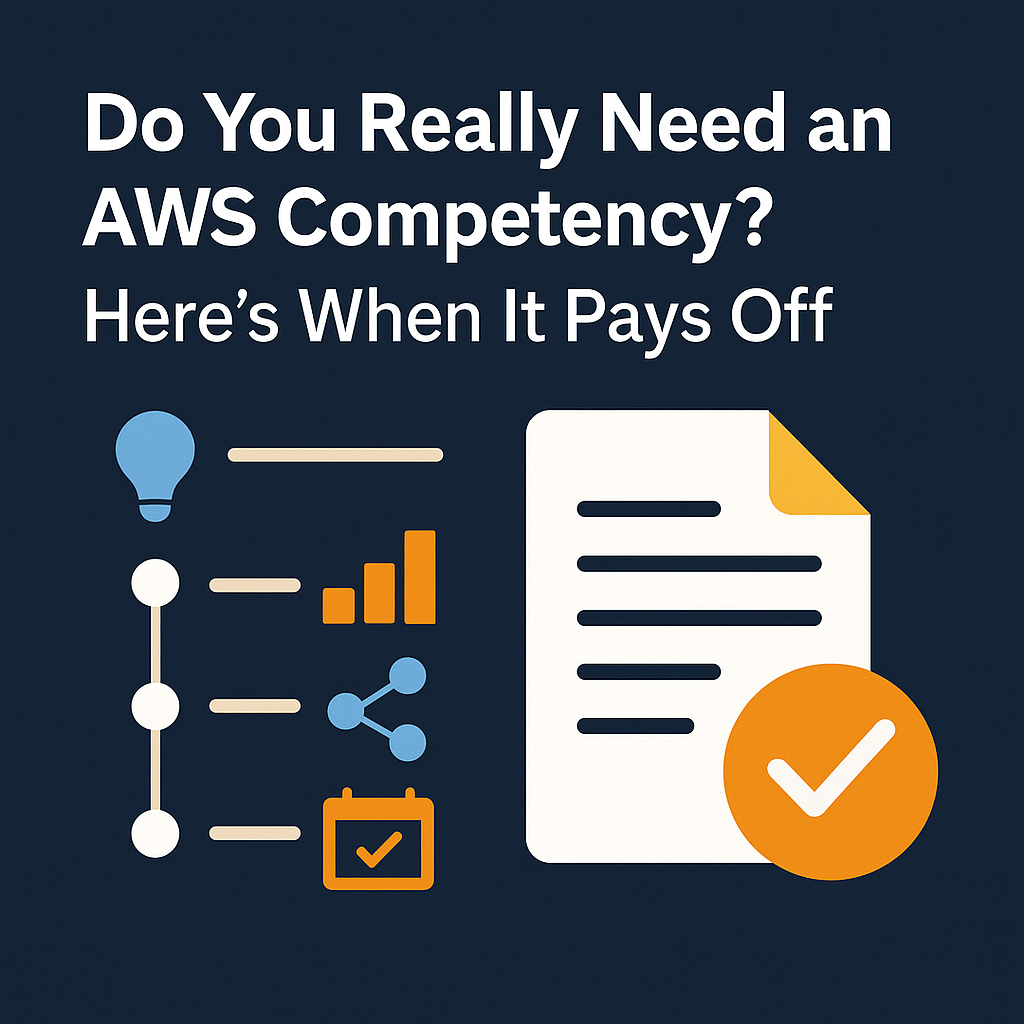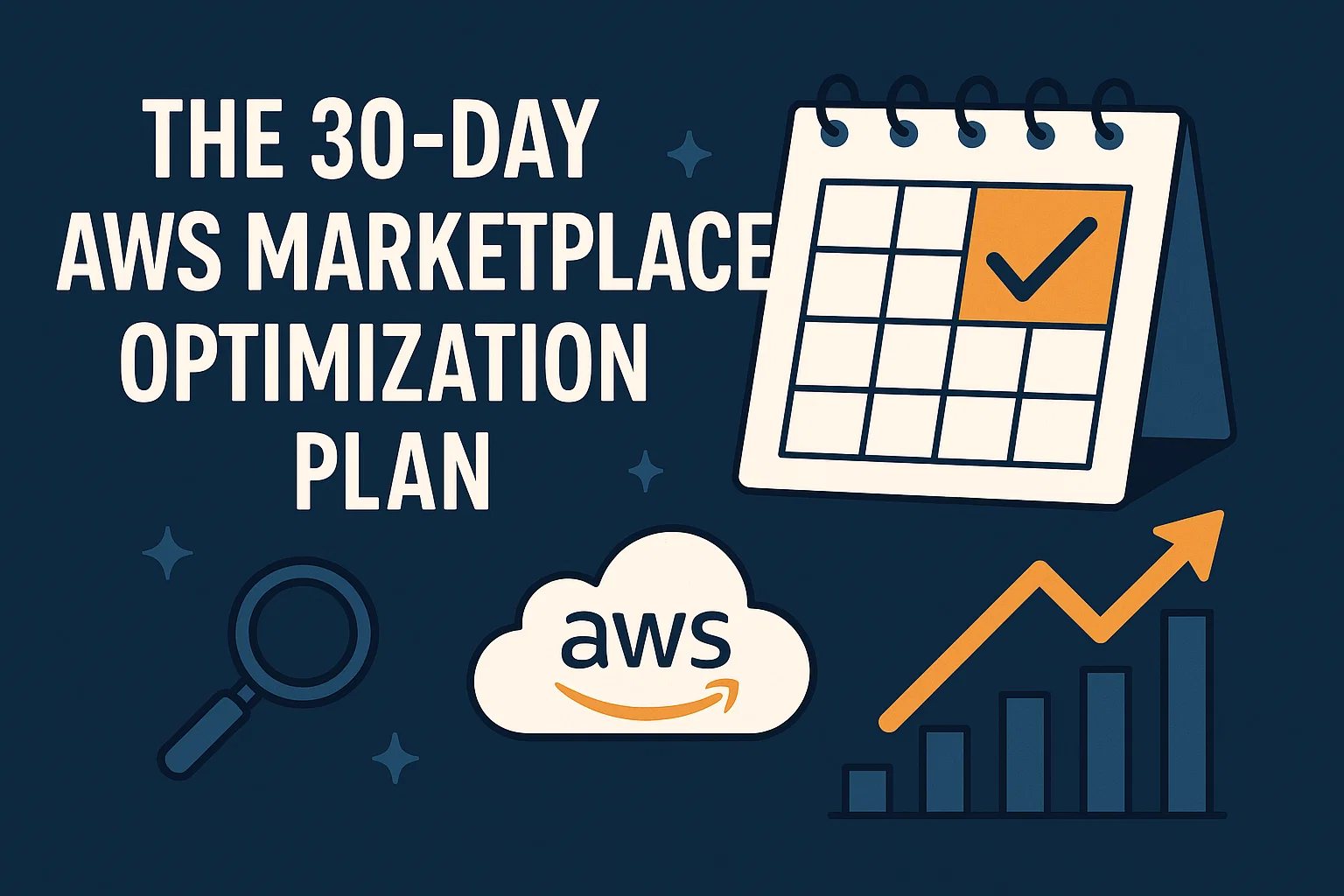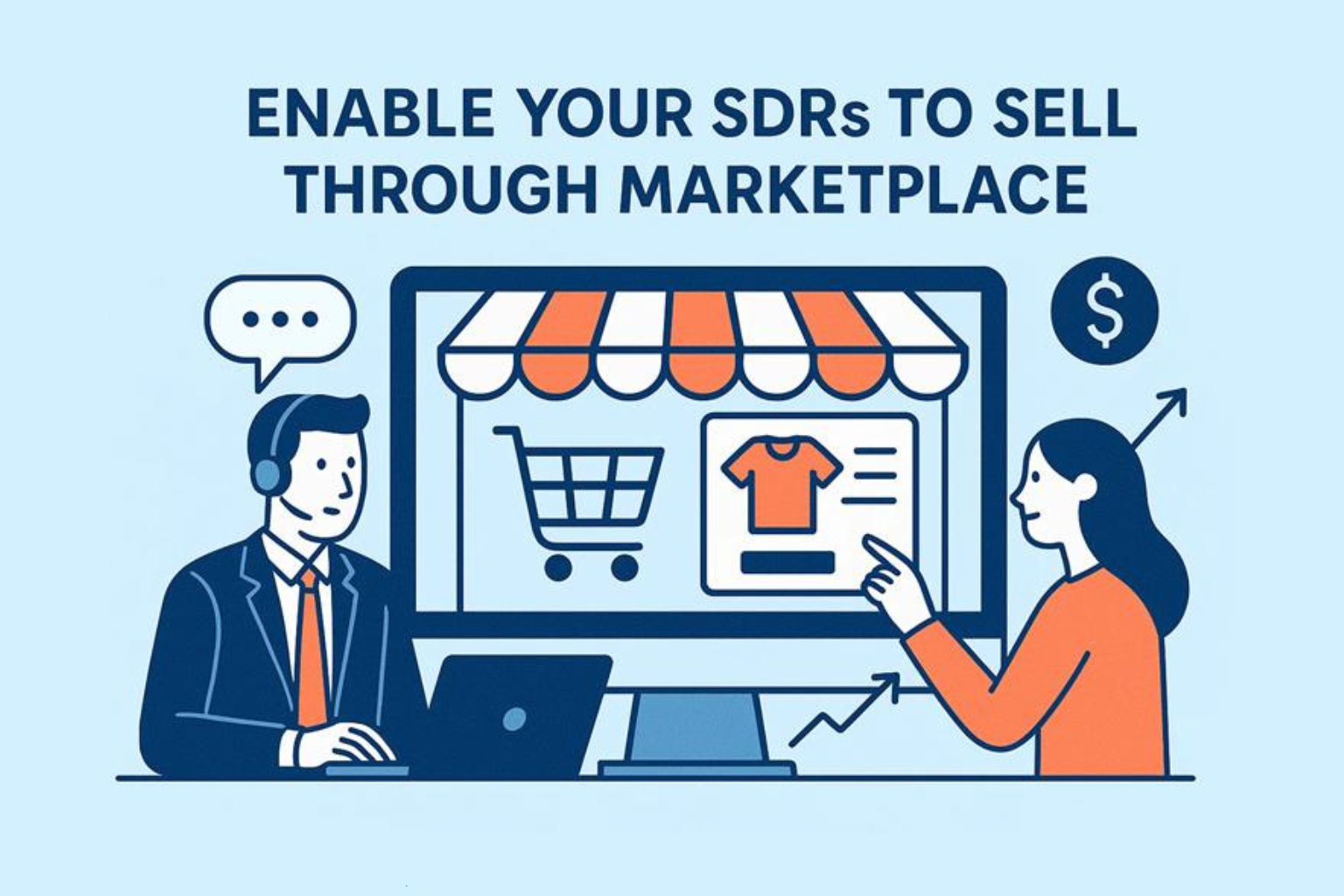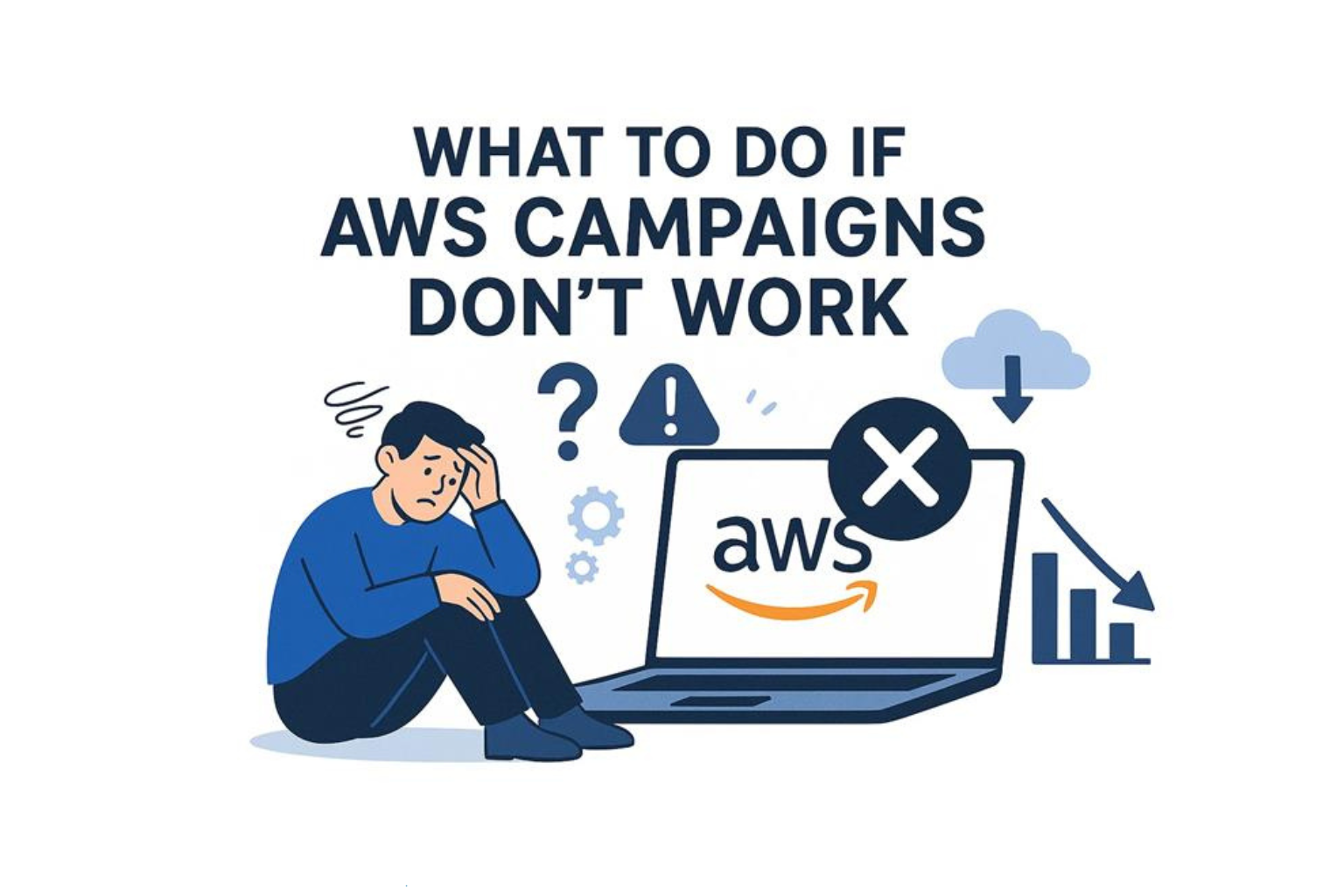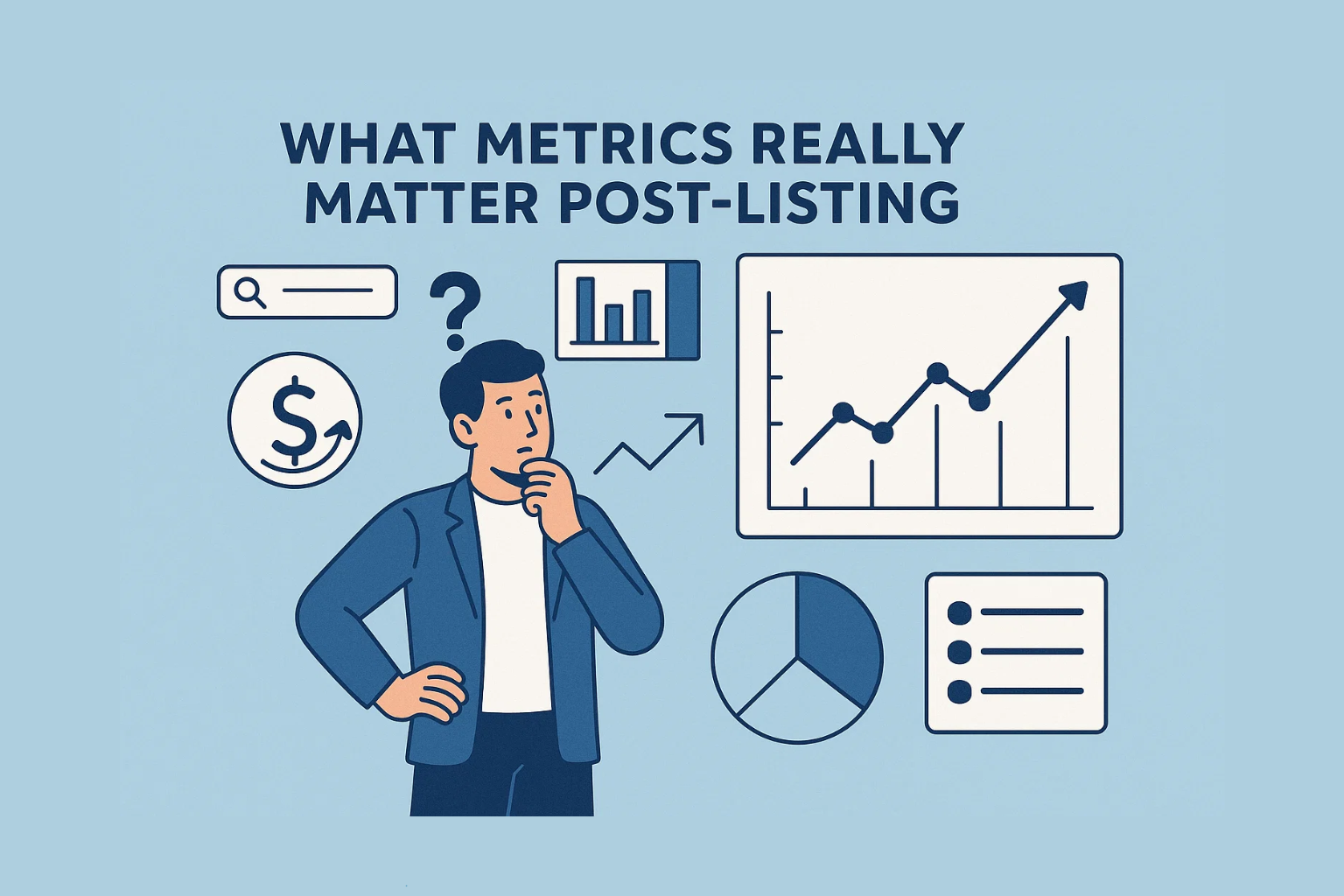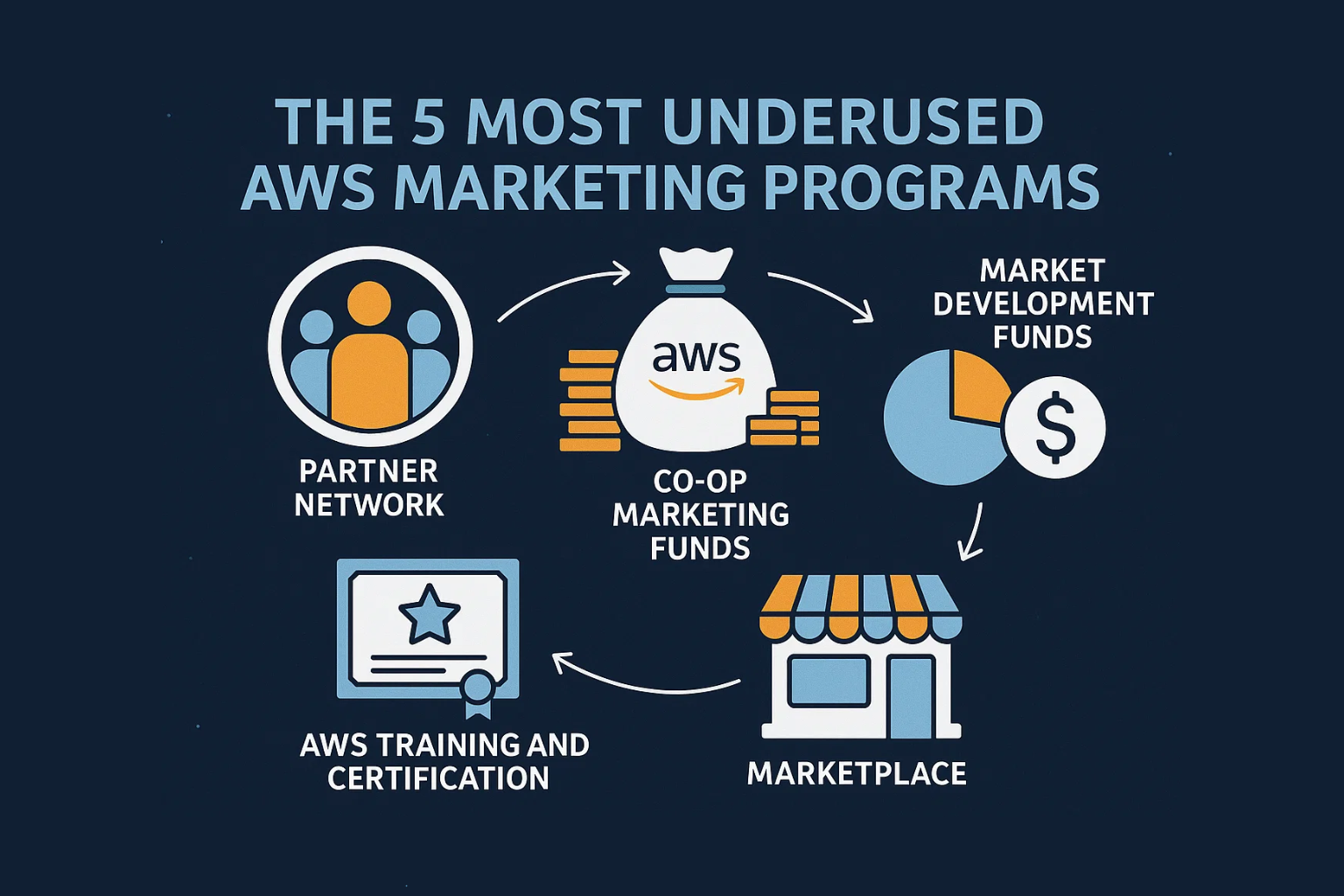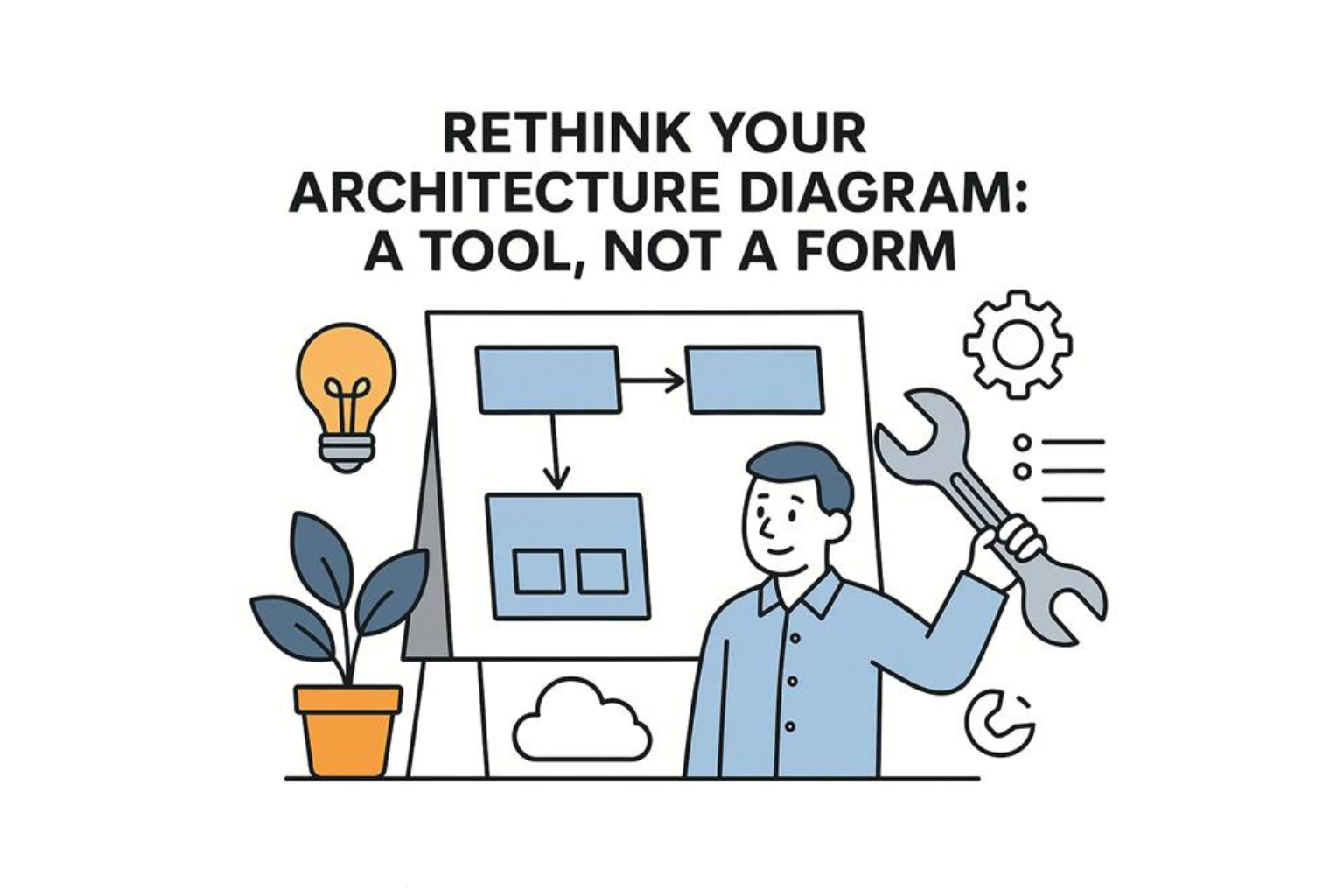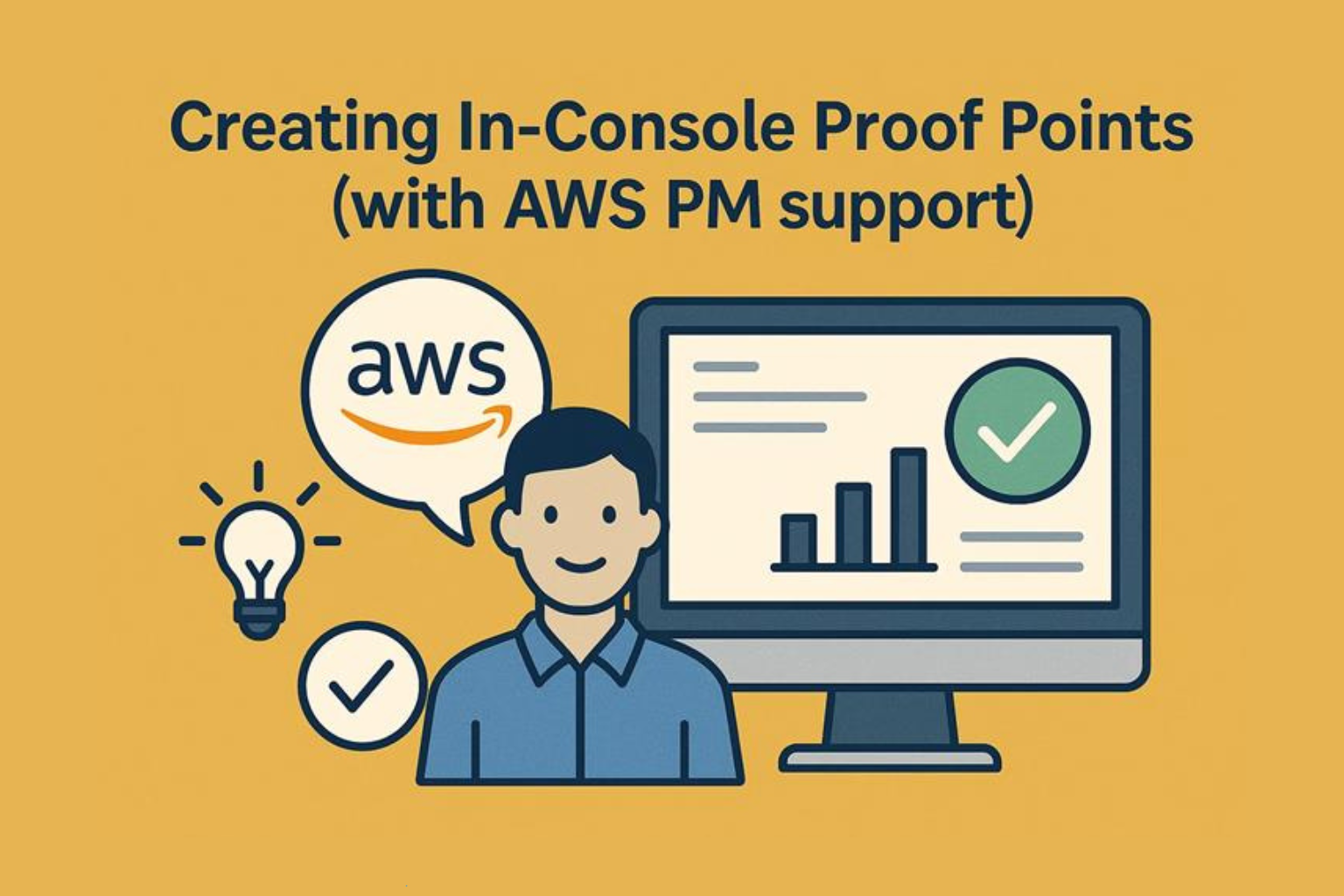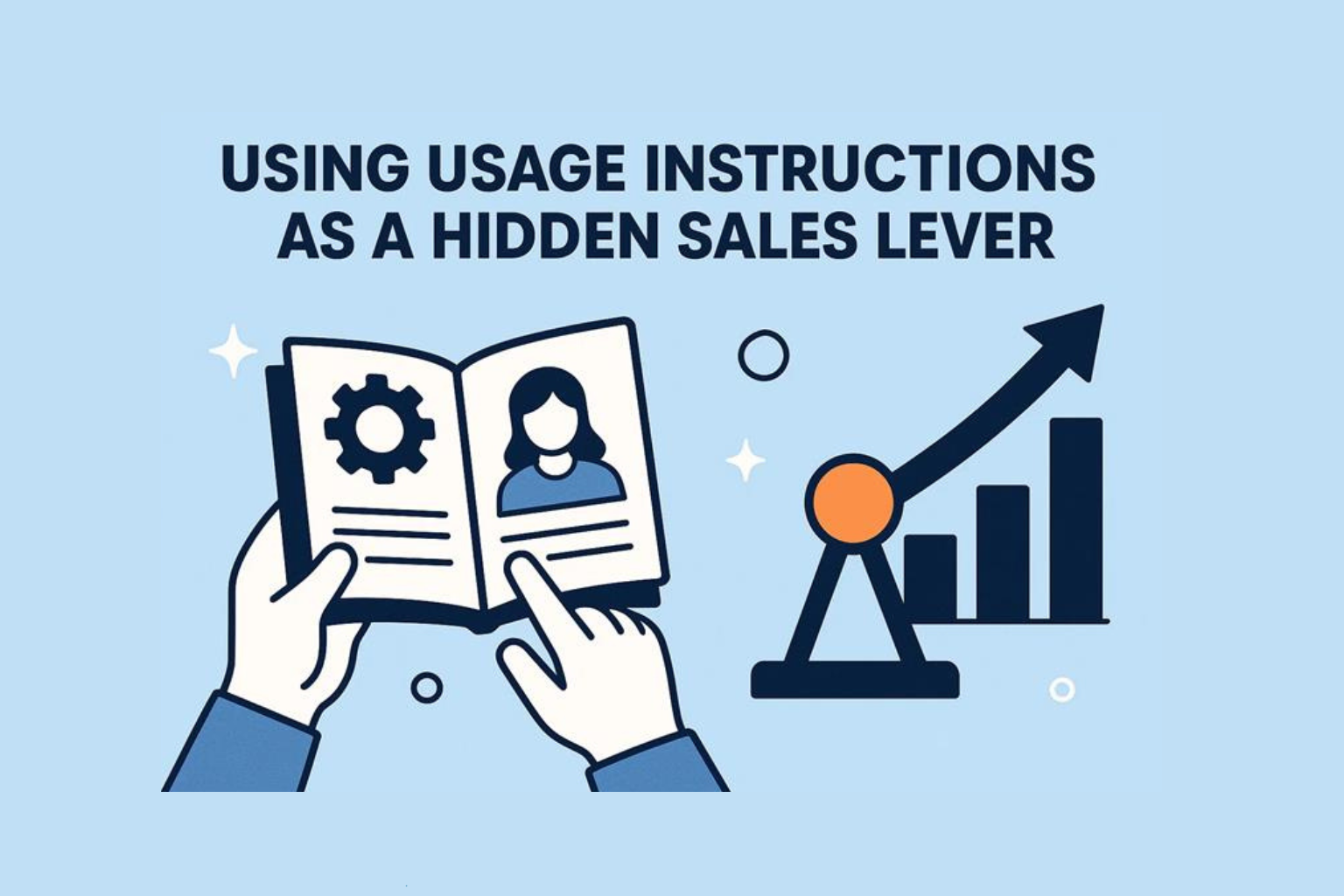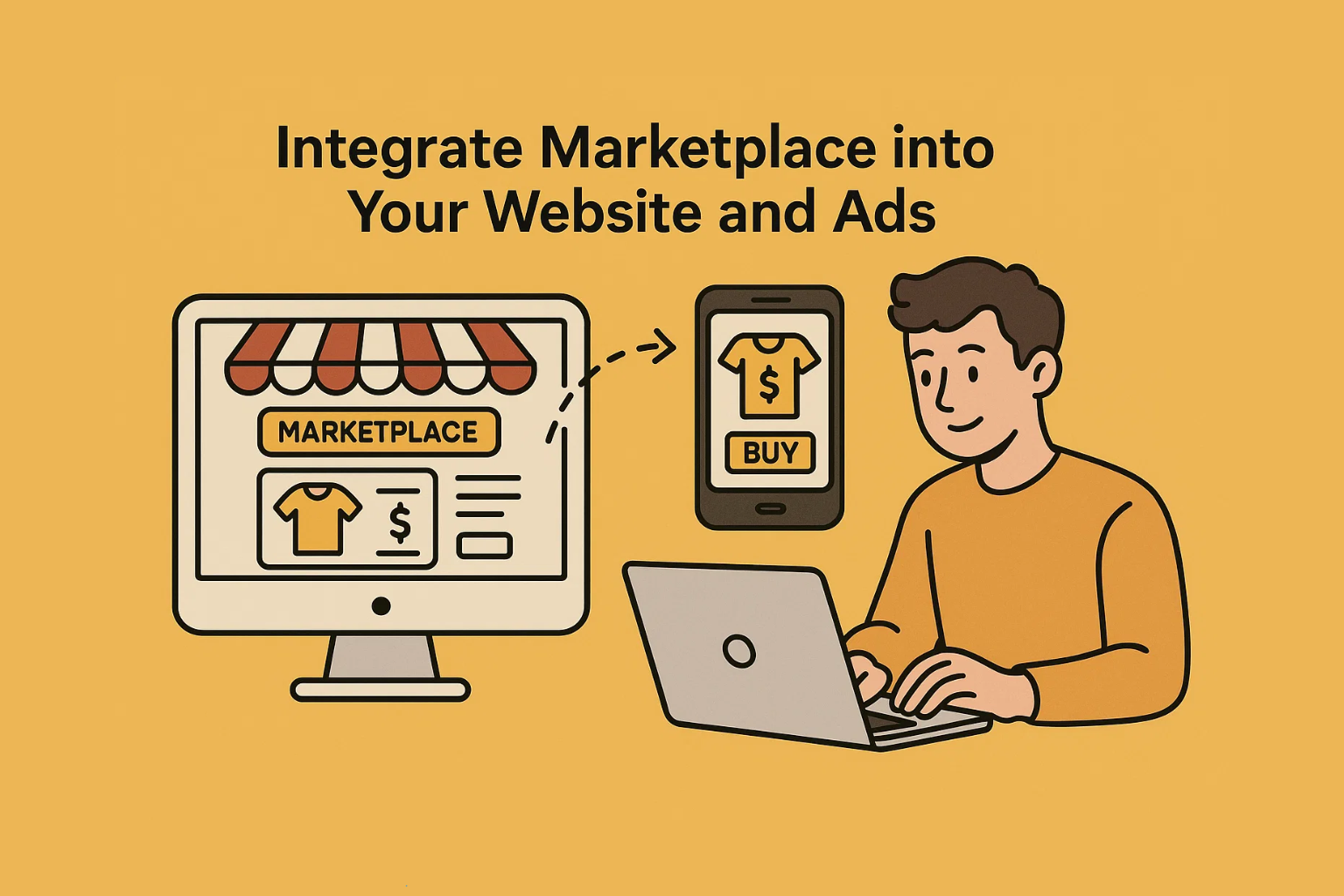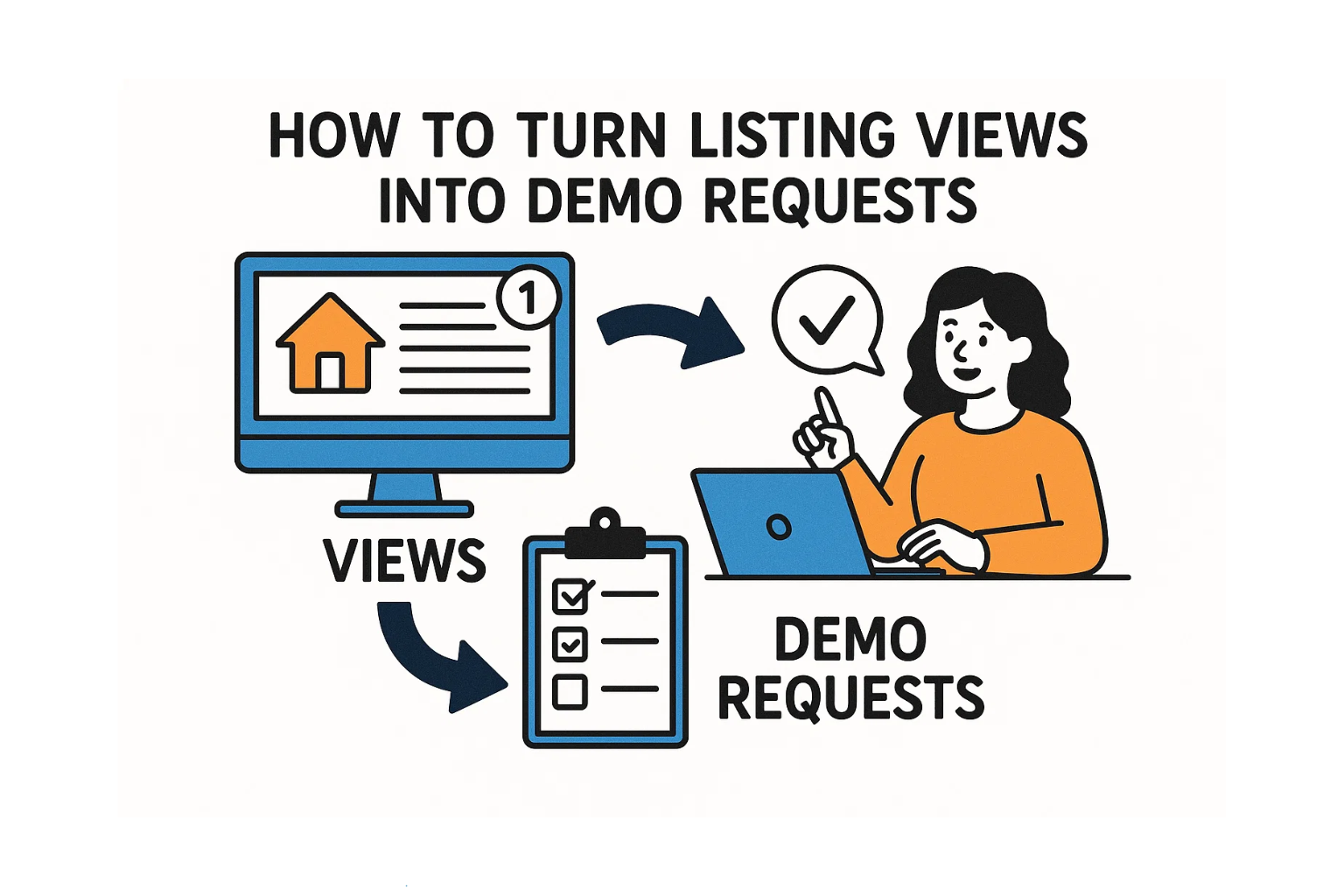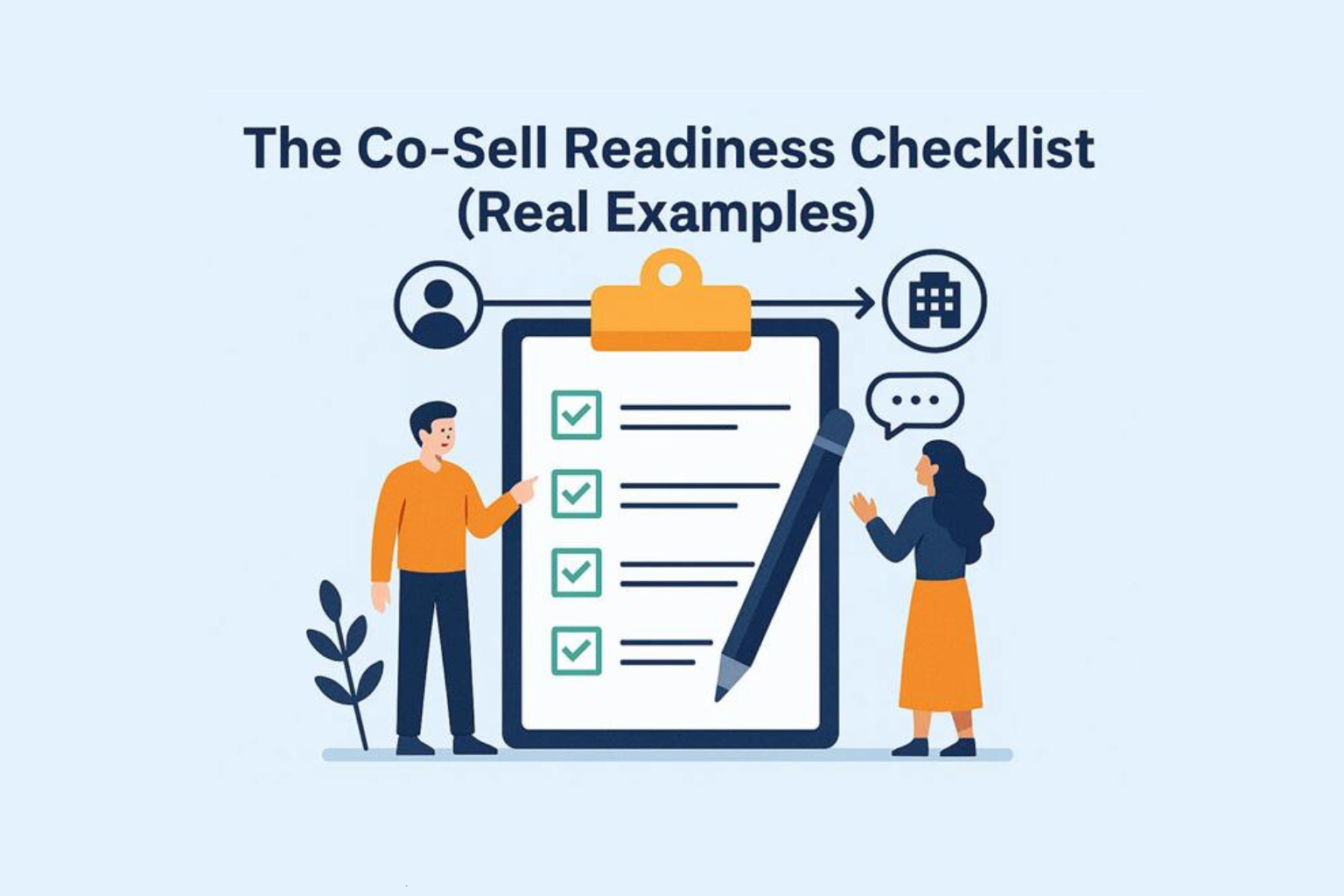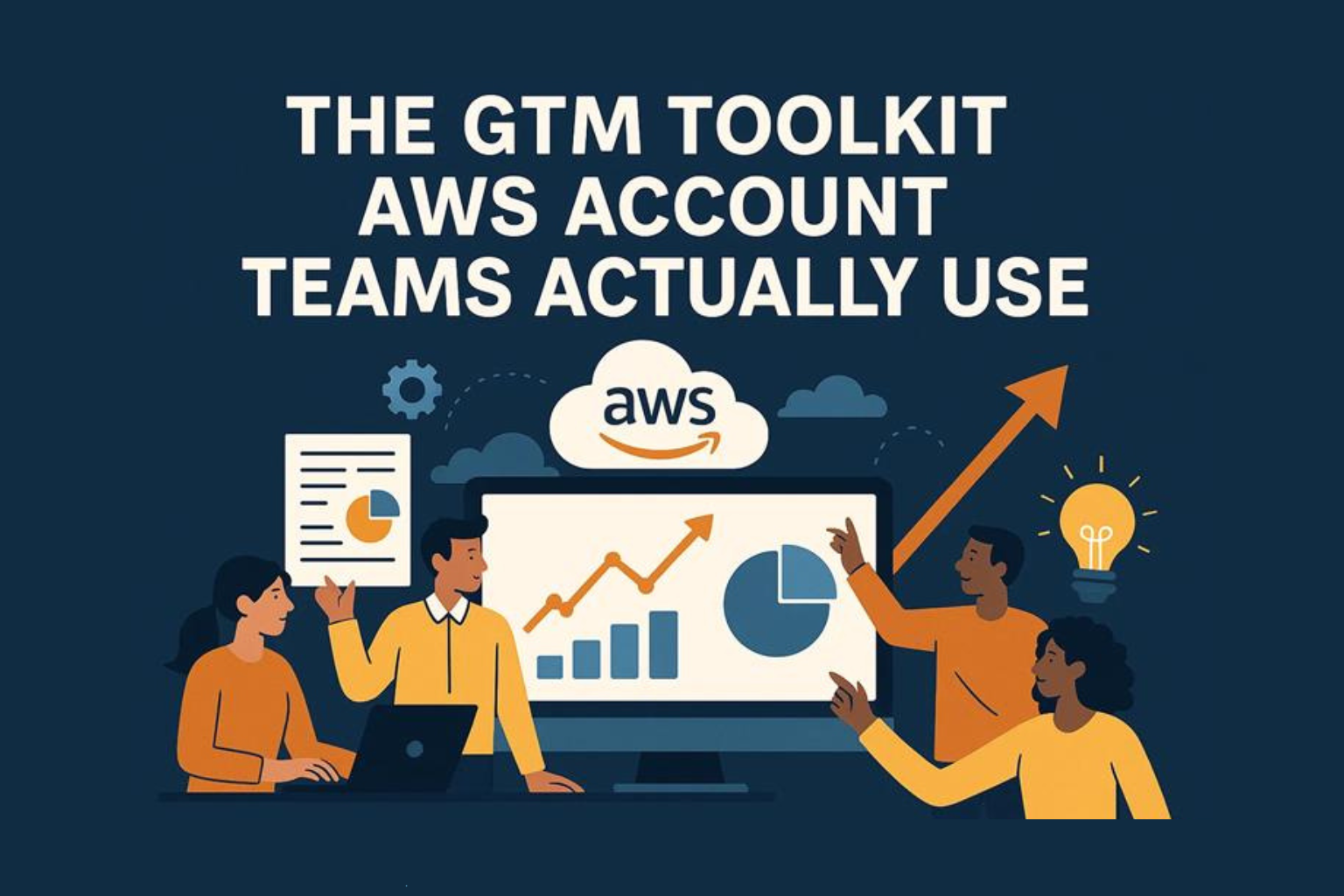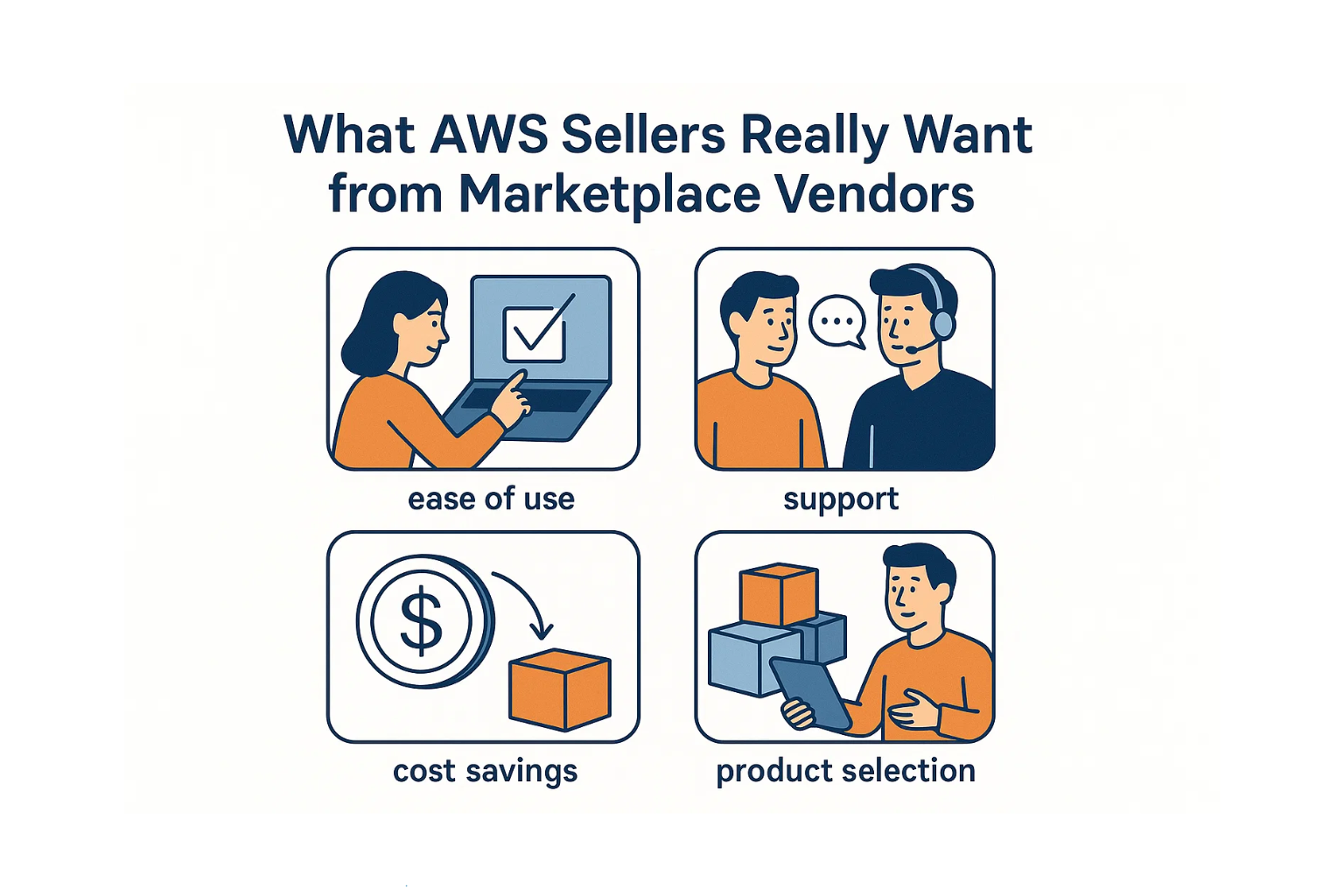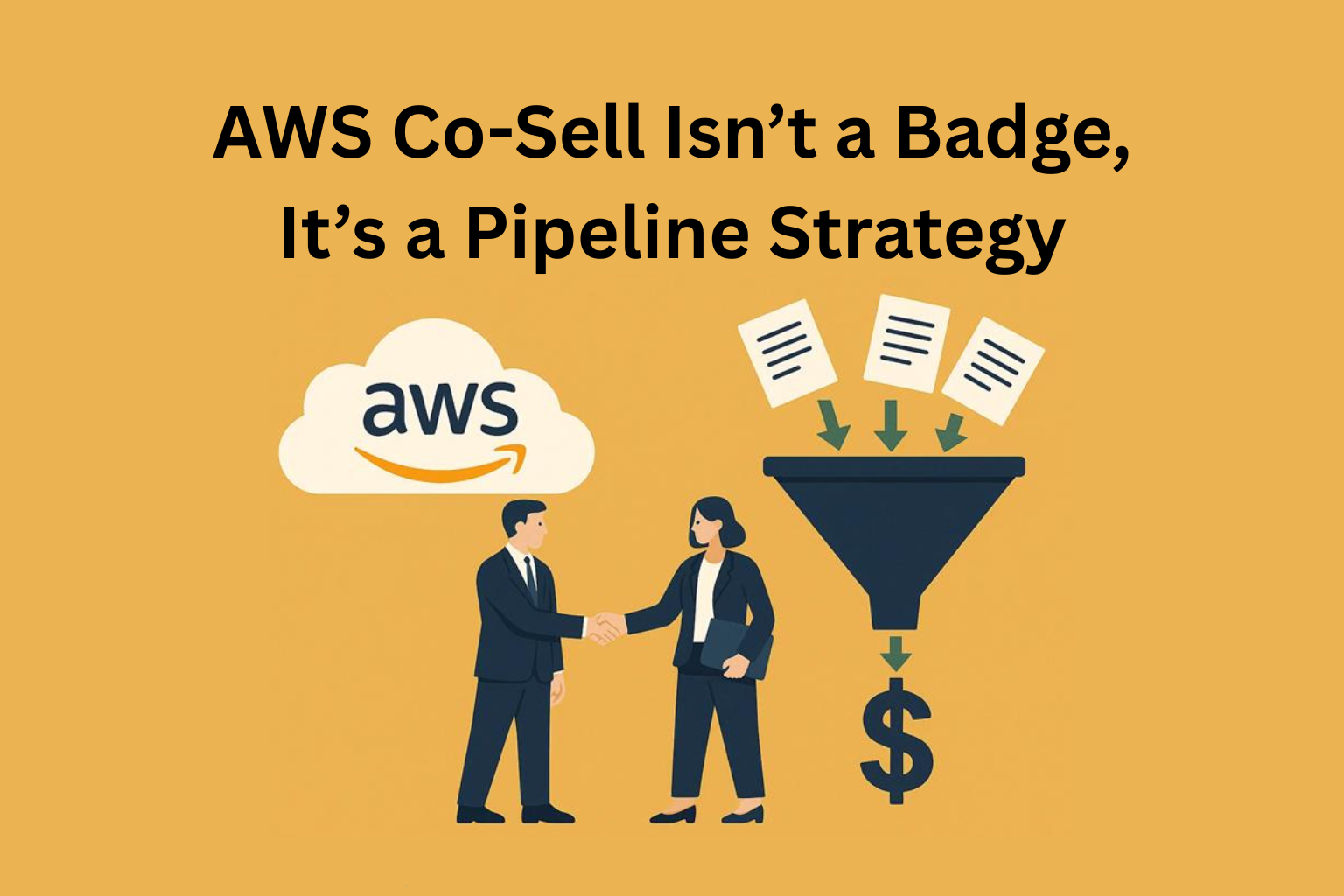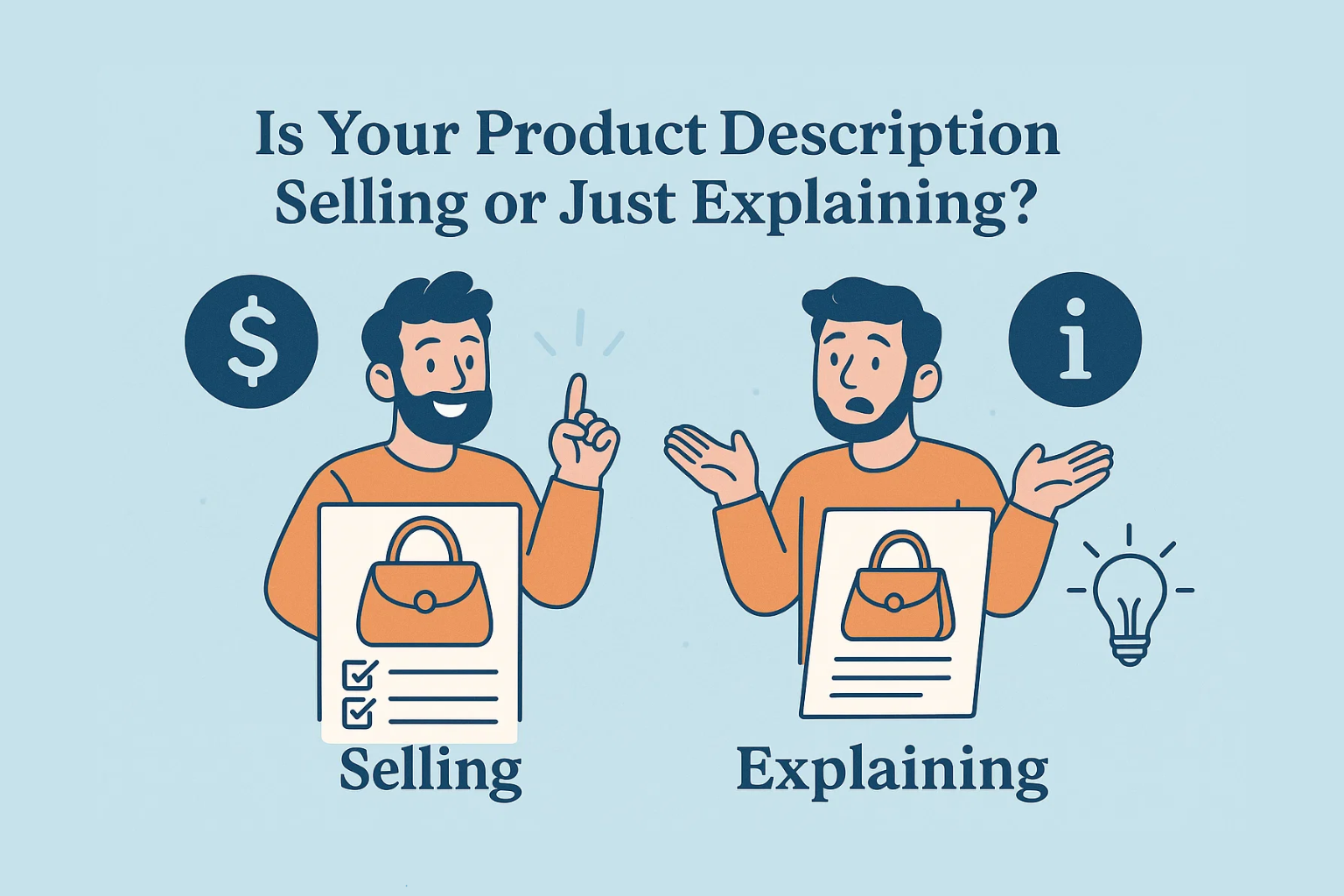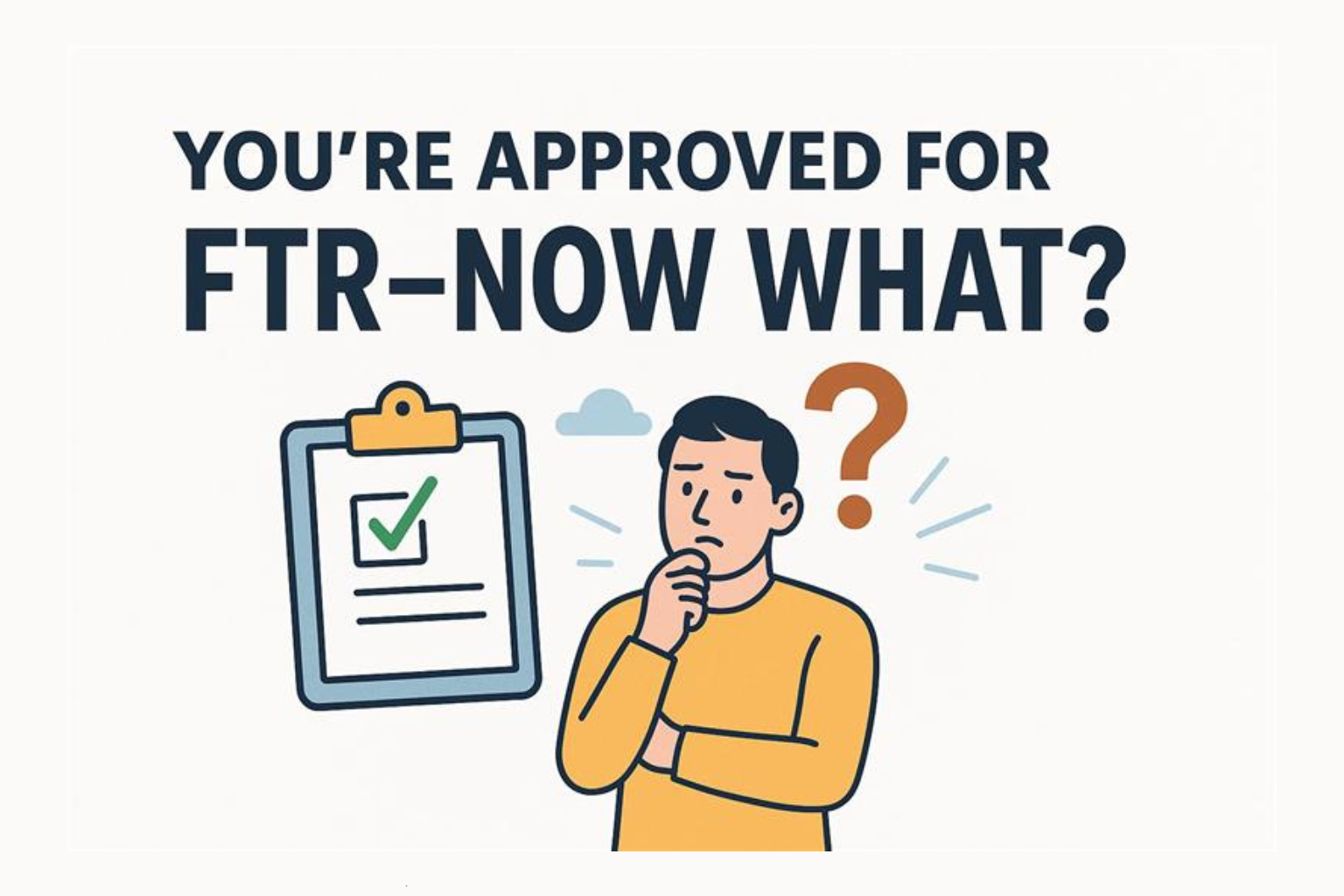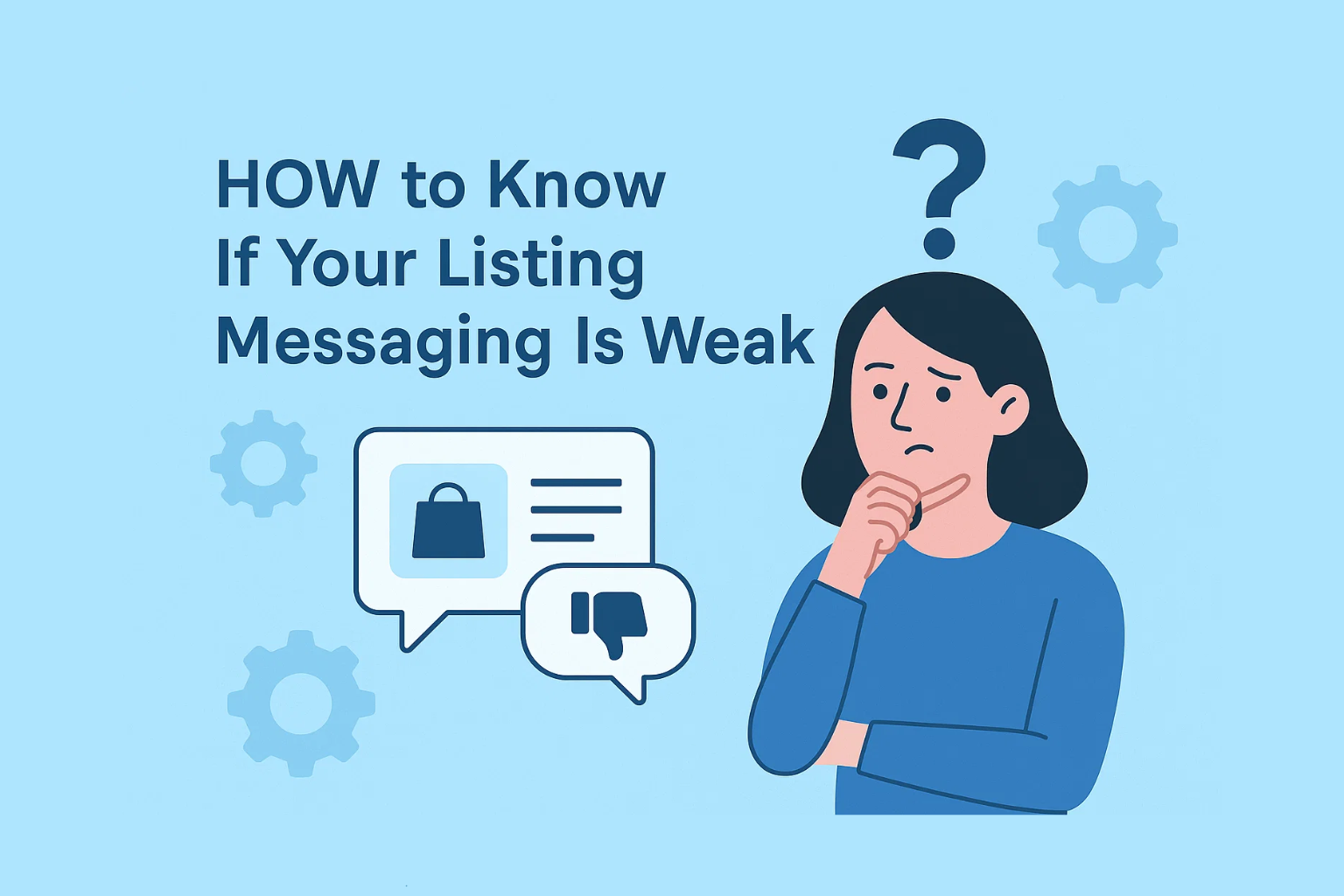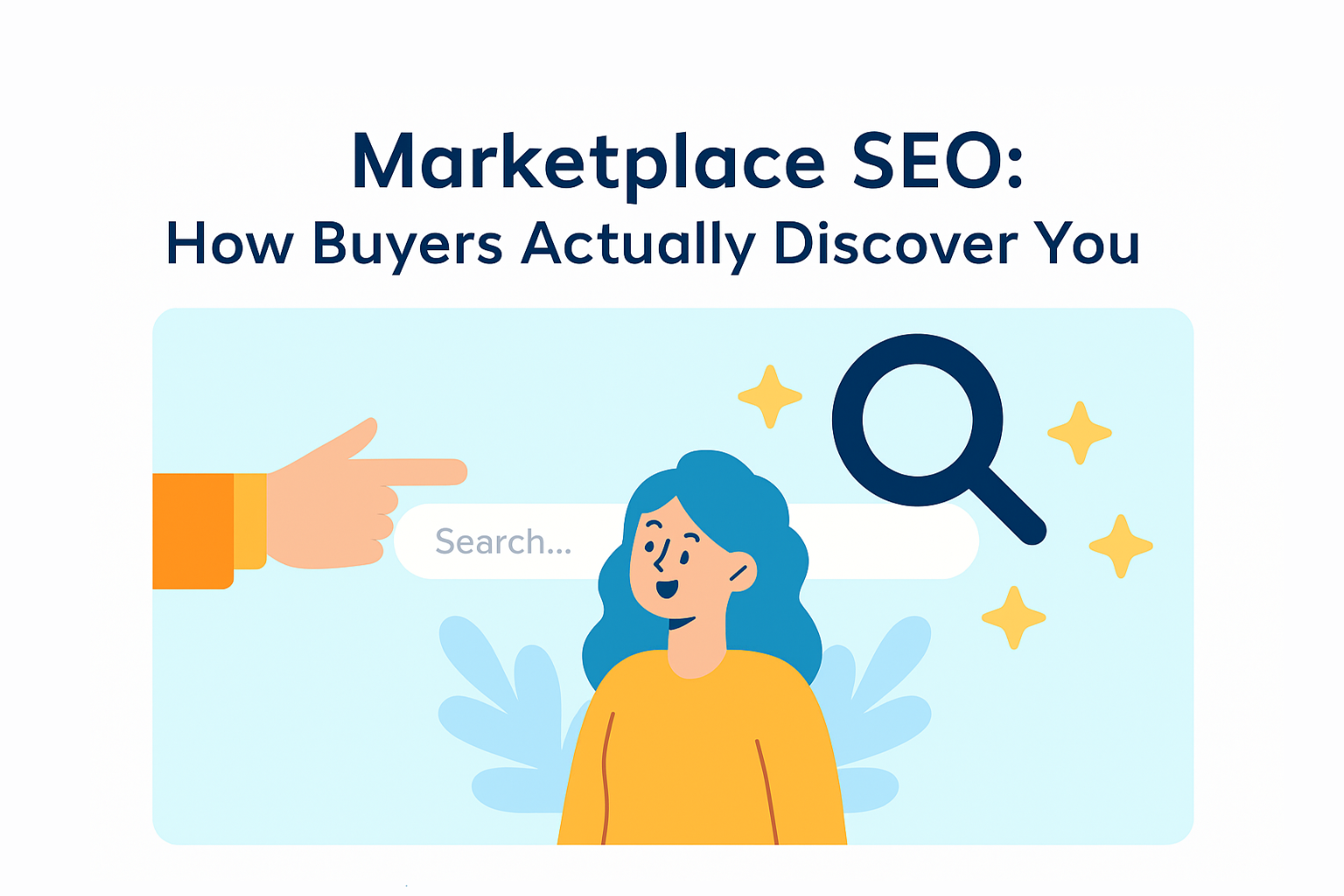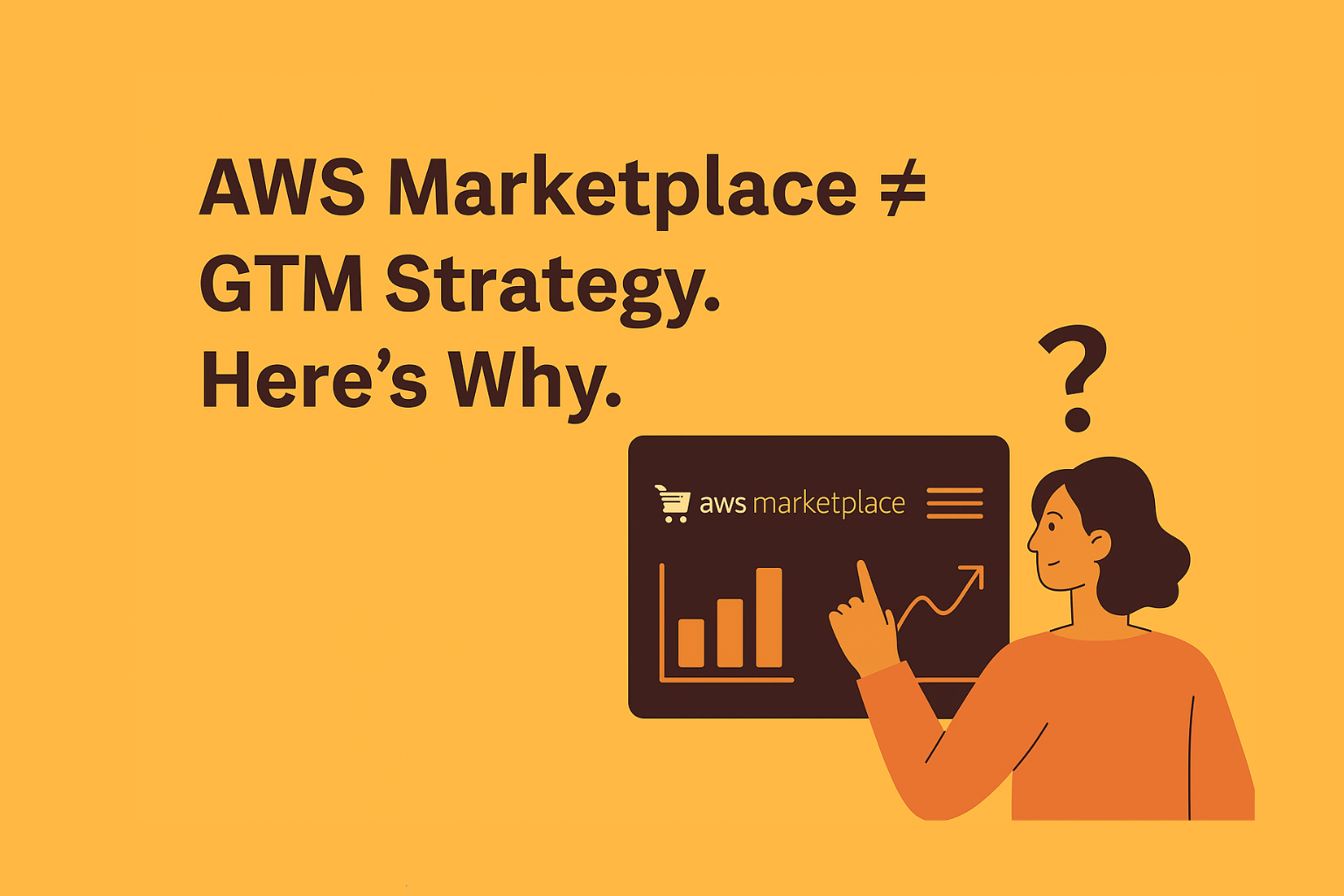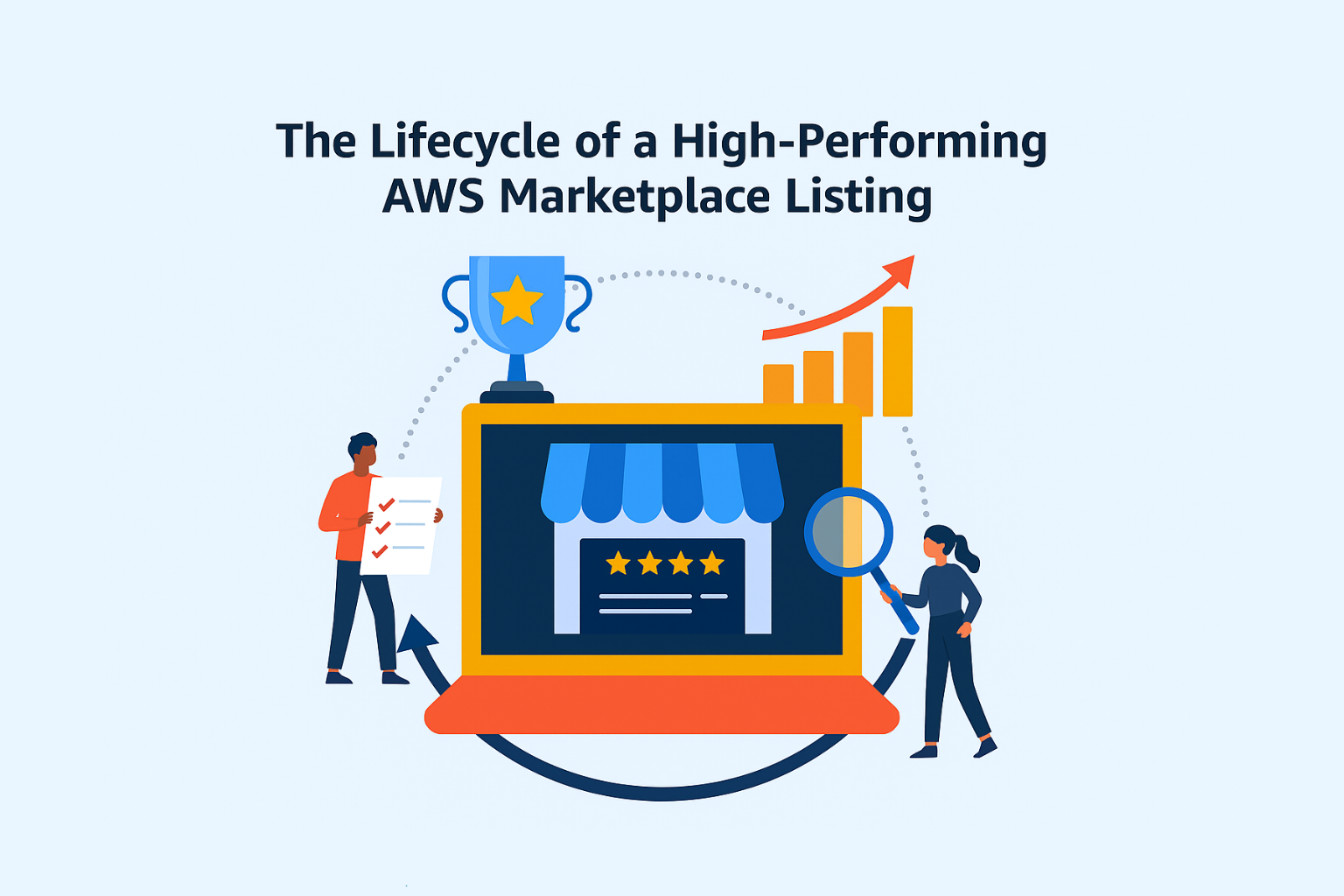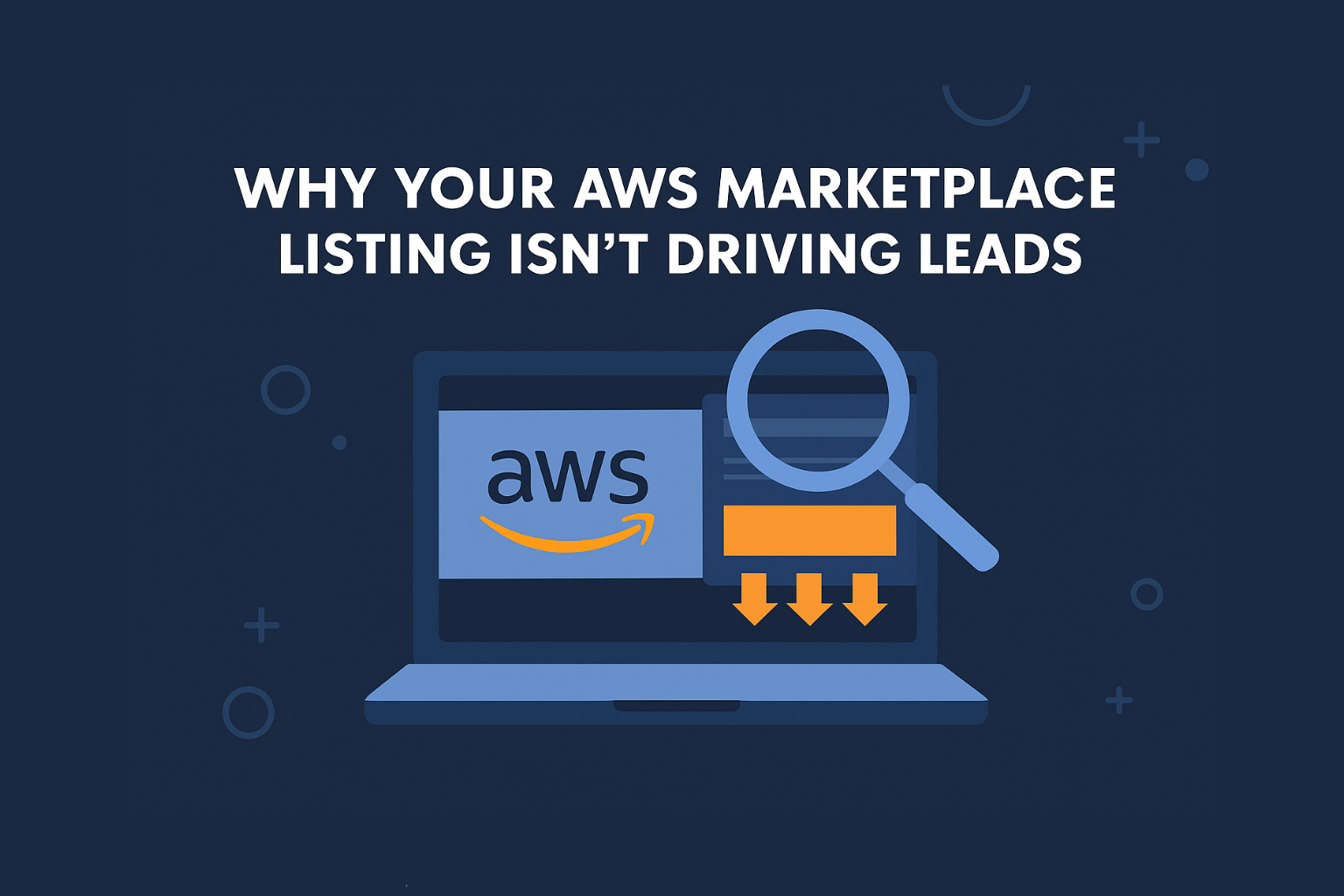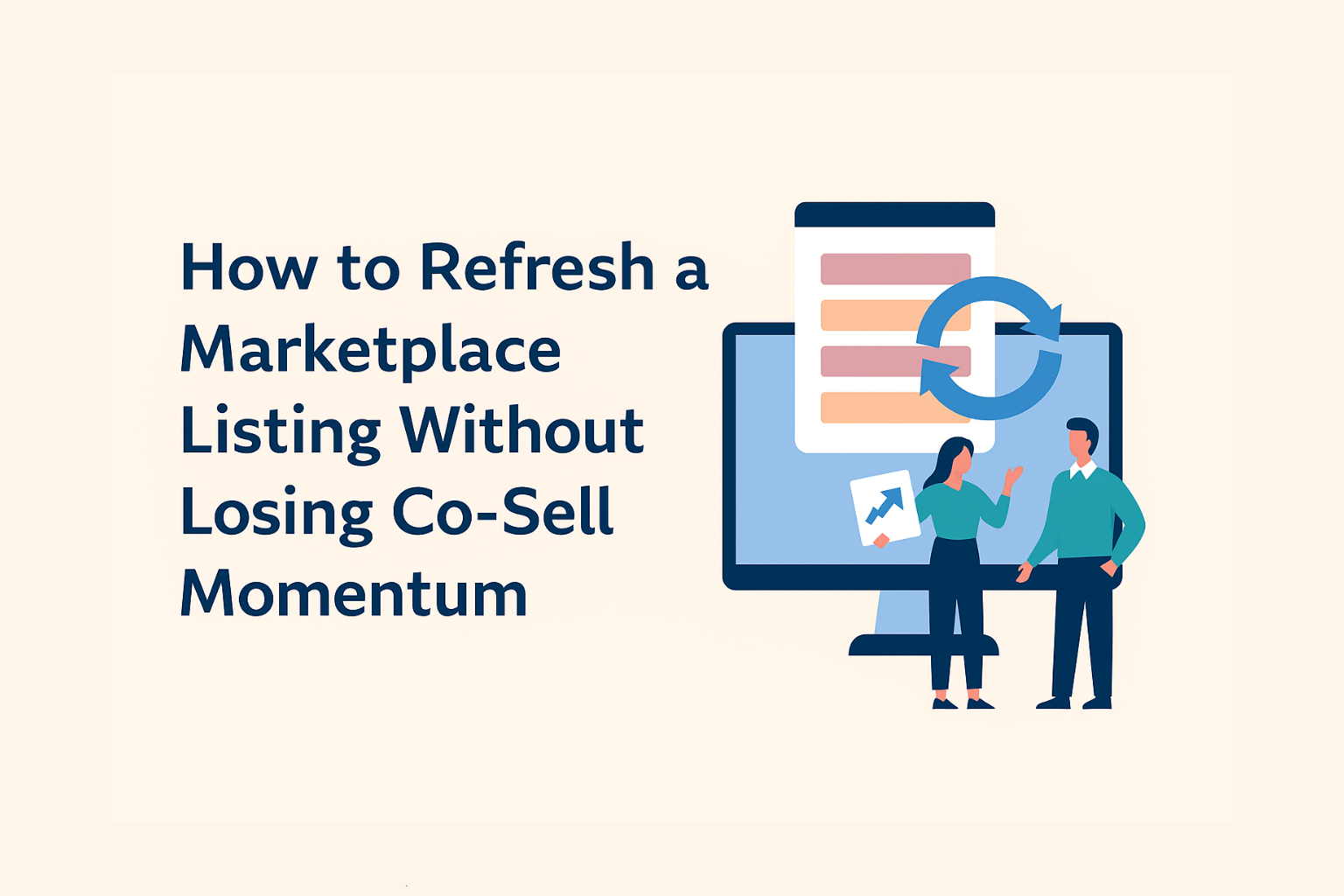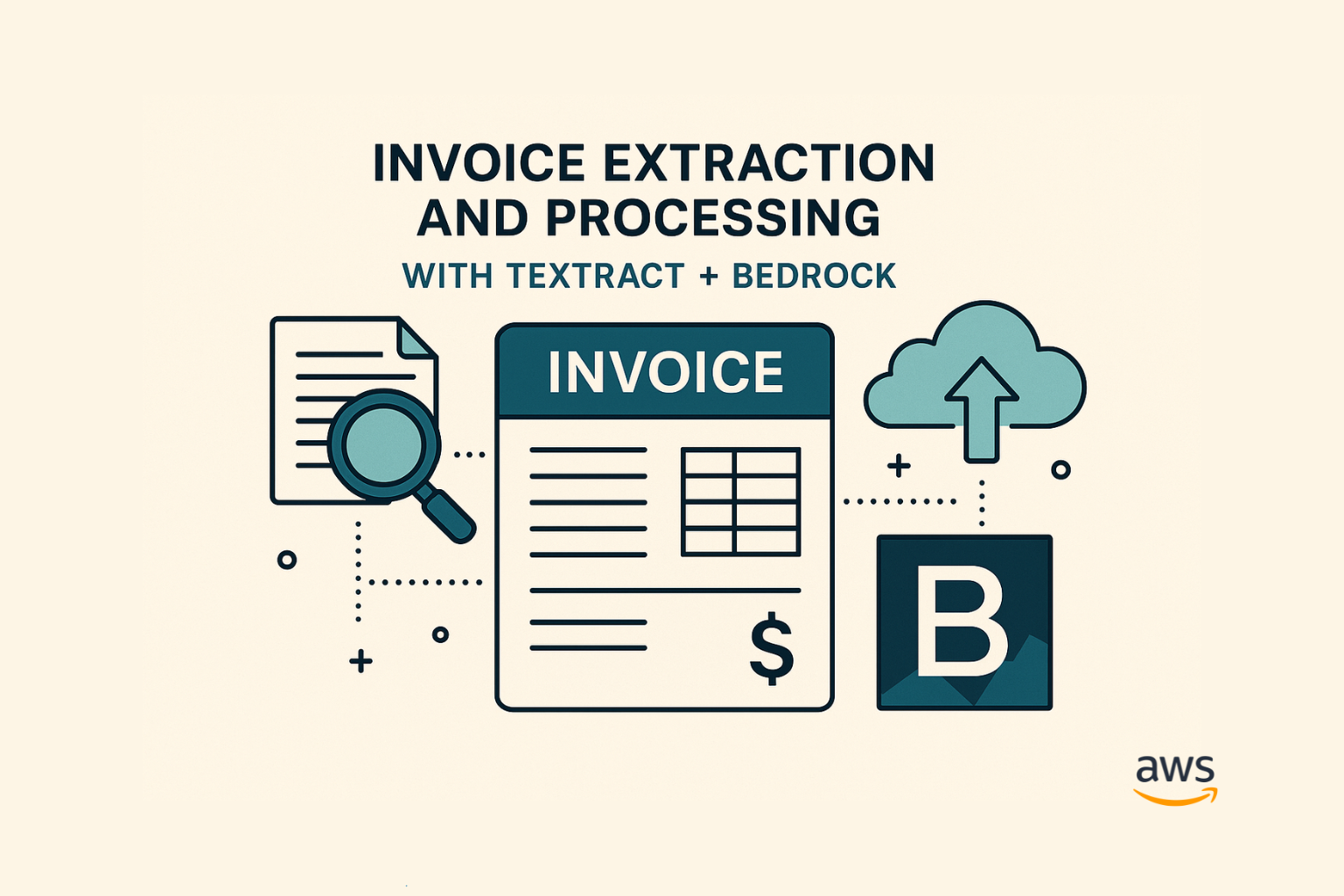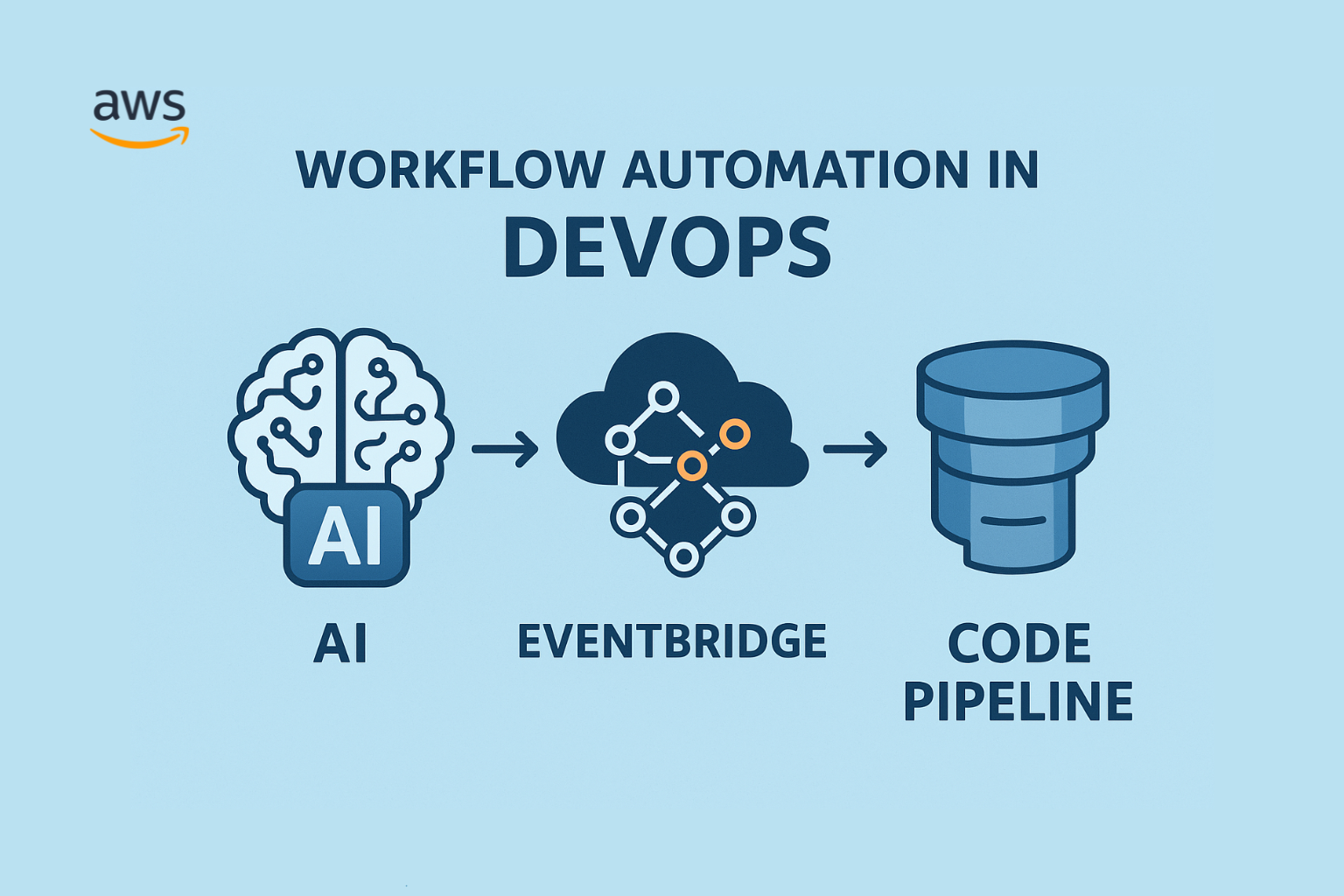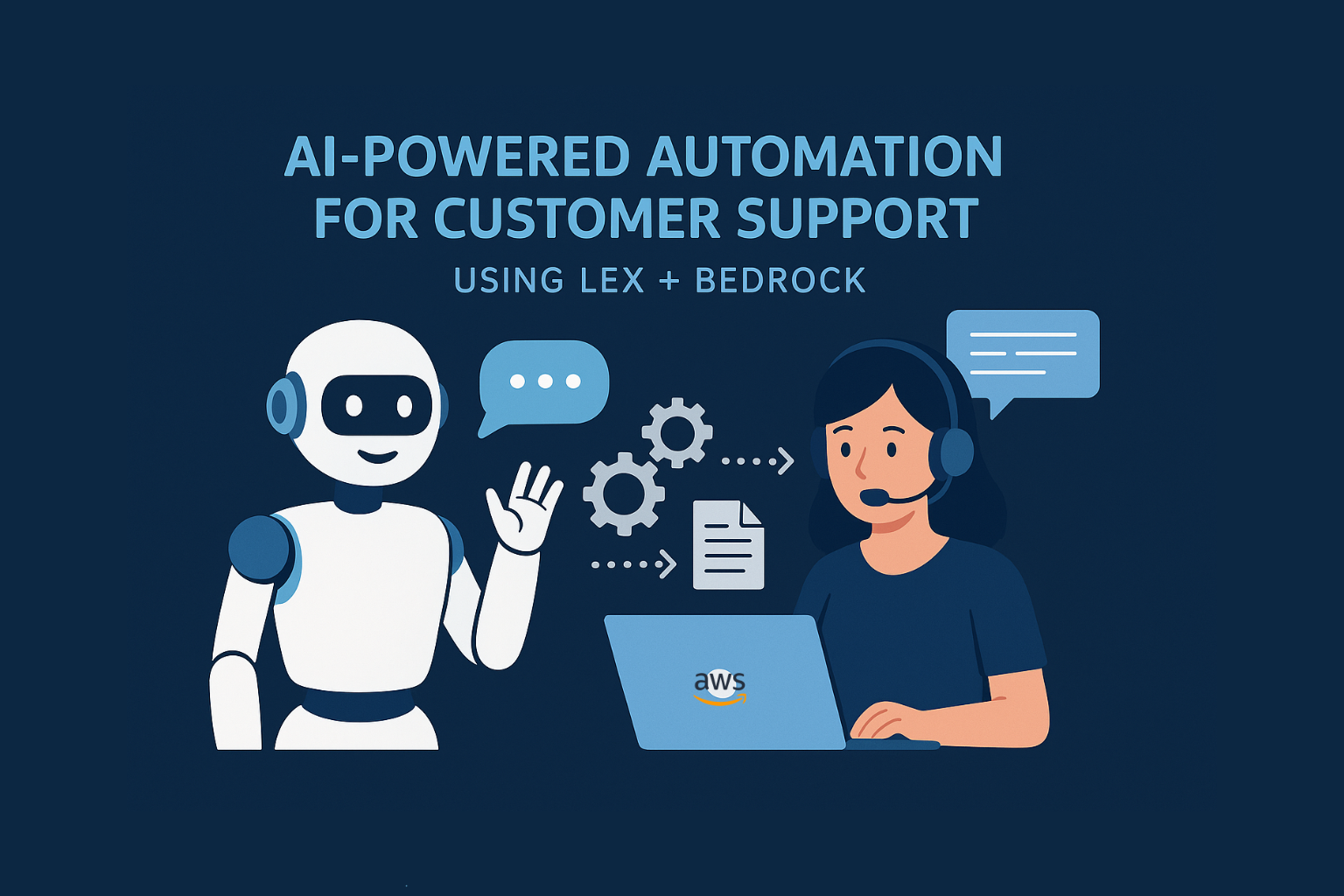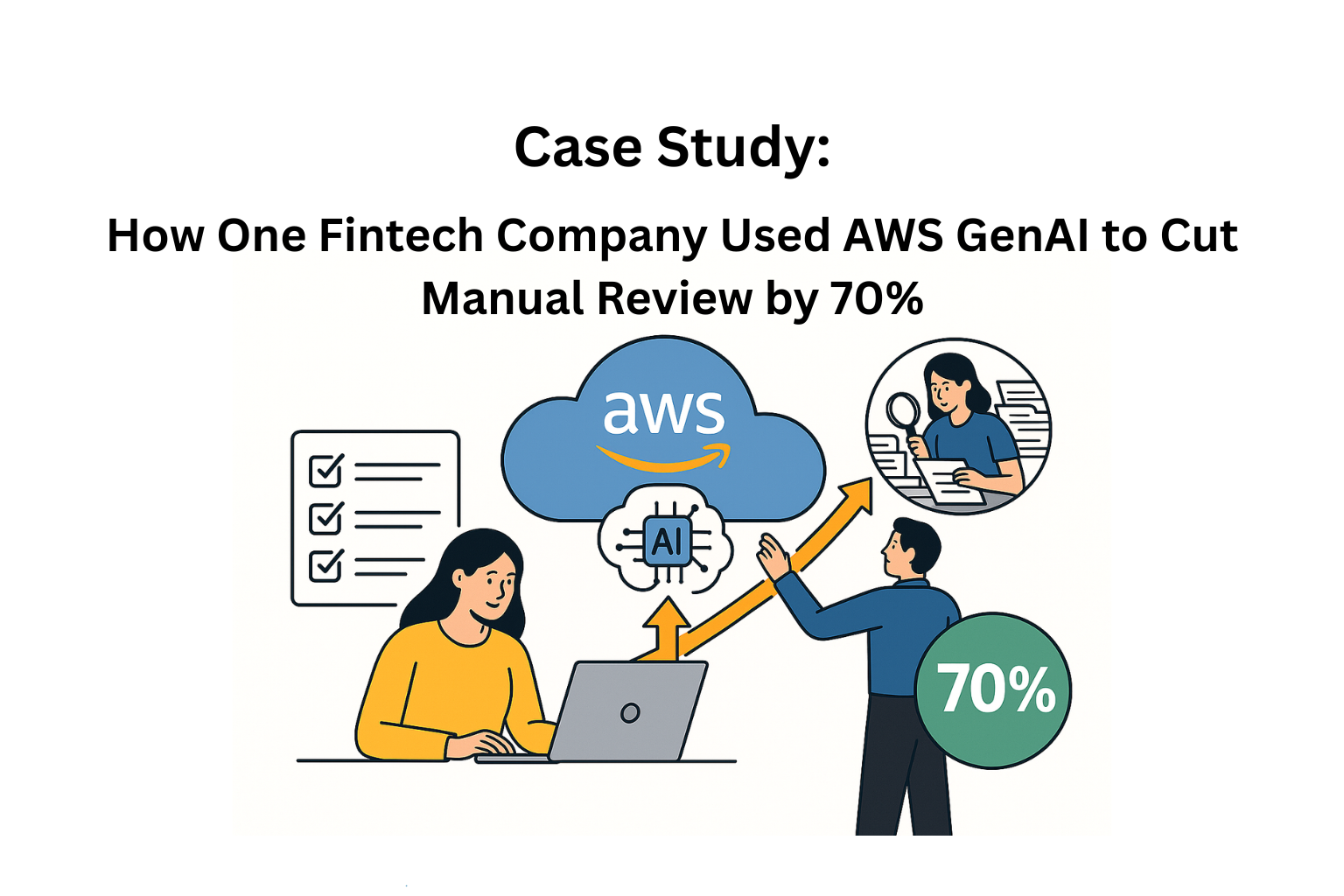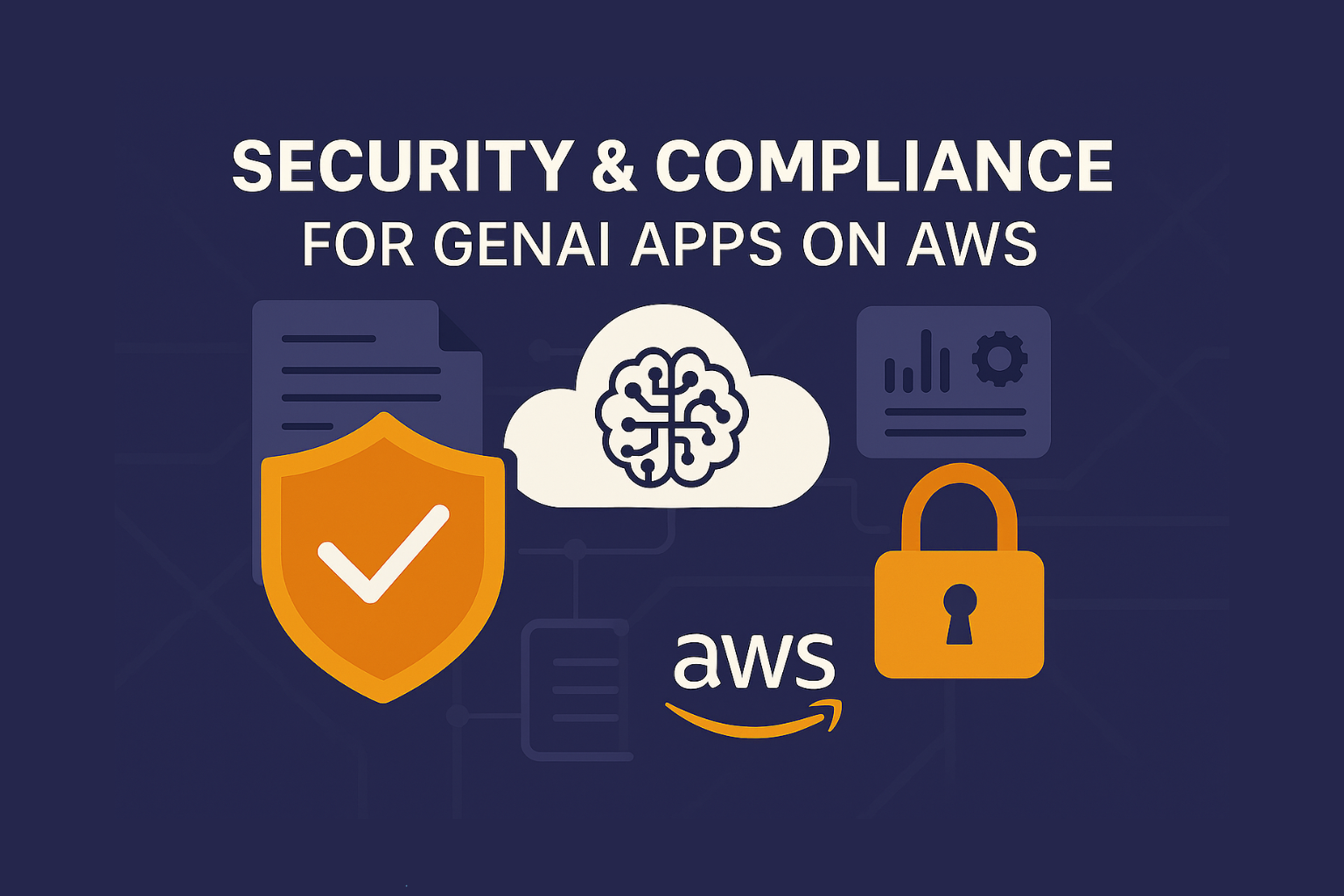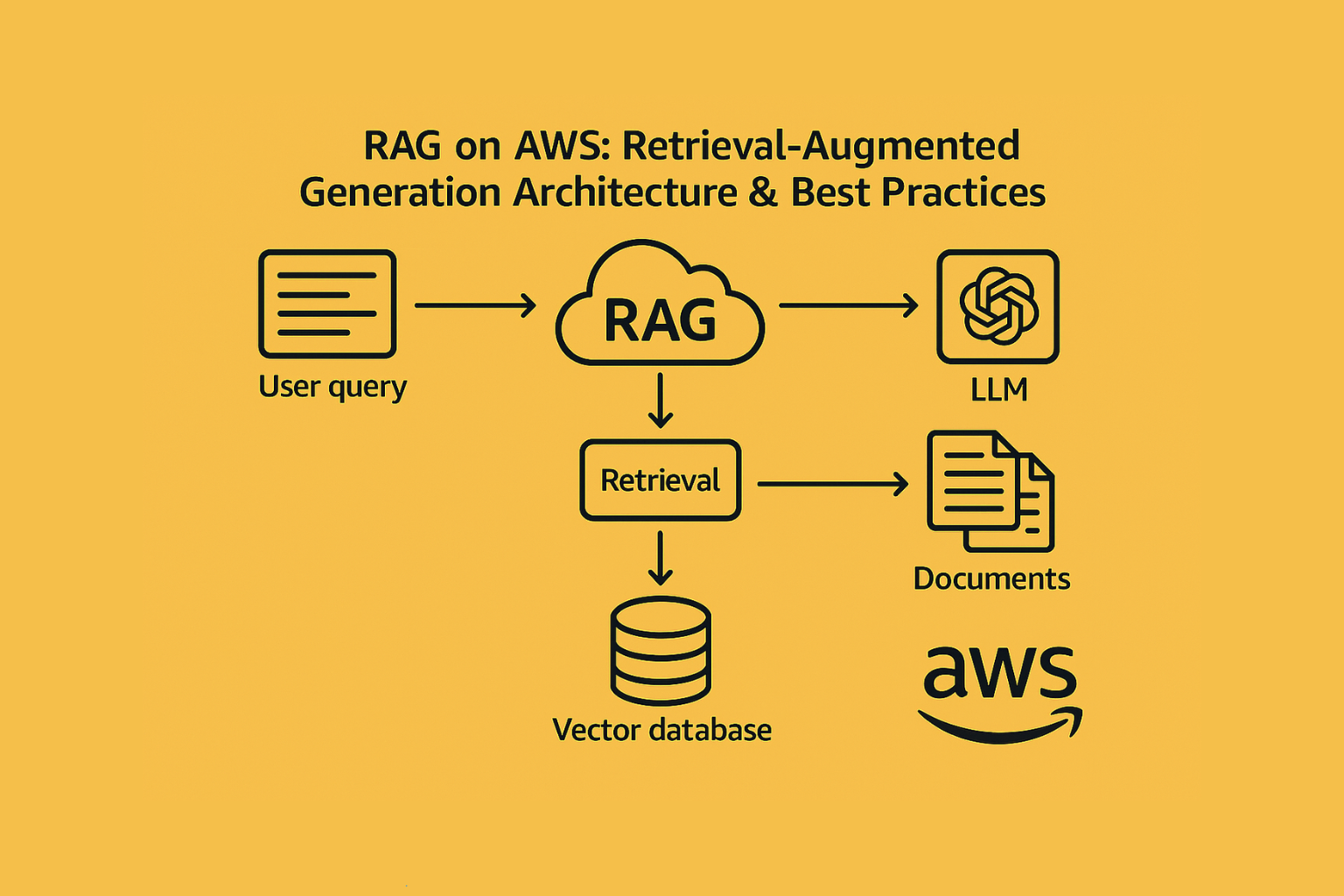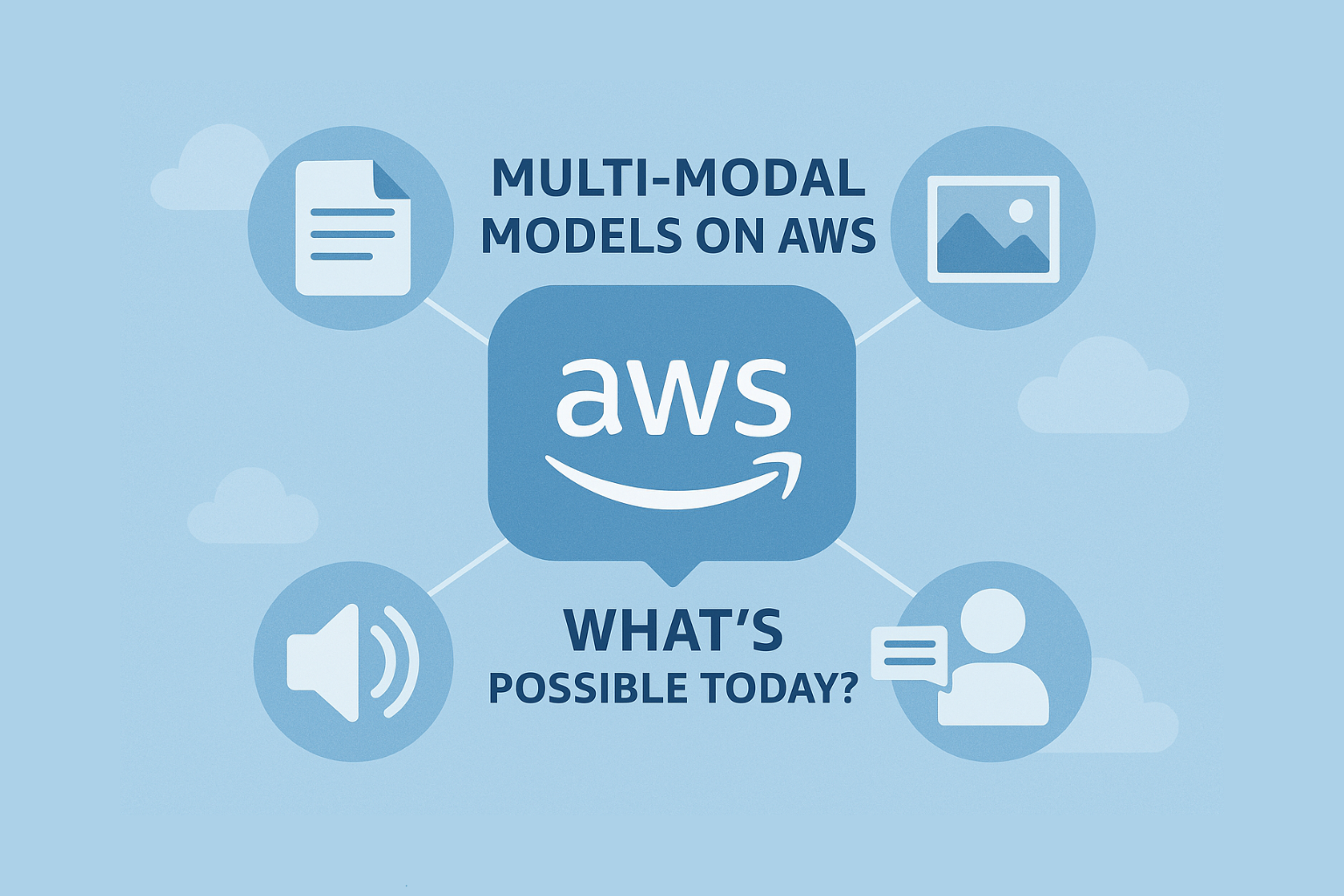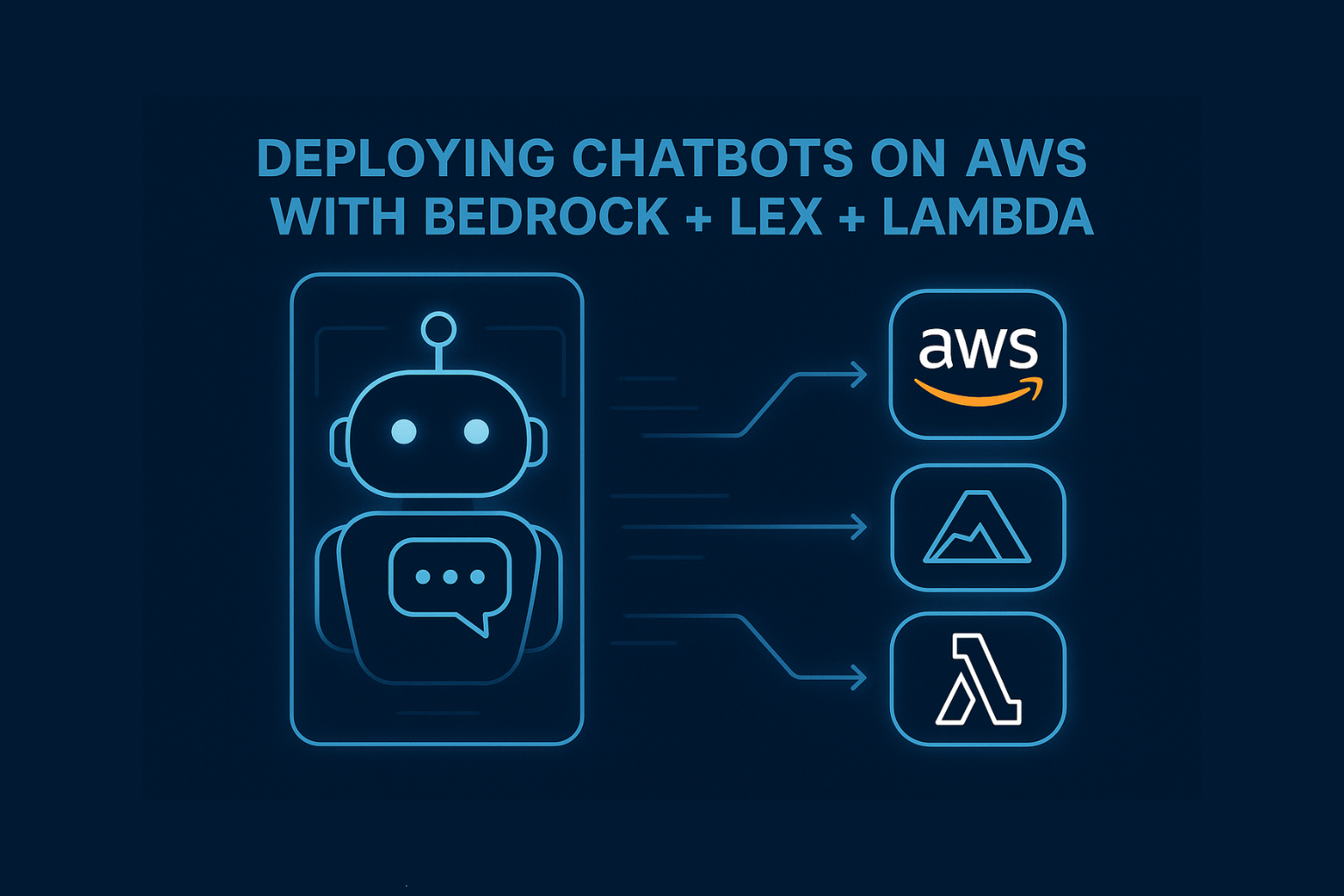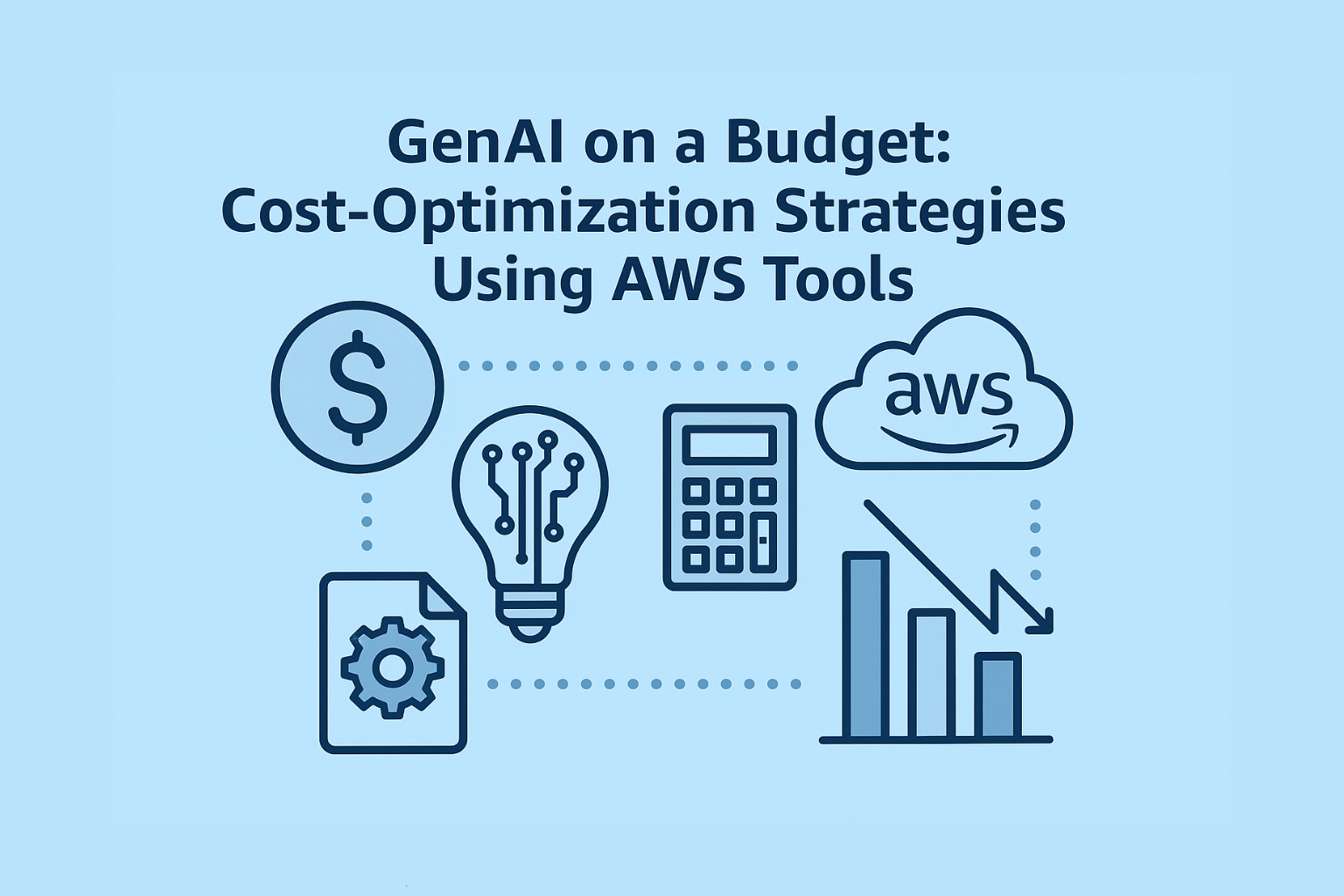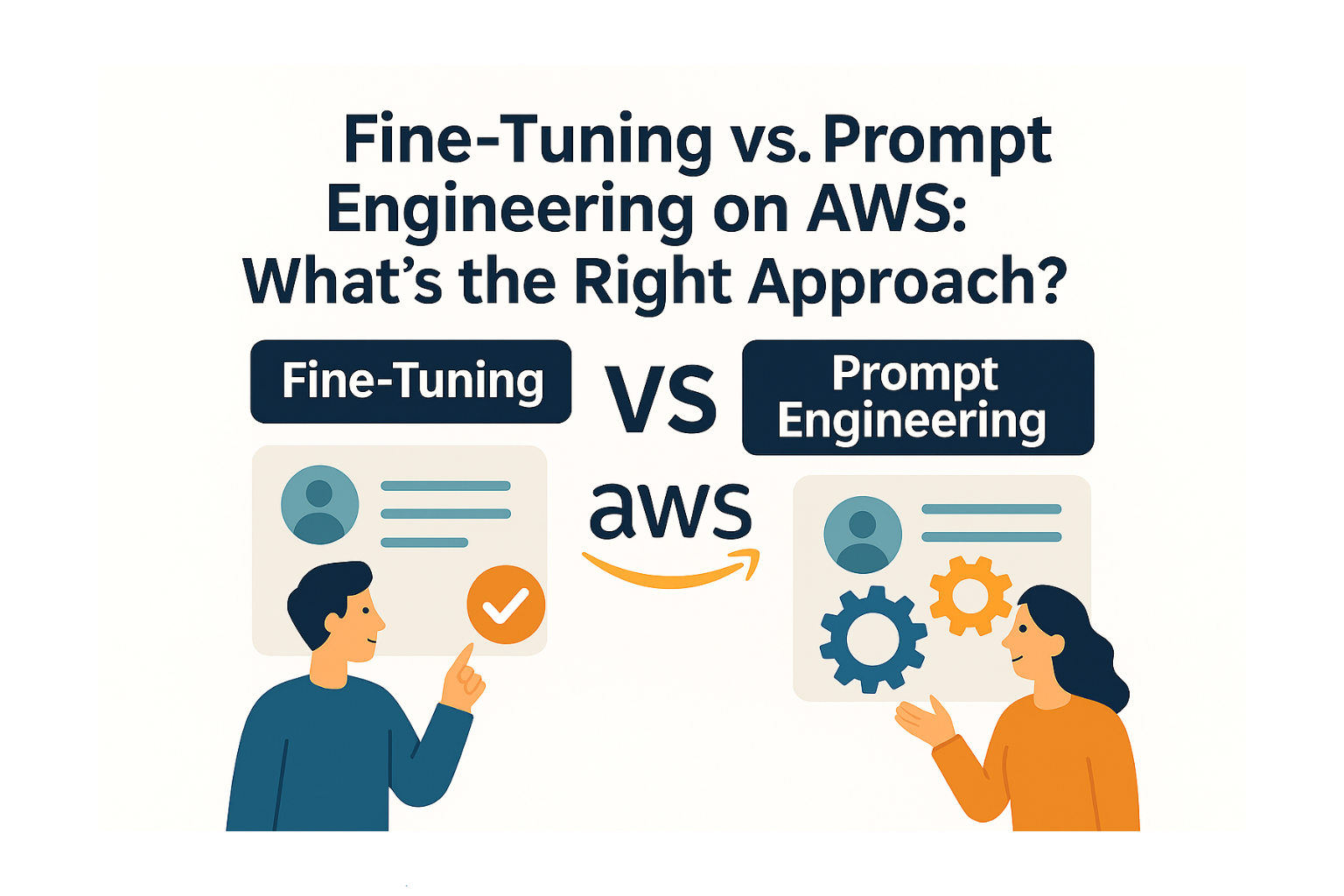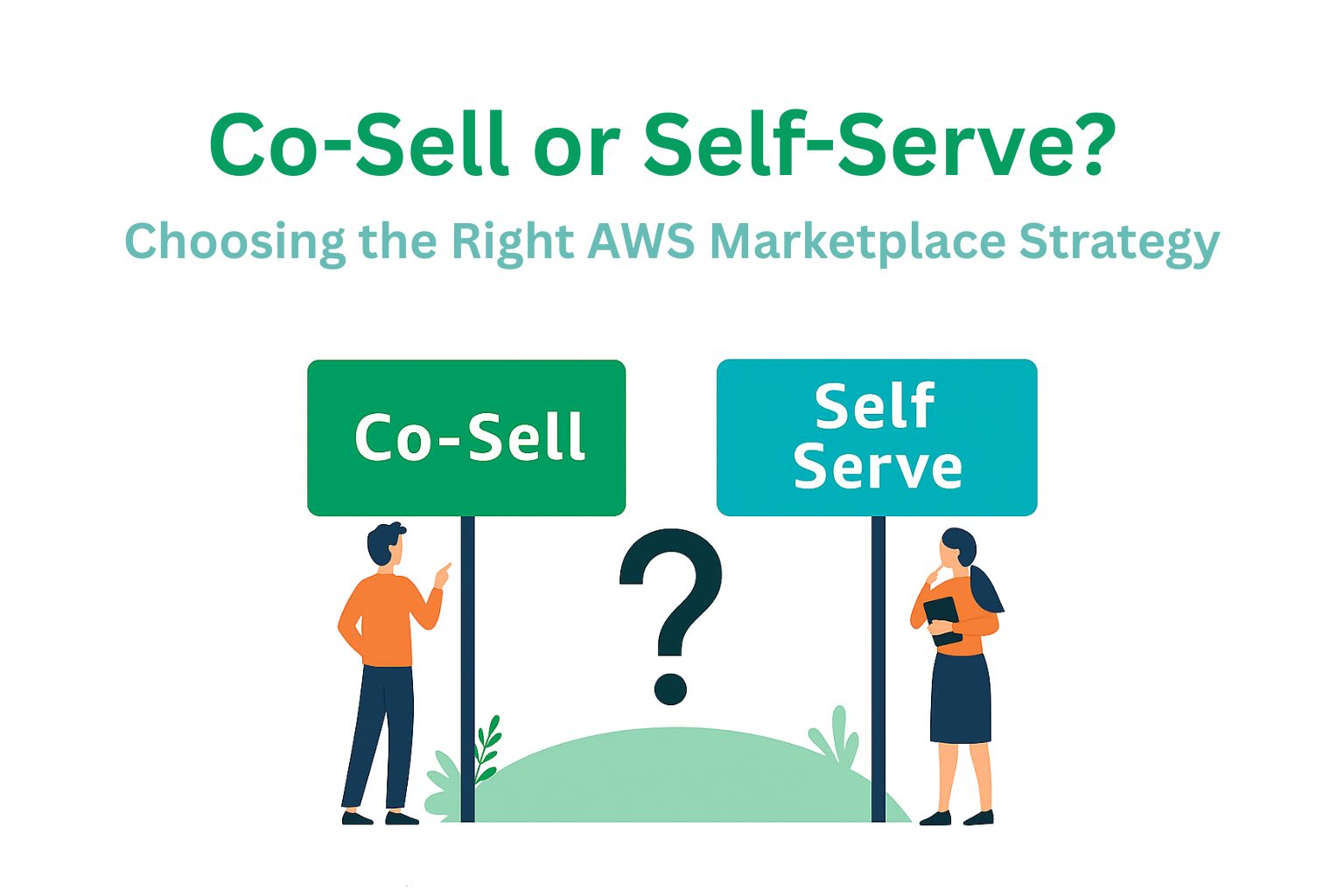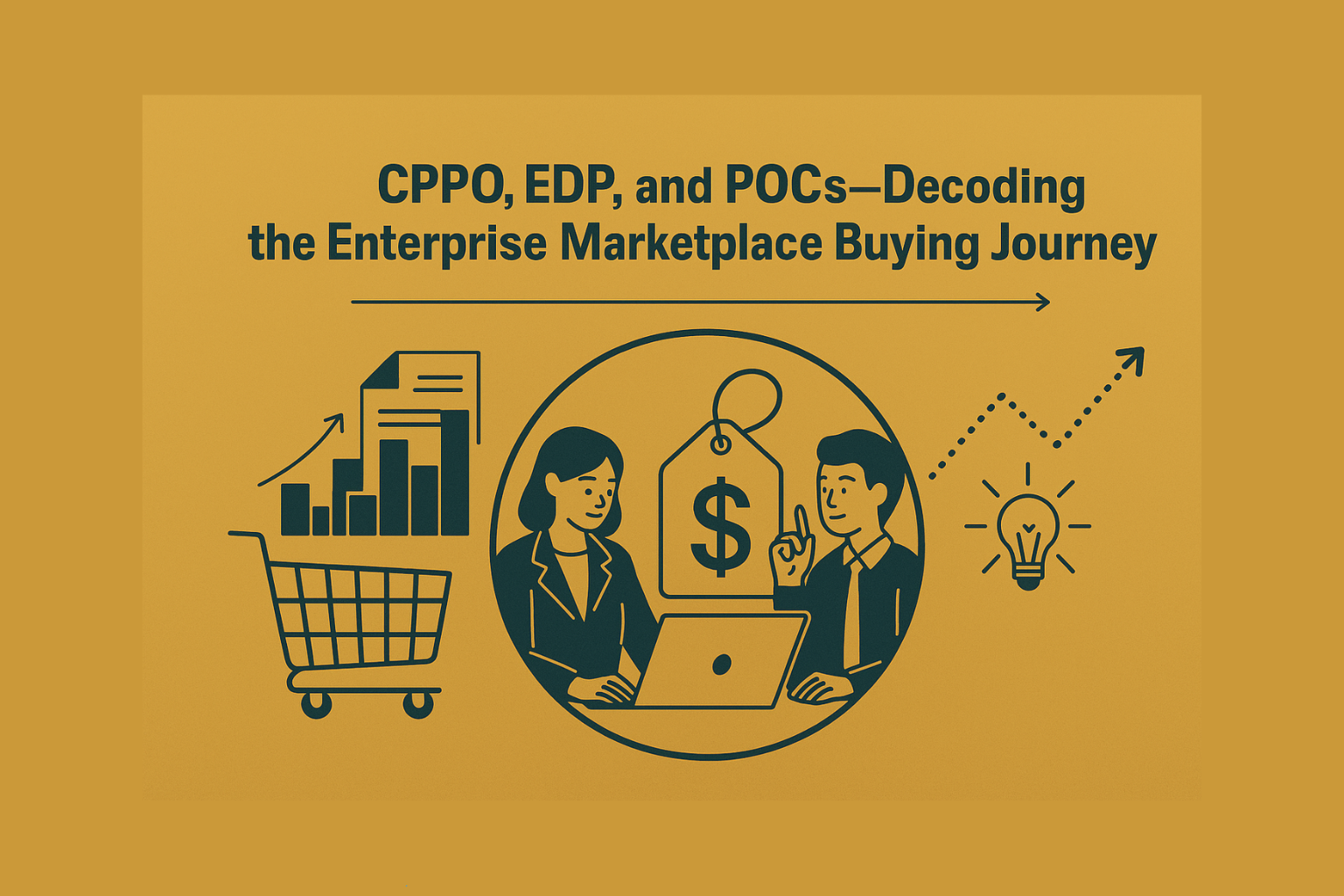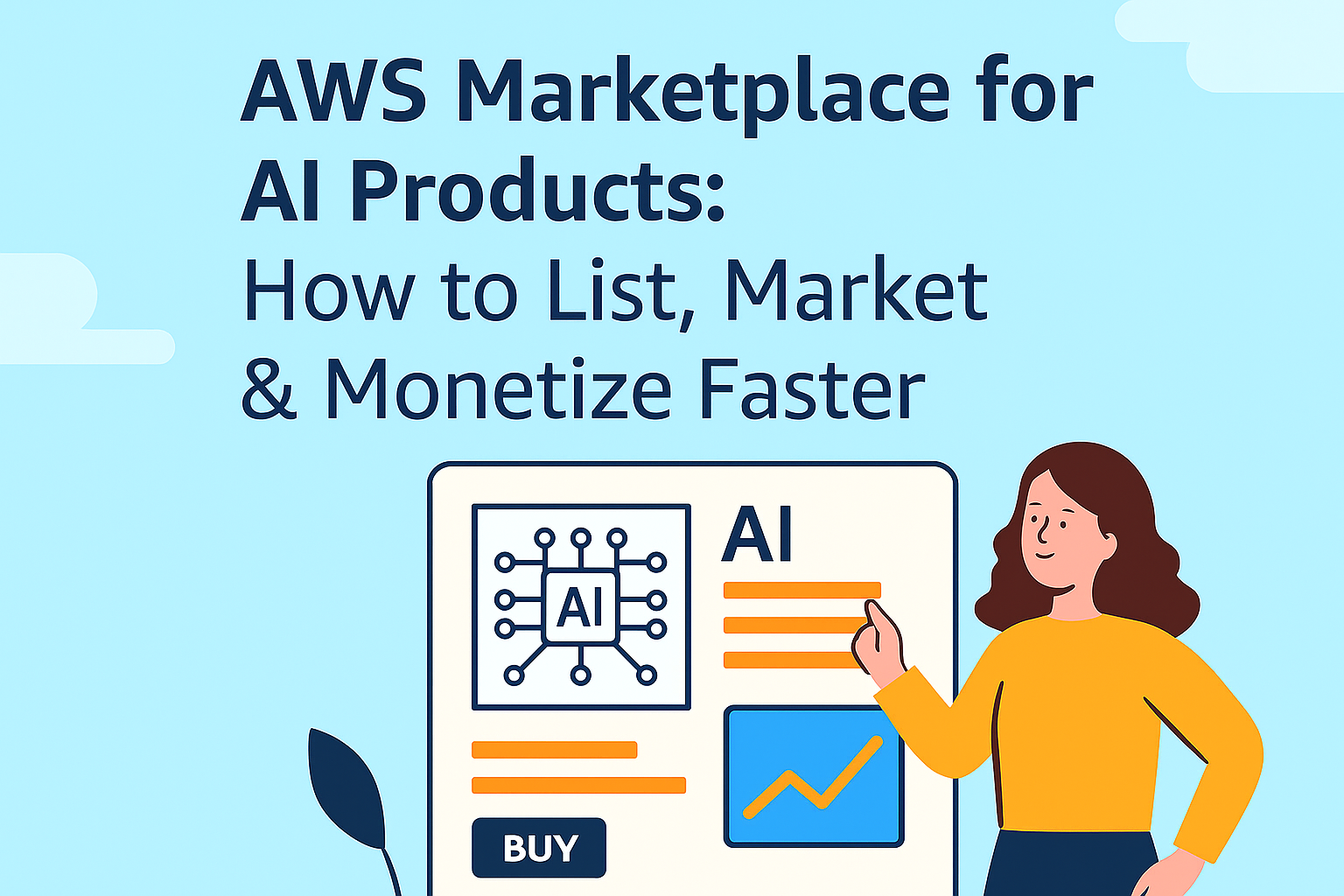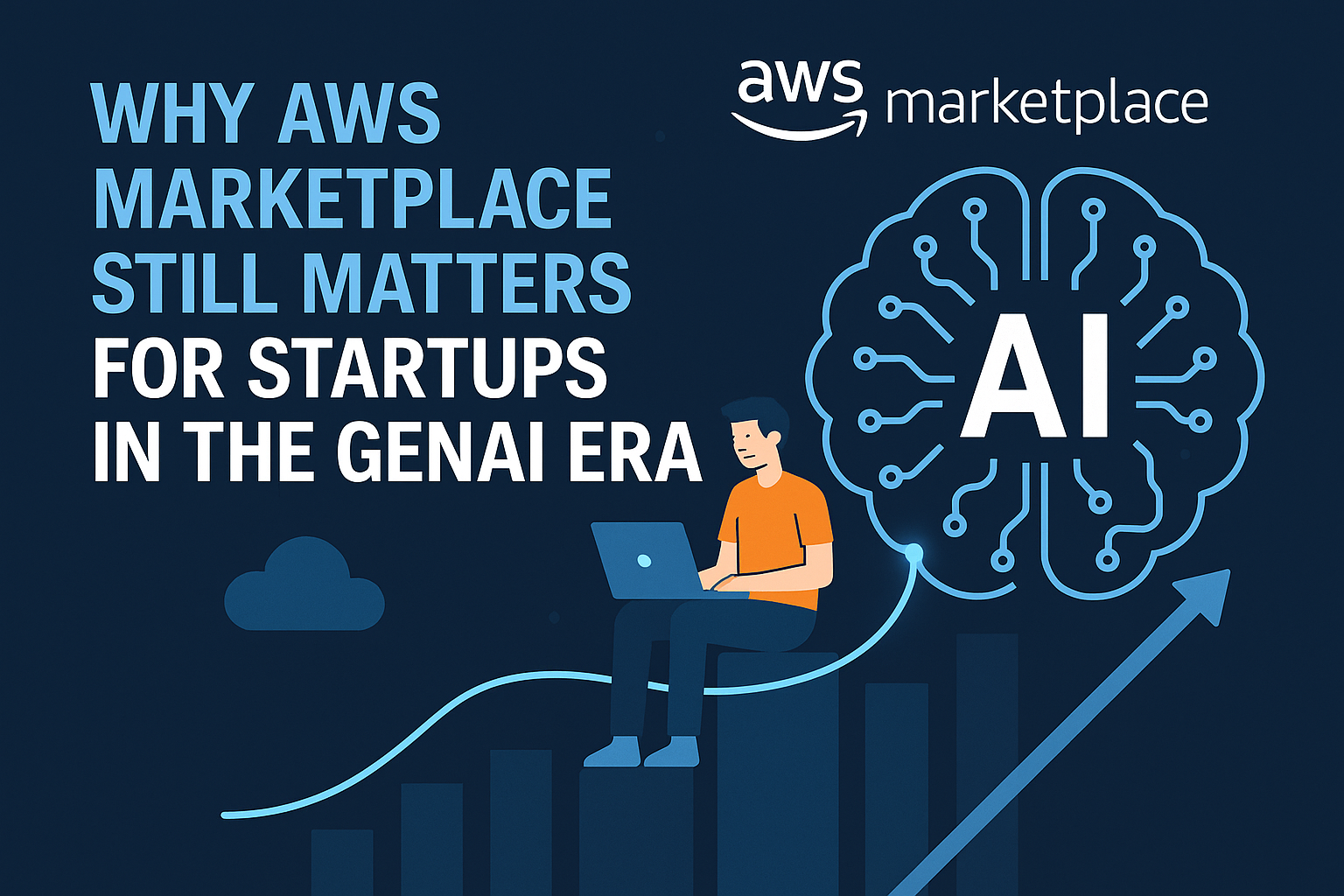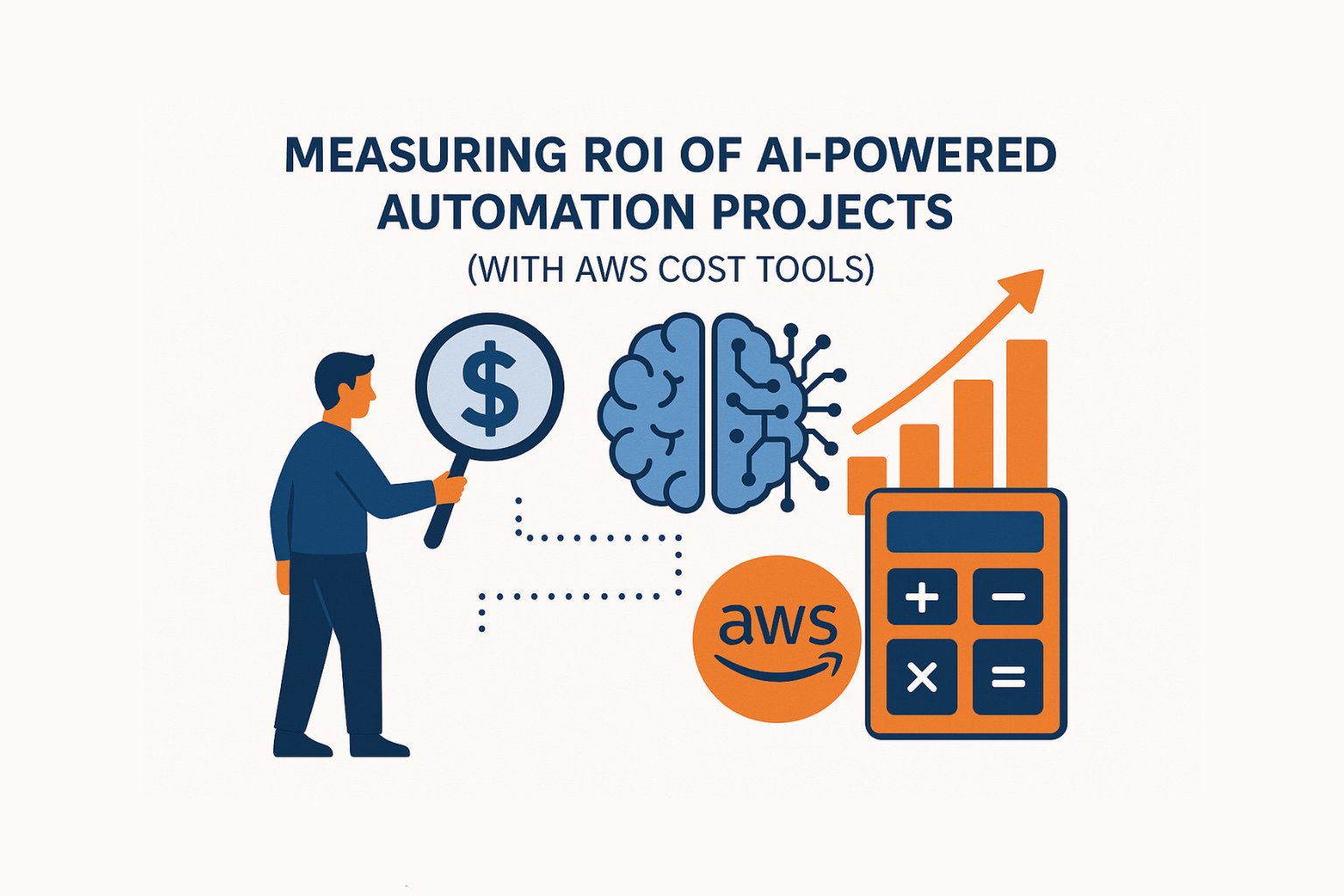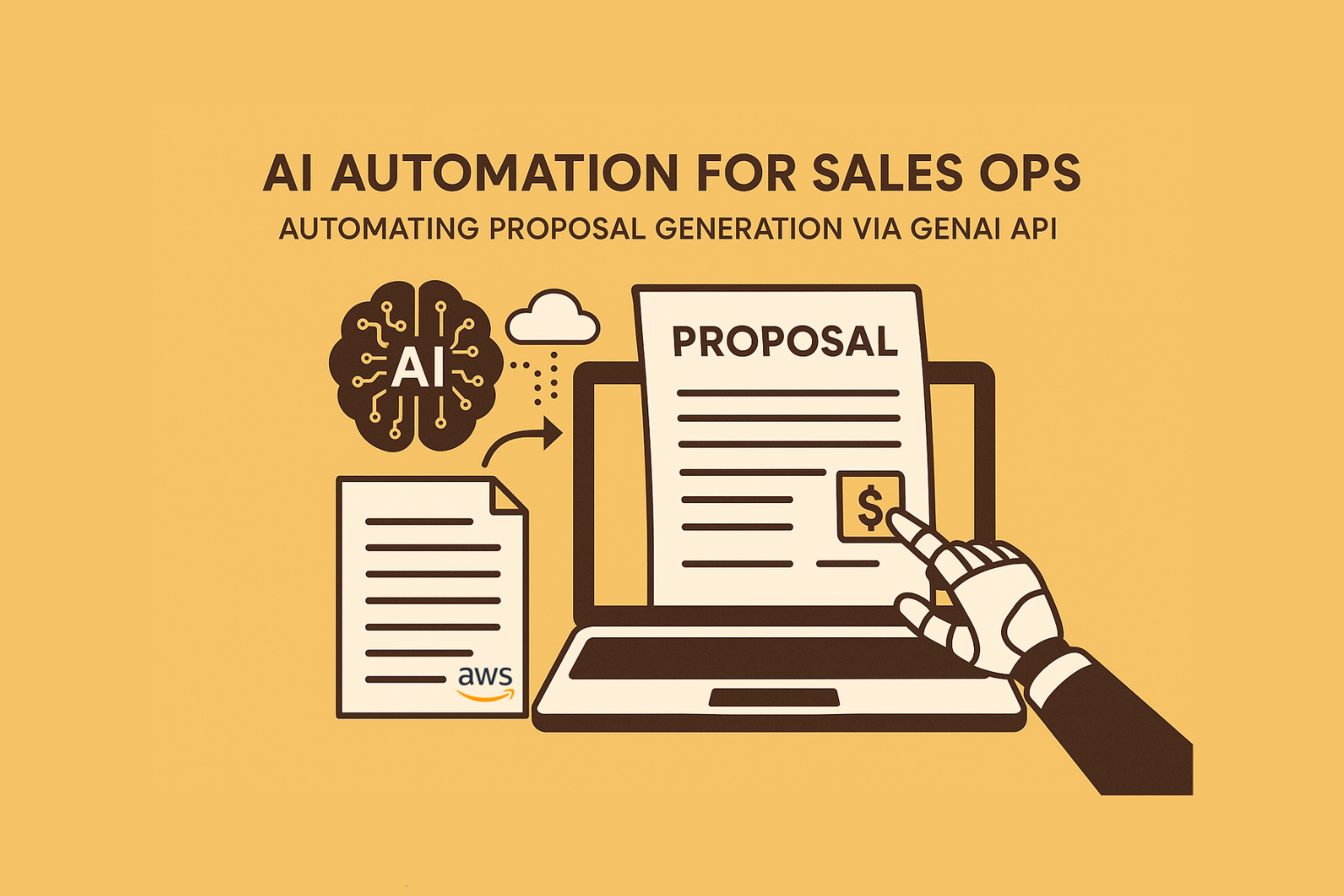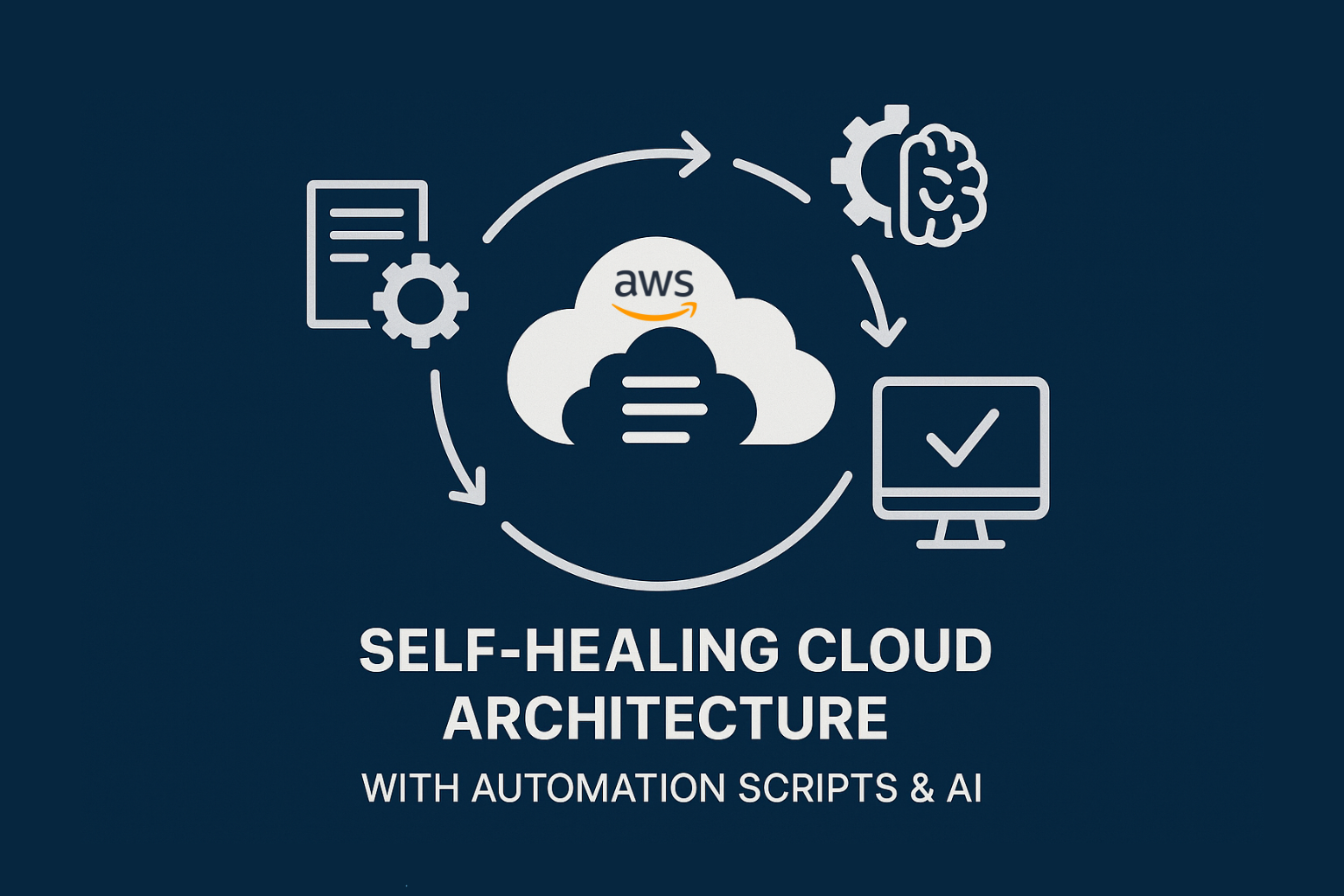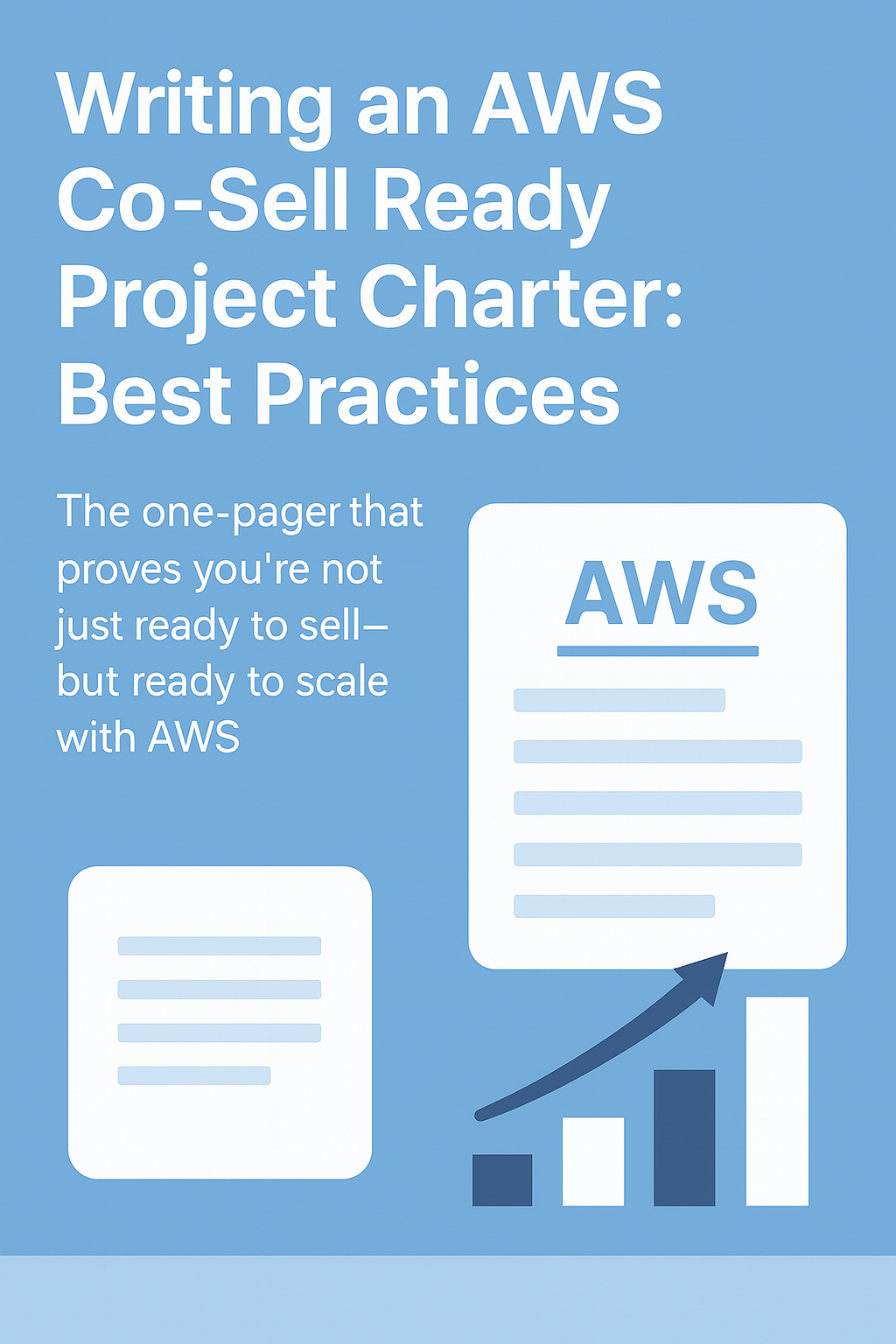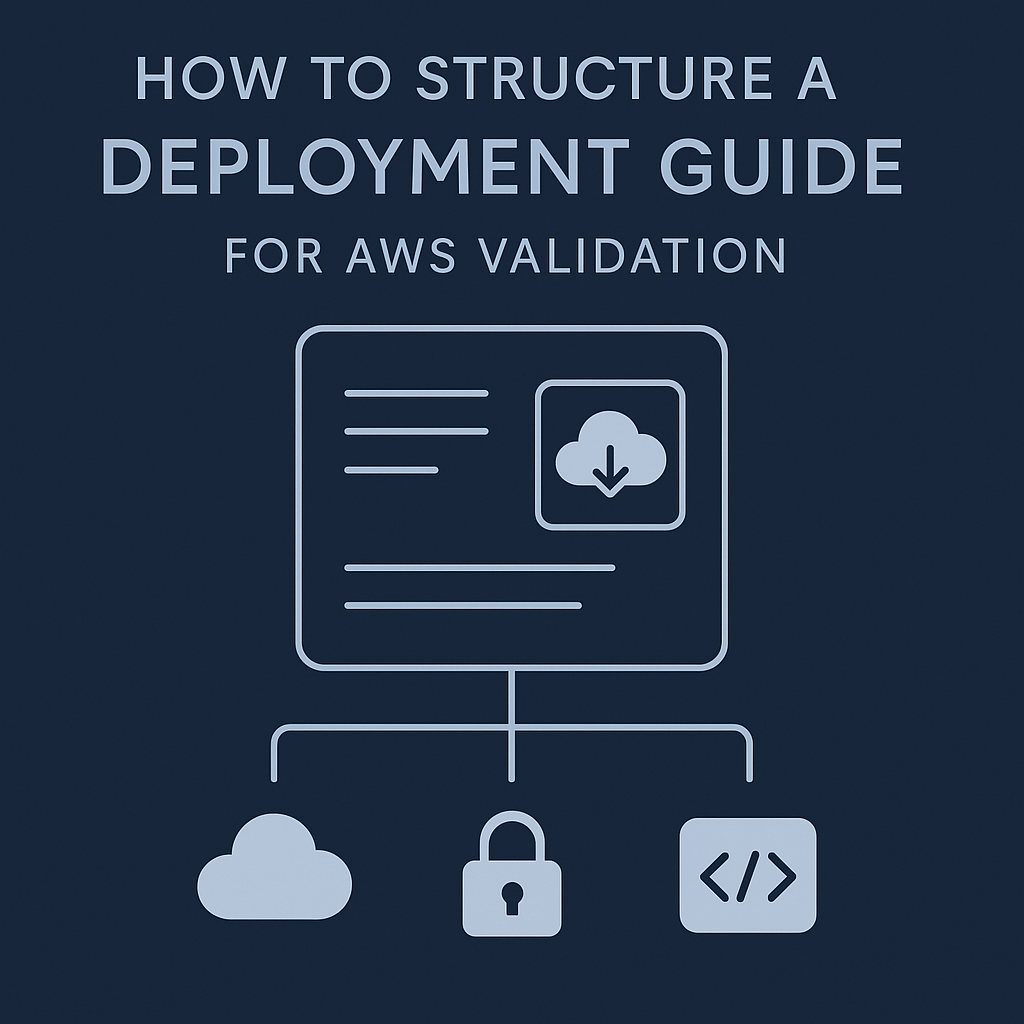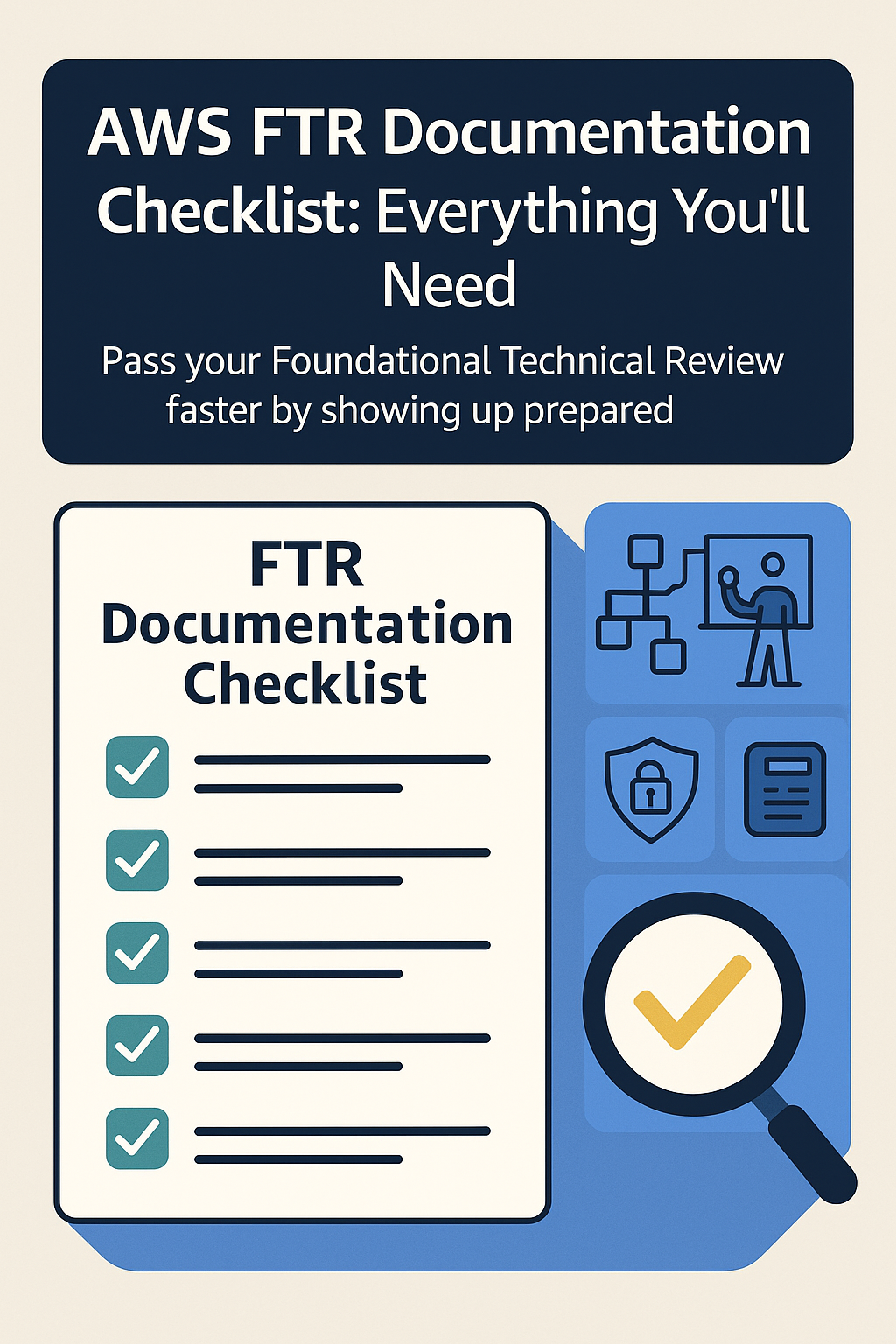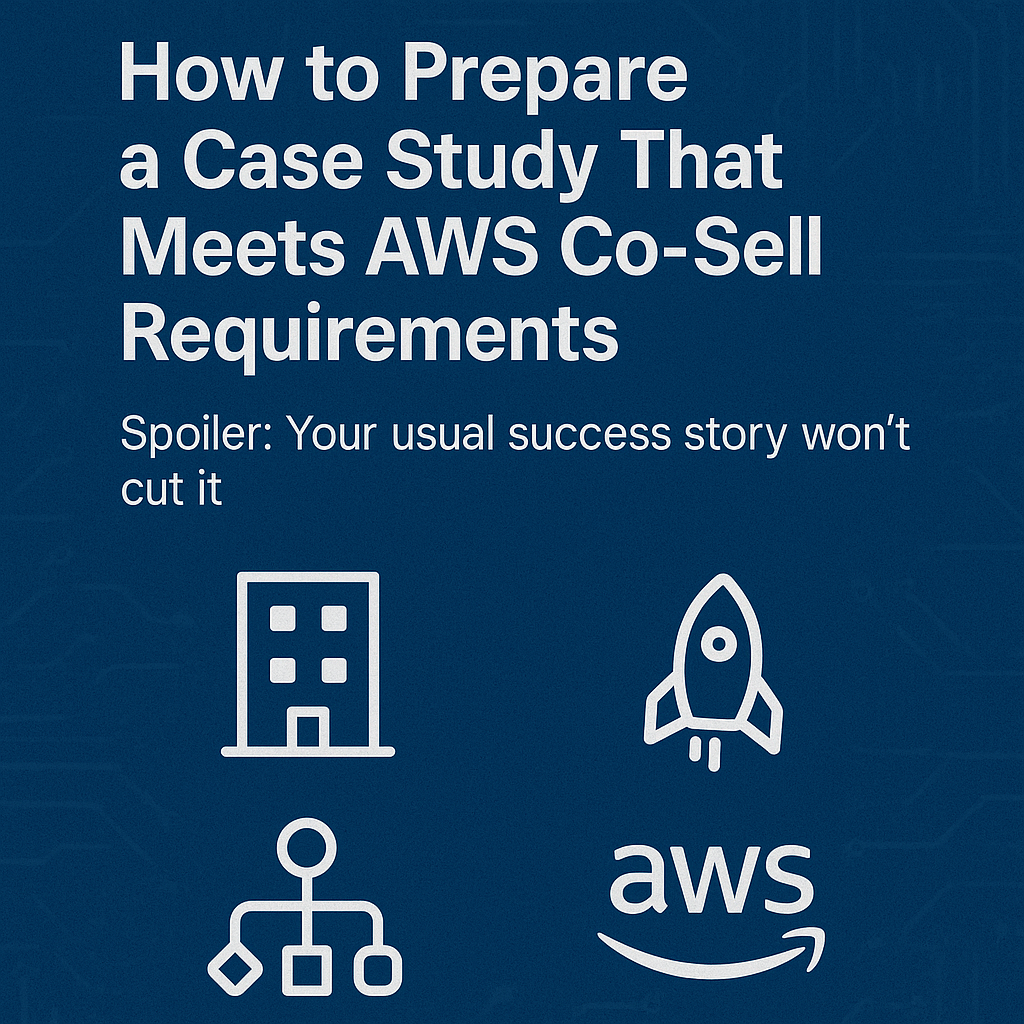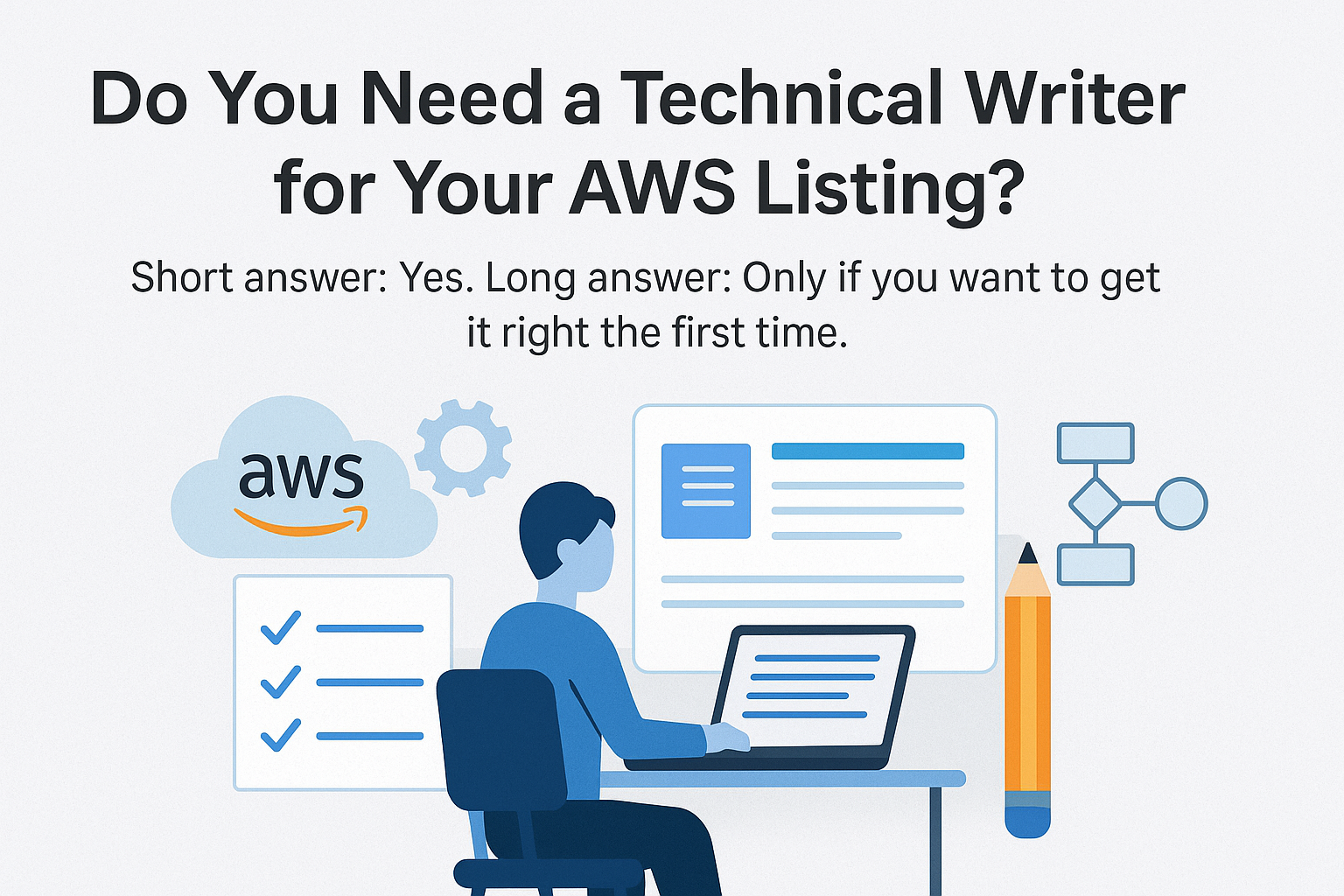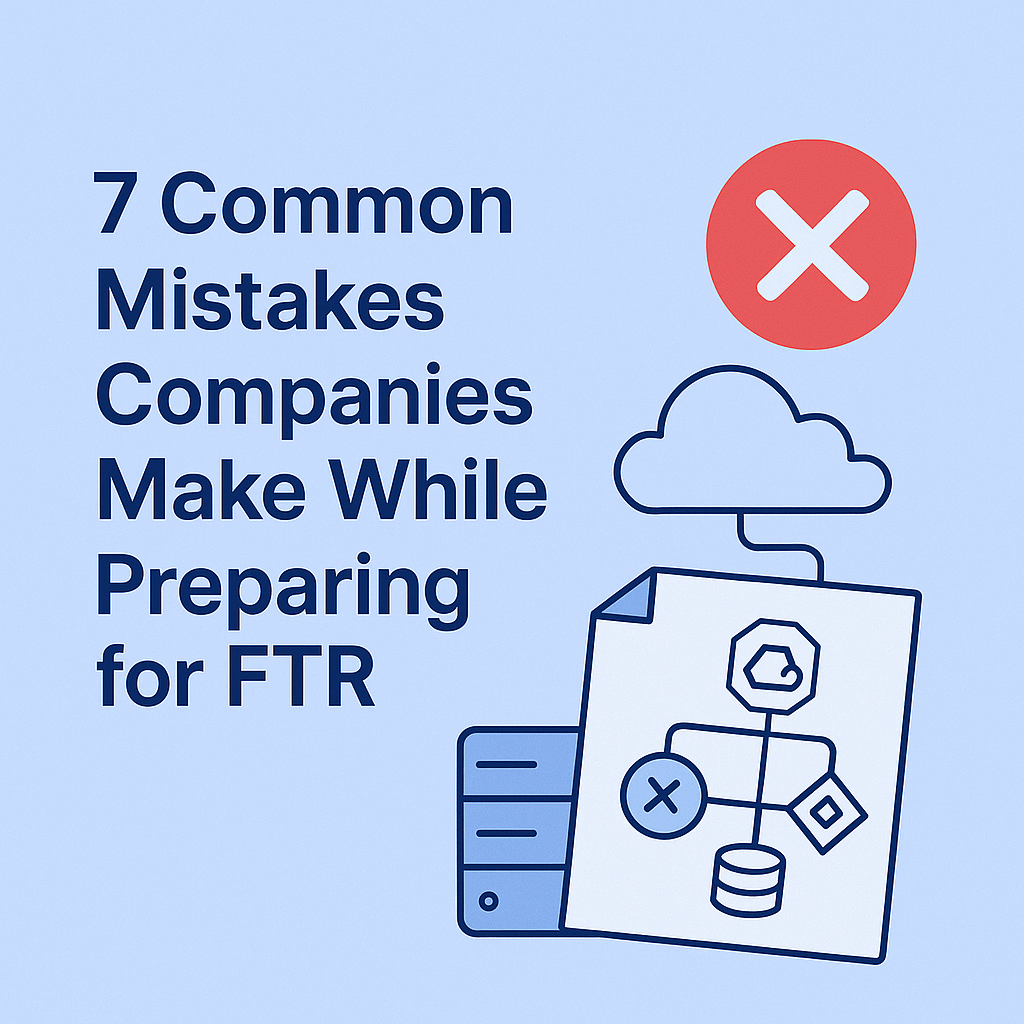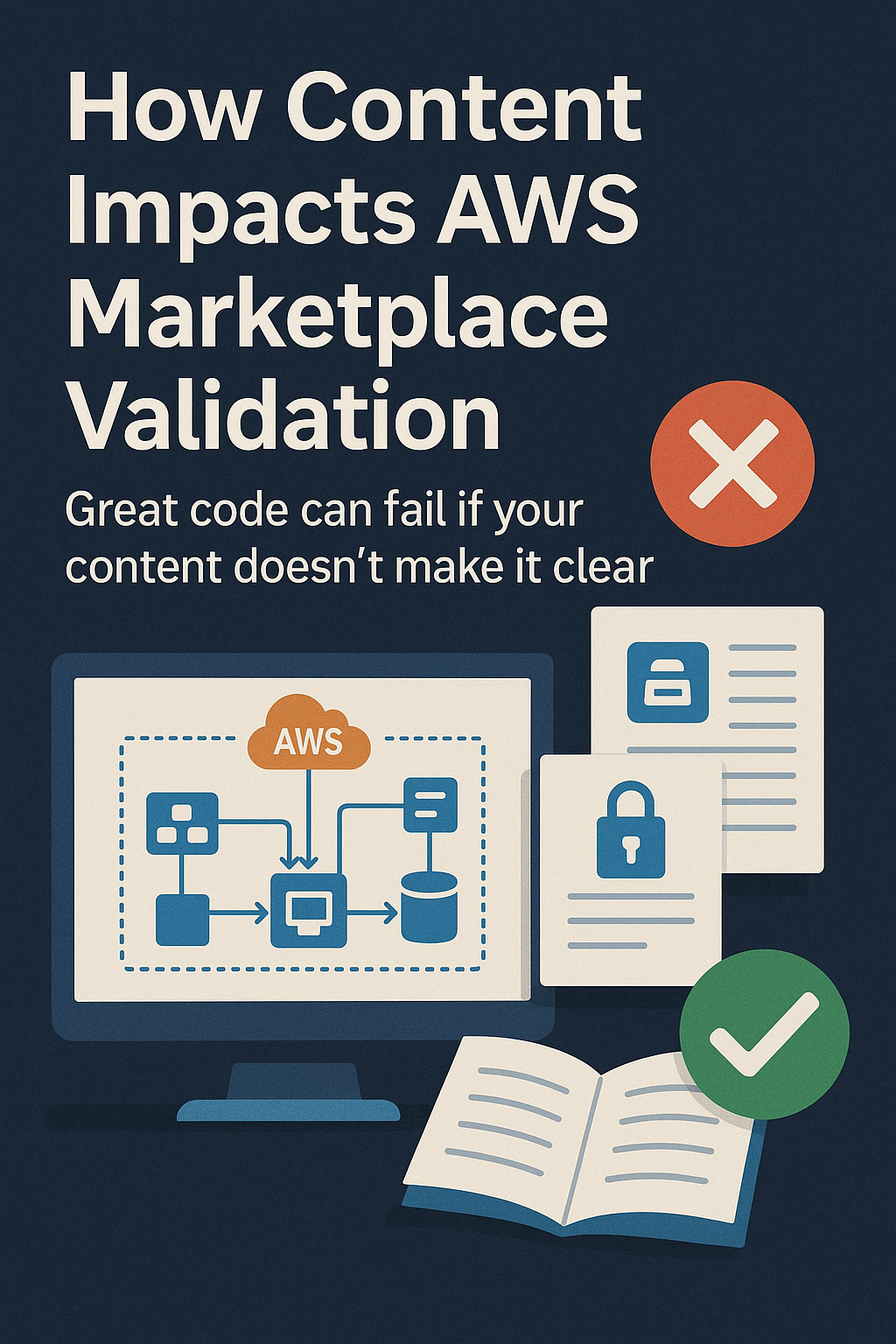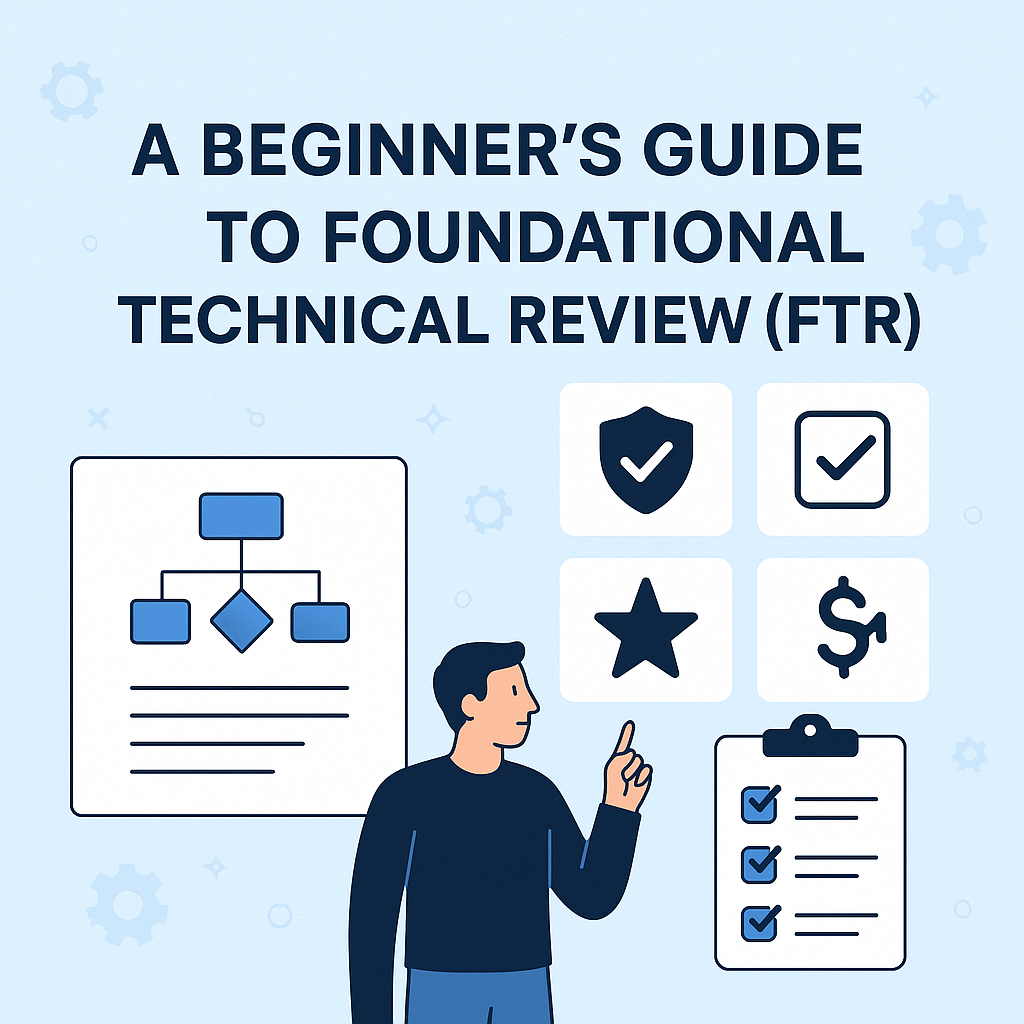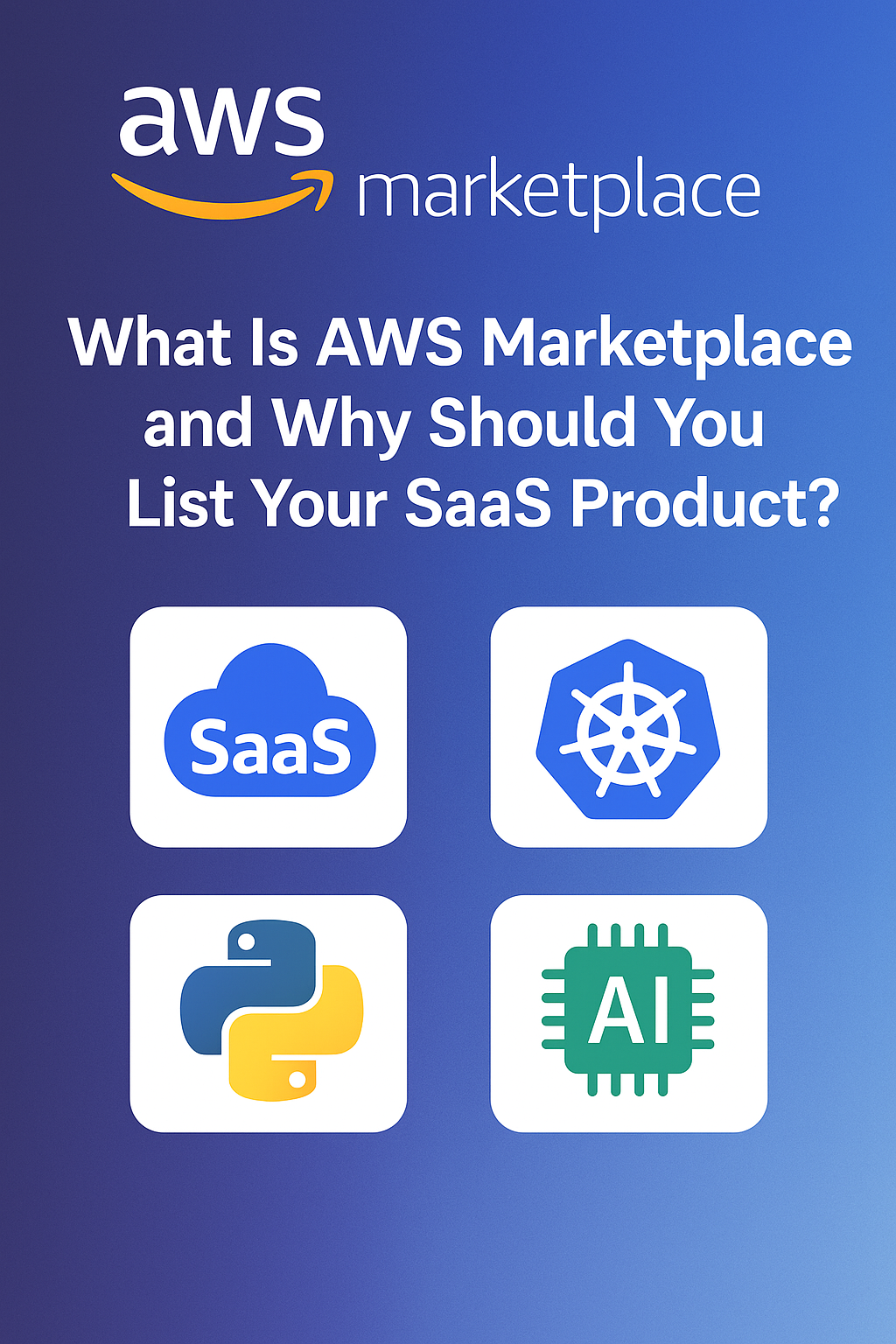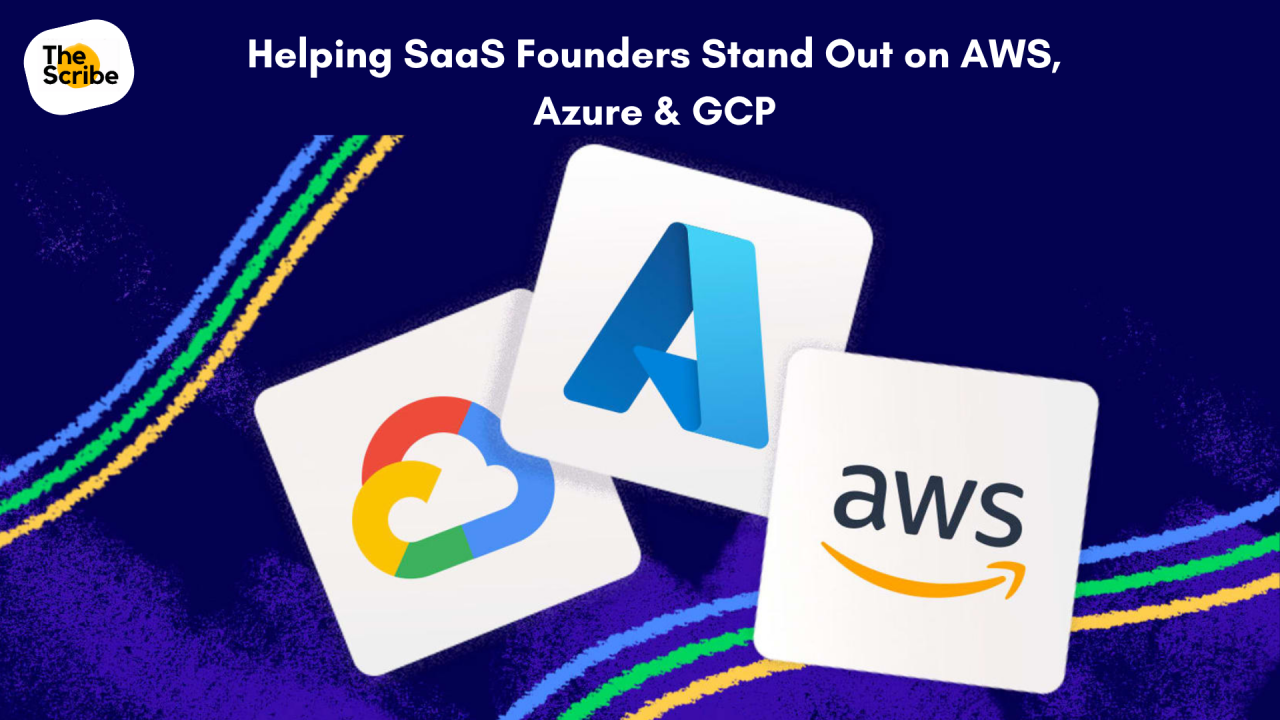Success isn’t luck, it’s strategy, structure, and consistency.
Introduction
There are thousands of products listed on AWS Marketplace.
Most sit idle. A handful generate steady leads.
And then there’s the top 1% the listings that attract buyers, convert them into opportunities, and fuel ongoing Co-Sell motion with AWS.
So, what makes these high-performing listings different?
It’s not just their product. It’s how they structure, position, and activate their listing as a GTM engine.
Here are the five traits that set them apart.
1. They Write for Buyers, Not Reviewers
Most vendors stop at “good enough to get approved.”
The best listings go further: they’re written like landing pages; clear, outcome-driven, and buyer-centric.
They:
- Lead with the problem solved, not features.
- Include industry-specific examples (healthcare, fintech, security).
- Use language that AWS sellers can easily repeat to customers.
Example:
“A next-gen data pipeline platform”
“Deploy a HIPAA-compliant, AWS-native ETL pipeline for healthcare providers in under 30 minutes.”
2. They Include Proof, Not Just Promises
High-performing listings don’t just explain, they prove.
They embed:
- Case studies with named customers and measurable outcomes.
- Reference architectures that map directly to AWS services.
- Business outcomes in numbers (“cut costs by 30%,” “reduced latency by 60%”).
Why? Because AWS buyers (and sellers) need confidence that the solution is already working for someone like them.
3. They Offer Multiple Buying Paths
Average listings have one pricing model.
Top 1% listings offer choice without friction.
- Public SaaS contract for self-serve buyers
- Private Offers for enterprise negotiation
- CPPO for channel-driven deals
- POC or pilot packages for evaluation
This flexibility allows different buyer personas, startup devs, procurement teams, or enterprise CTOs to engage on their terms.
4. They Enable AWS Sellers
Top listings don’t wait for AWS sellers to discover them. They show up ready.
They provide Partner Managers and Account Executives with:
- A one-pager deck
- Customer-ready case studies
- A Co-Sell narrative that maps to AWS GTM priorities (e.g., AI/ML, modernization, security)
Result: AWS sellers know exactly when and how to recommend them in customer conversations.
5. They Keep Listings Fresh
Most vendors create their listing once and never touch it again.
The top performers treat Marketplace content as a living asset:
- Updating keywords quarterly for better internal SEO
- Refreshing case studies with new customers
- Adding industry tags as they expand into new verticals
- Optimizing copy based on campaign feedback
AWS rewards freshness with better visibility. Buyers reward it with trust.
Bonus: They Integrate Marketplace Into Their GTM
Top 1% listings aren’t isolated. They’re embedded into the vendor’s GTM engine:
- Website CTAs → “Buy on AWS Marketplace”
- Outbound SDR scripts → “Skip procurement, buy via AWS”
- Webinars & events → “Available via AWS Marketplace”
- Customer success flows → “Renew via Marketplace”
They don’t see Marketplace as an endpoint; they see it as the conversion path inside their funnel.
Conclusion
If your AWS Marketplace listing isn’t driving leads, look at how the top 1% operate:
- They write for buyers, not just reviewers.
- They back up claims with real proof.
- They offer flexible buying options.
- They enable AWS sellers with Co-Sell-ready assets.
- They keep their listing fresh and GTM-aligned.
Do these five things consistently, and your listing stops being a directory entry.
It becomes a pipeline channel.
Want your listing audited against top 1% benchmarks?
Contact us for more details.
